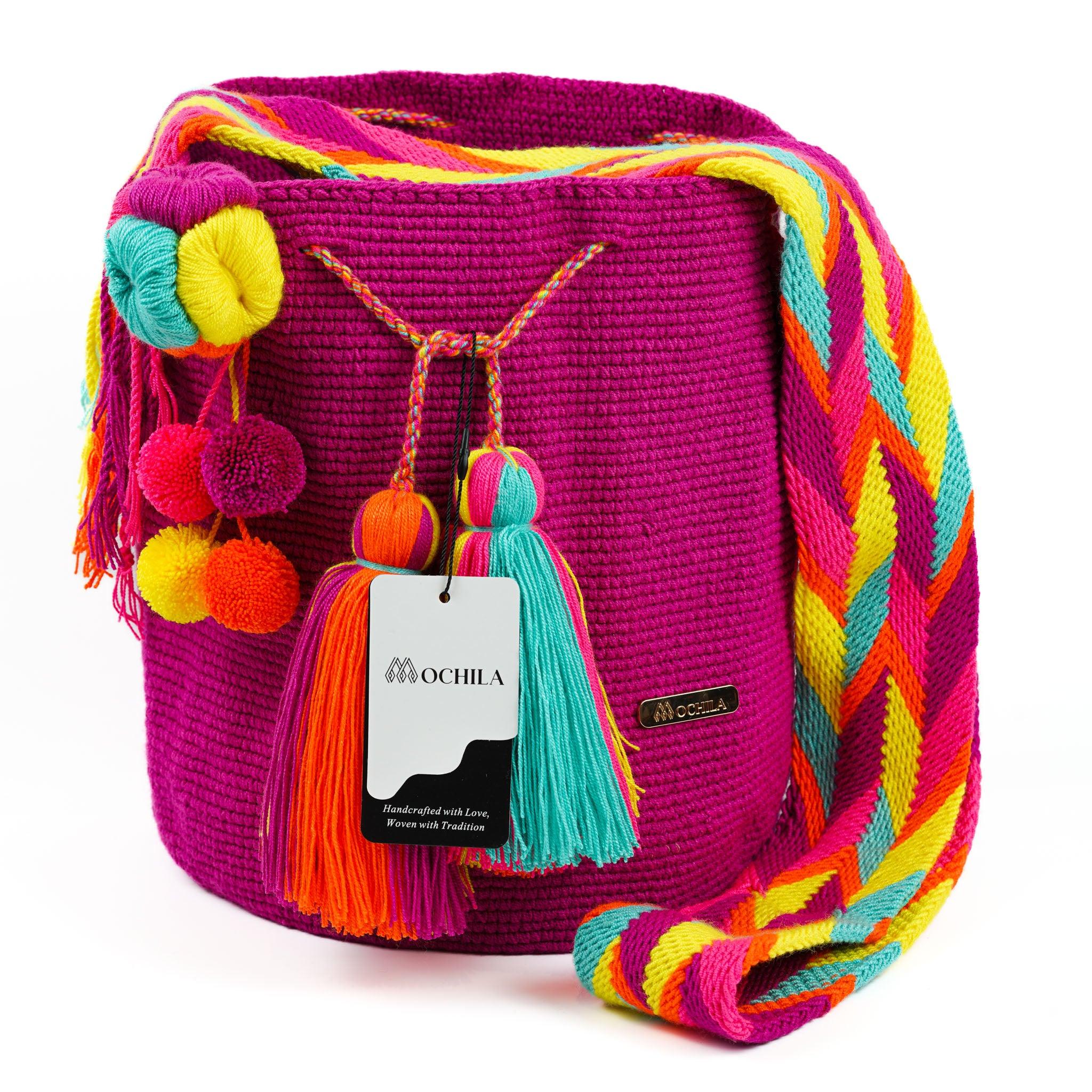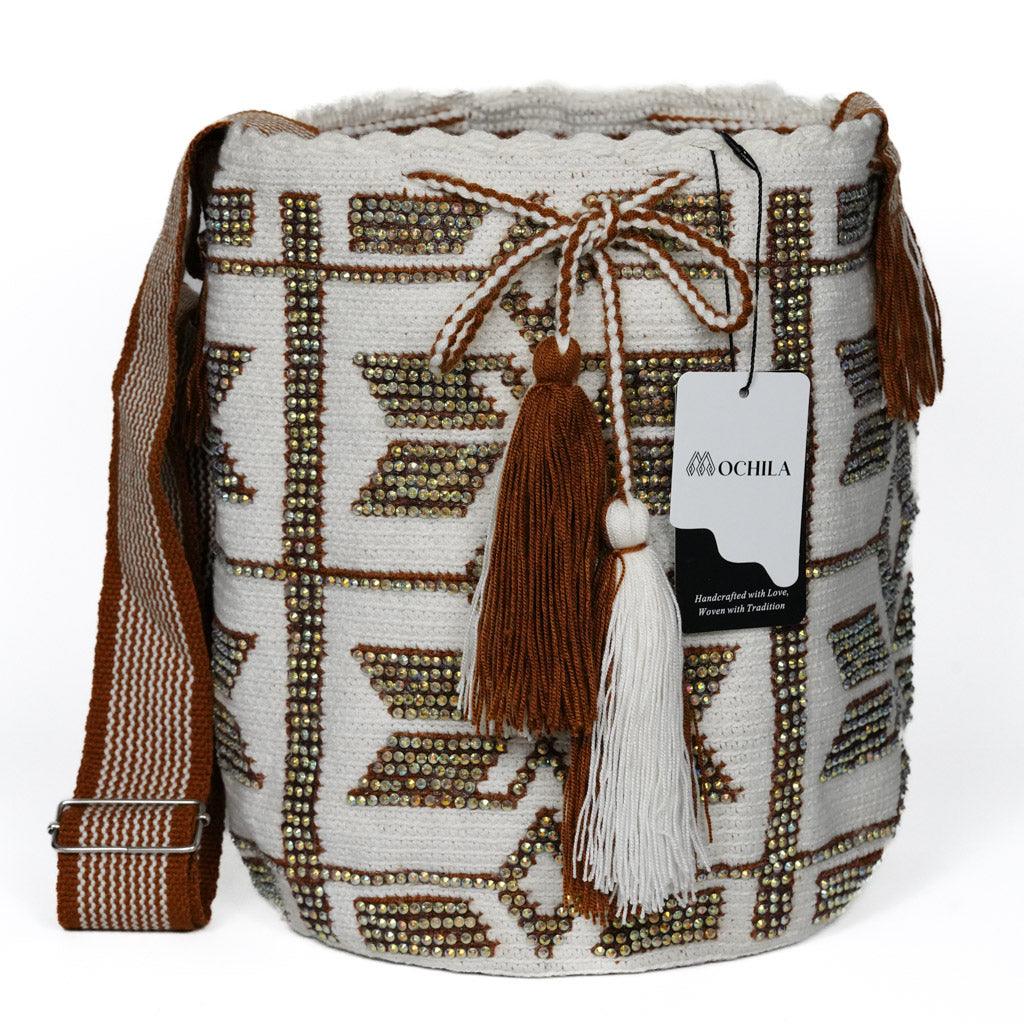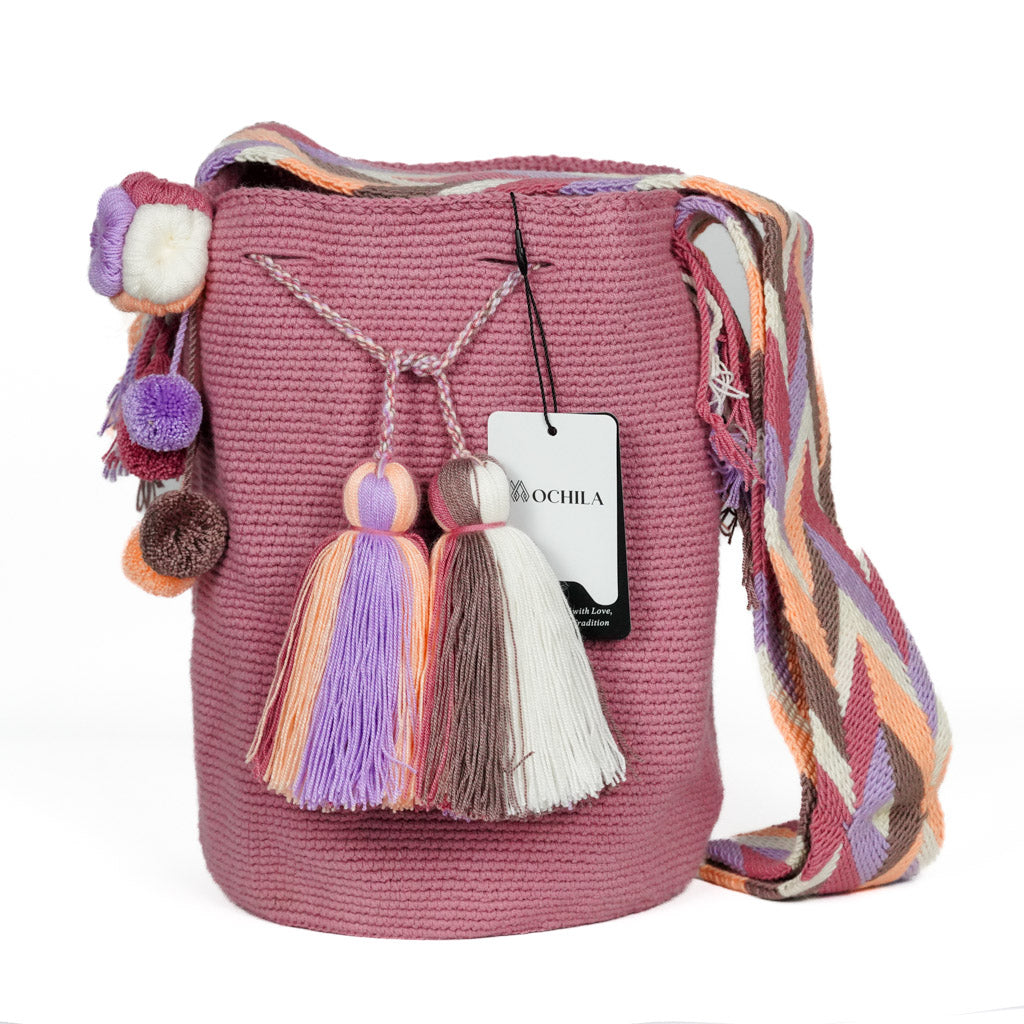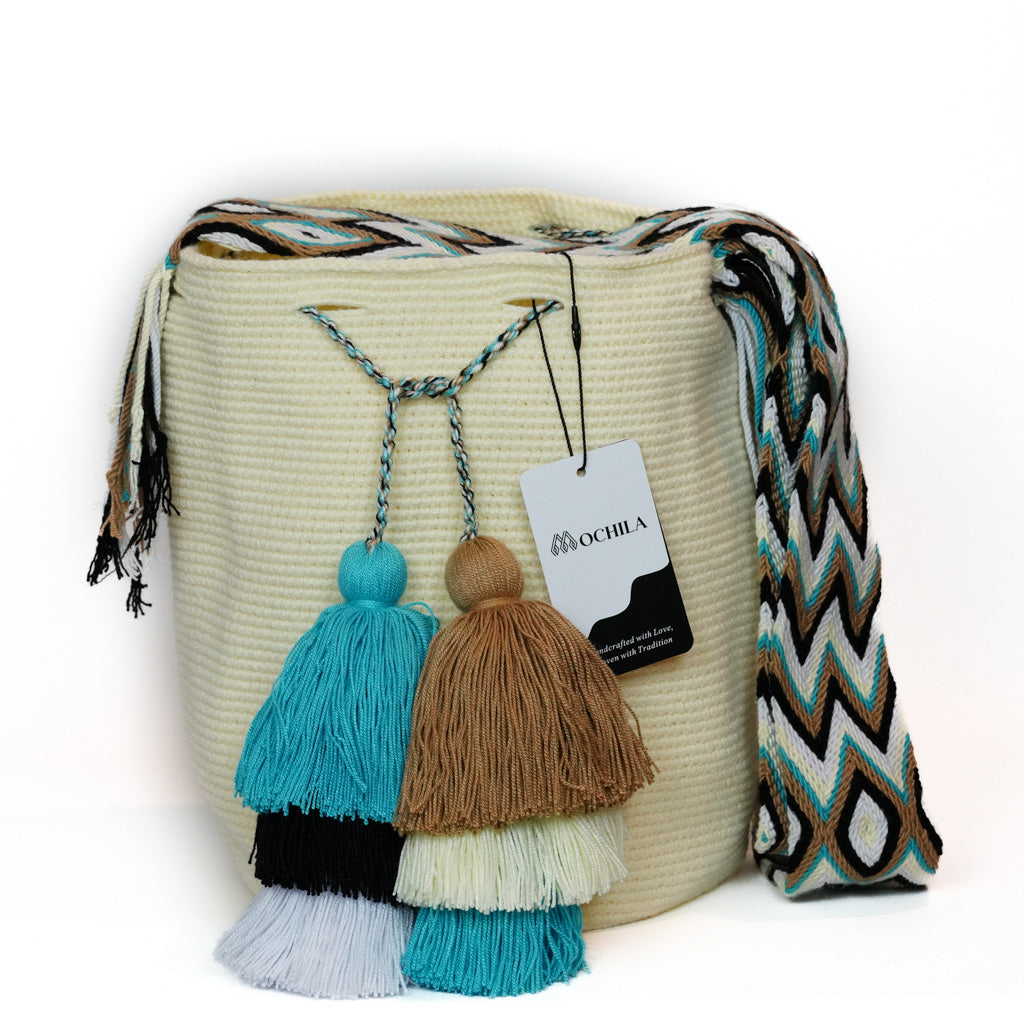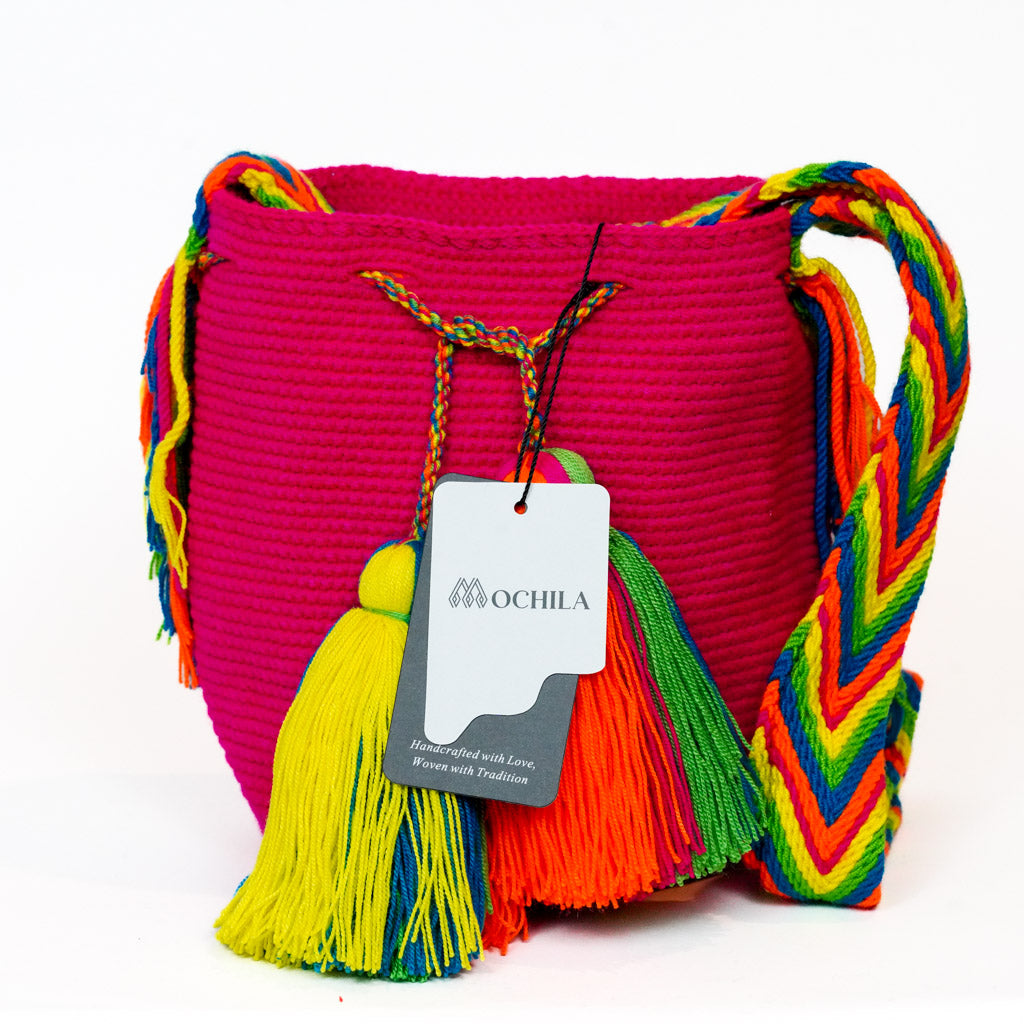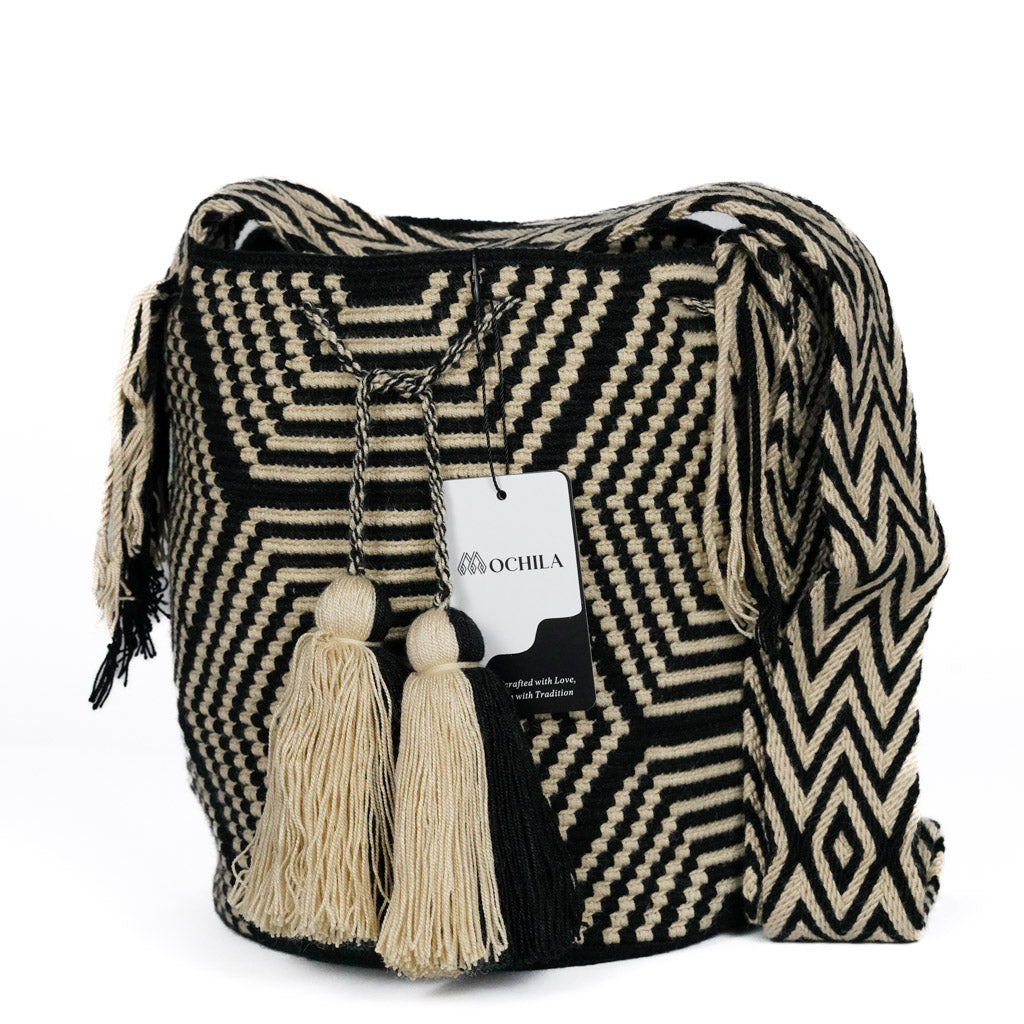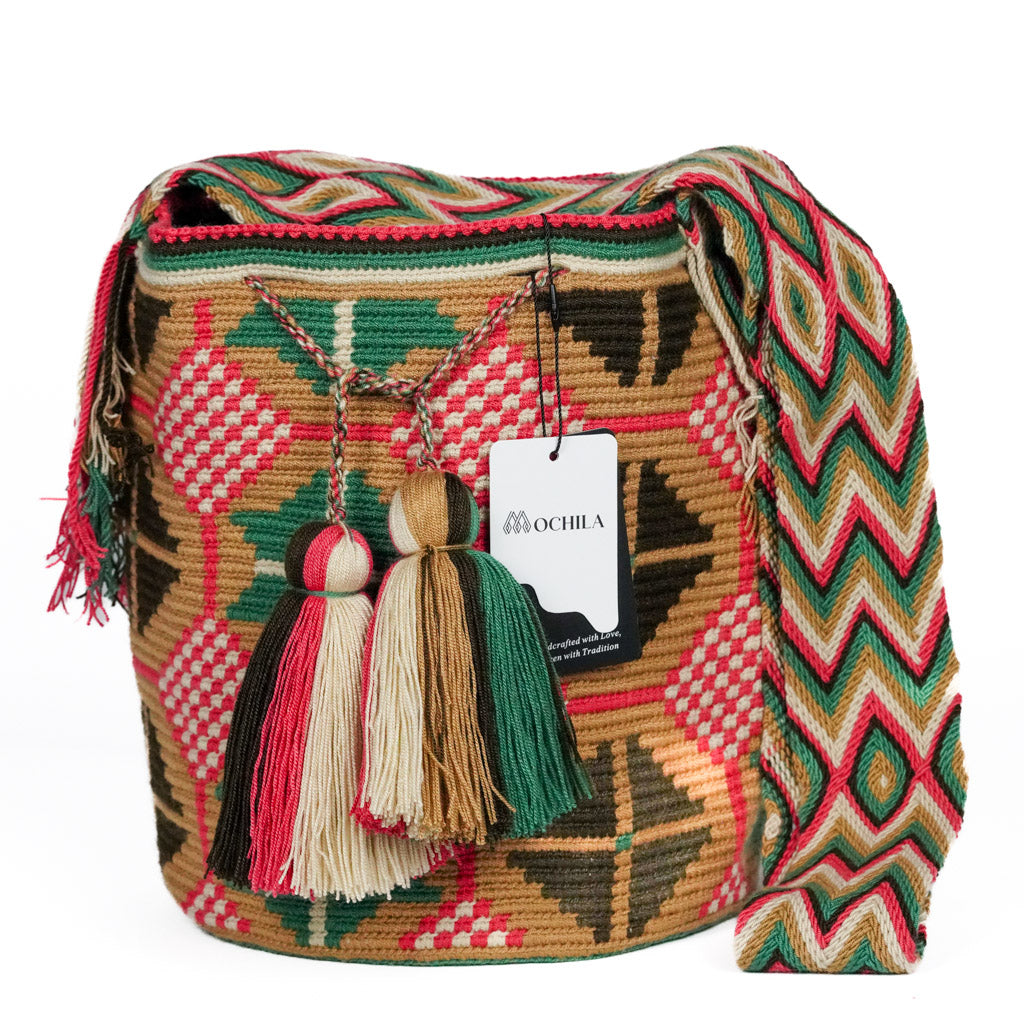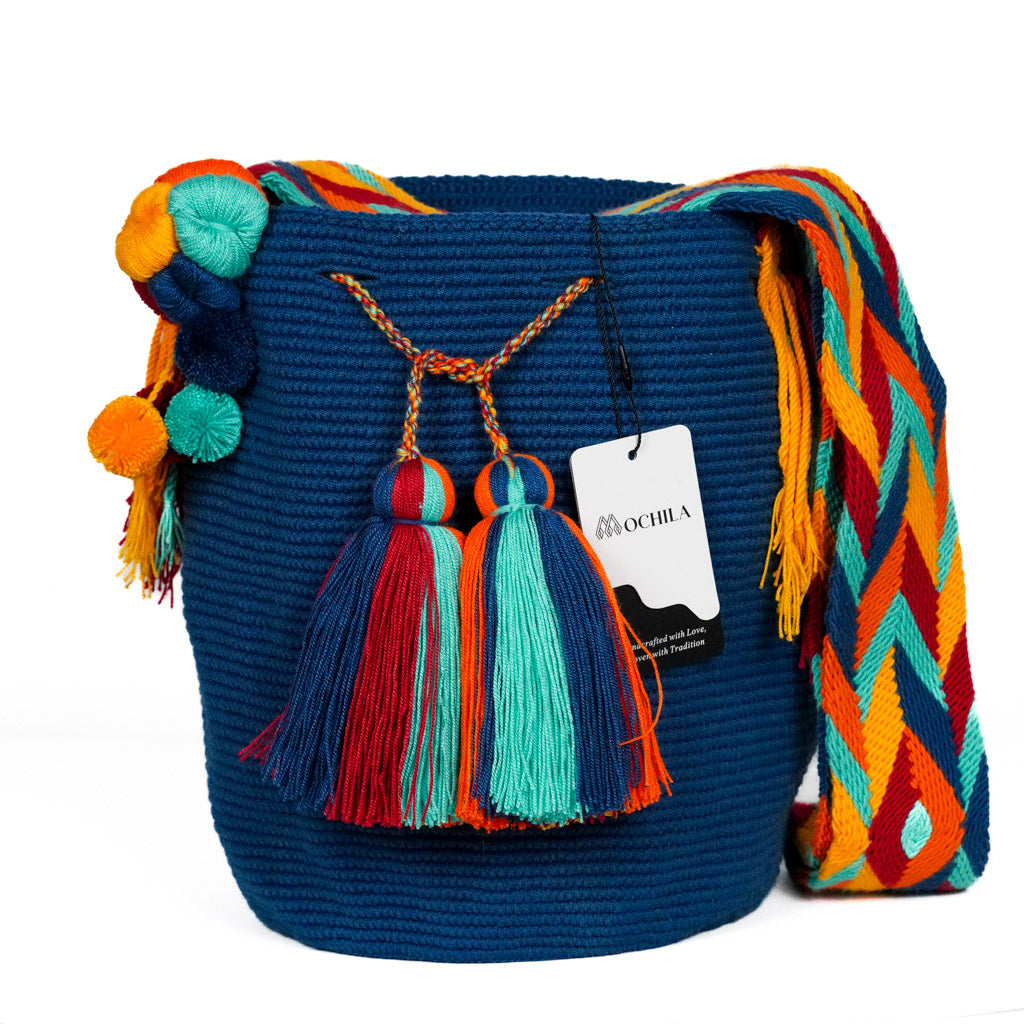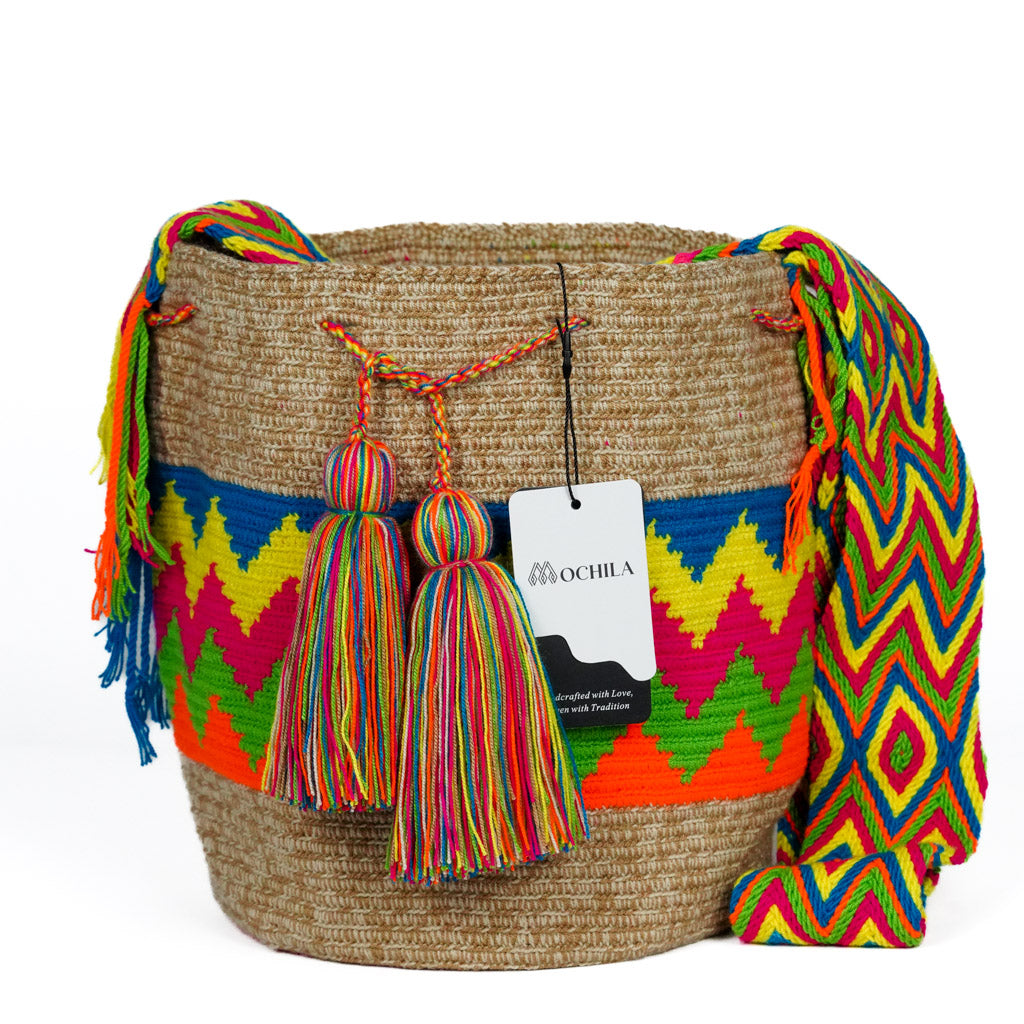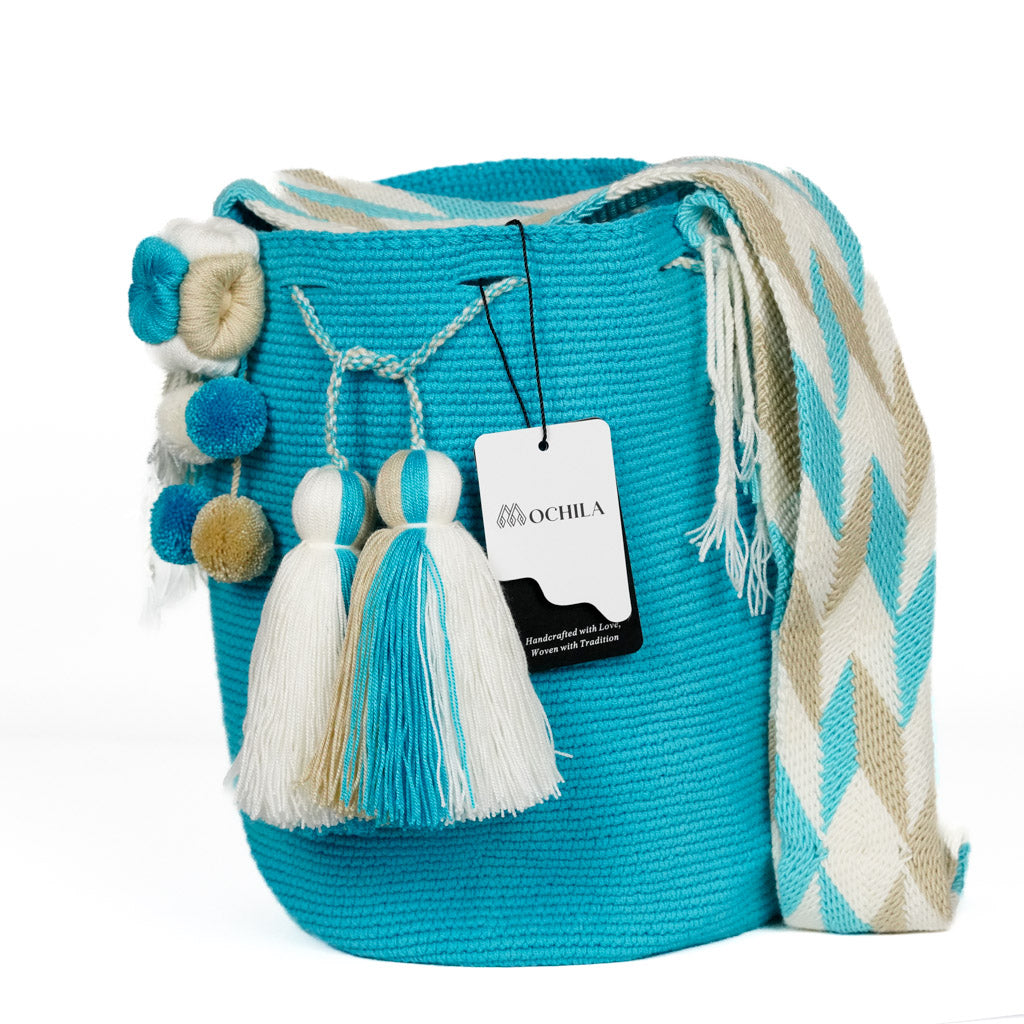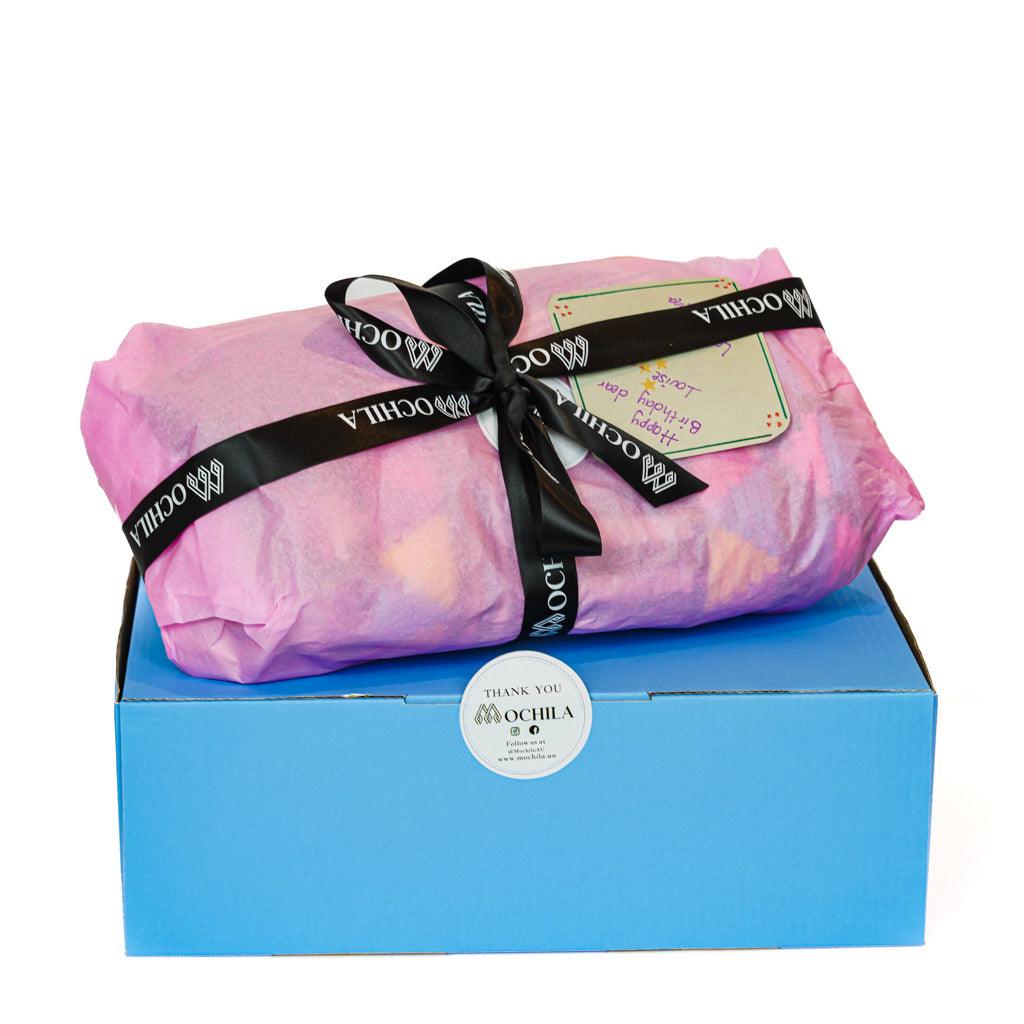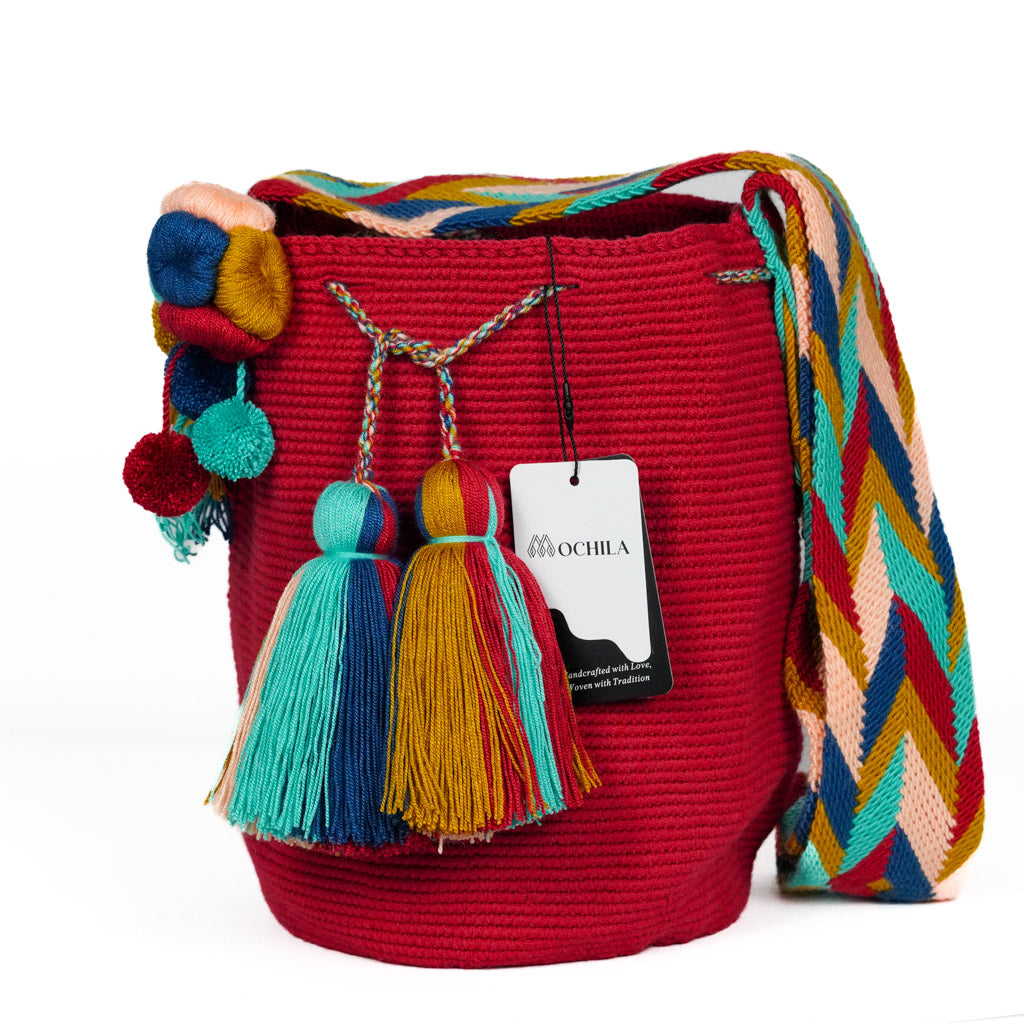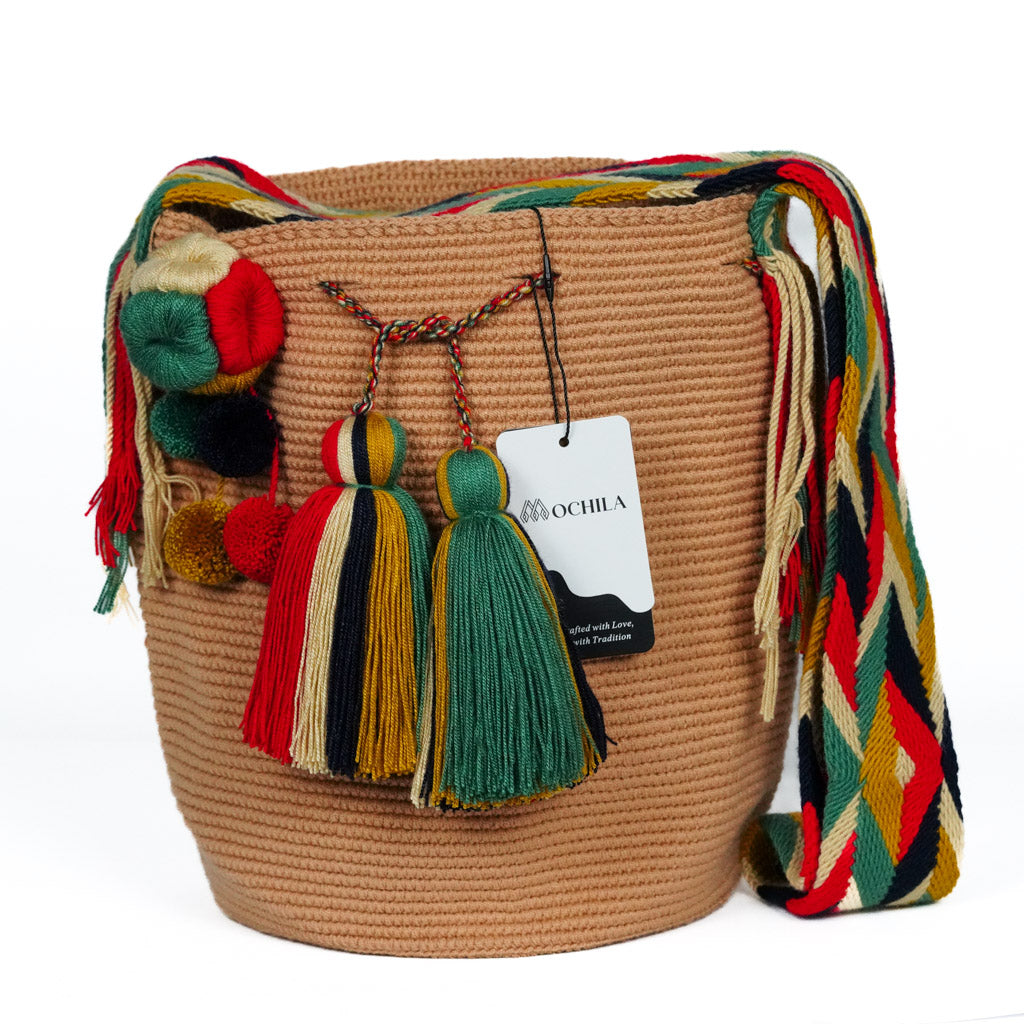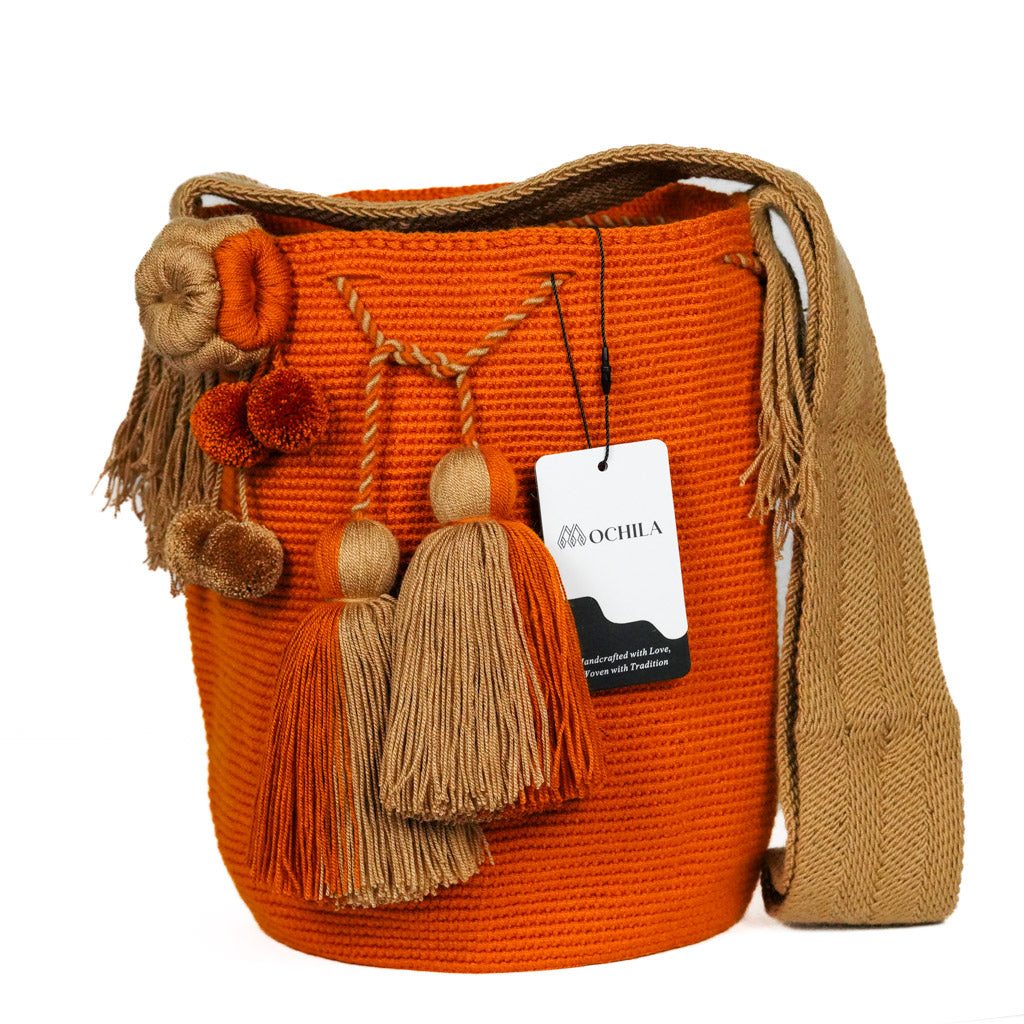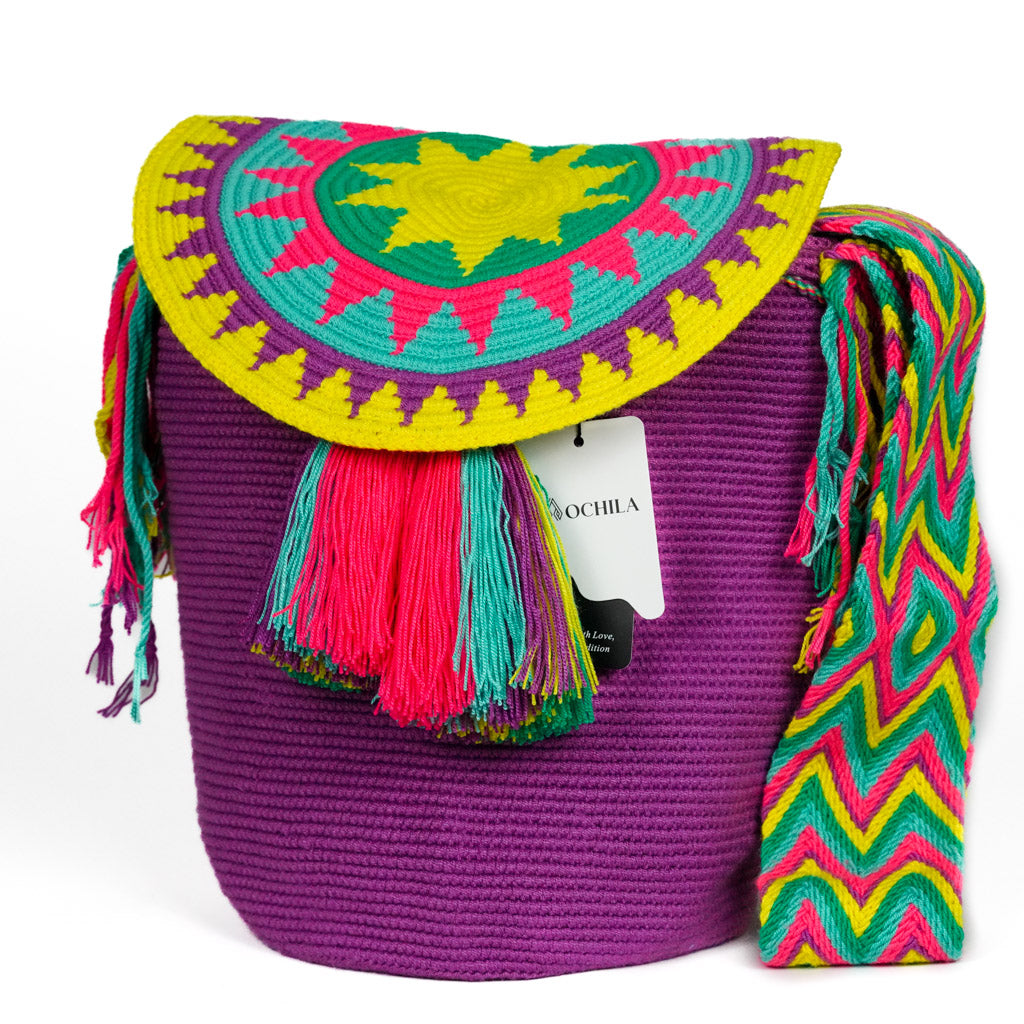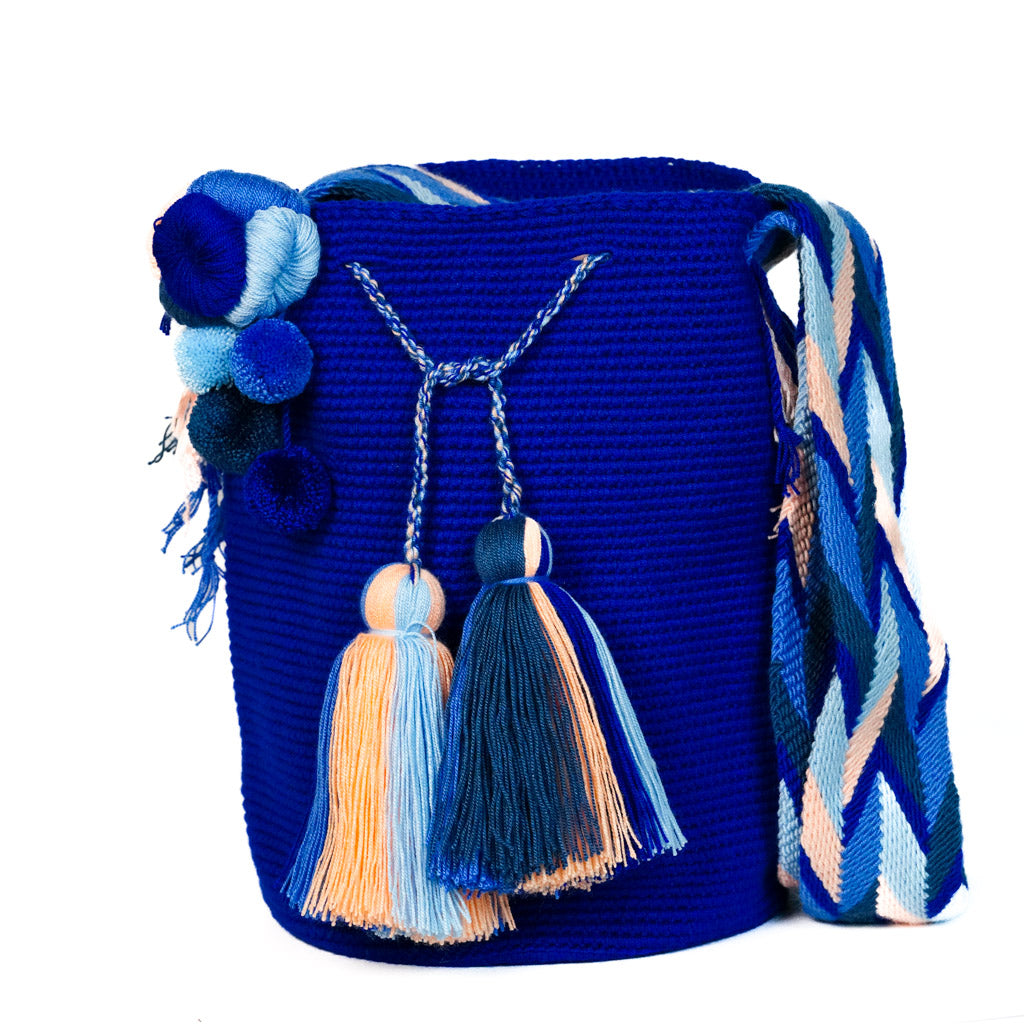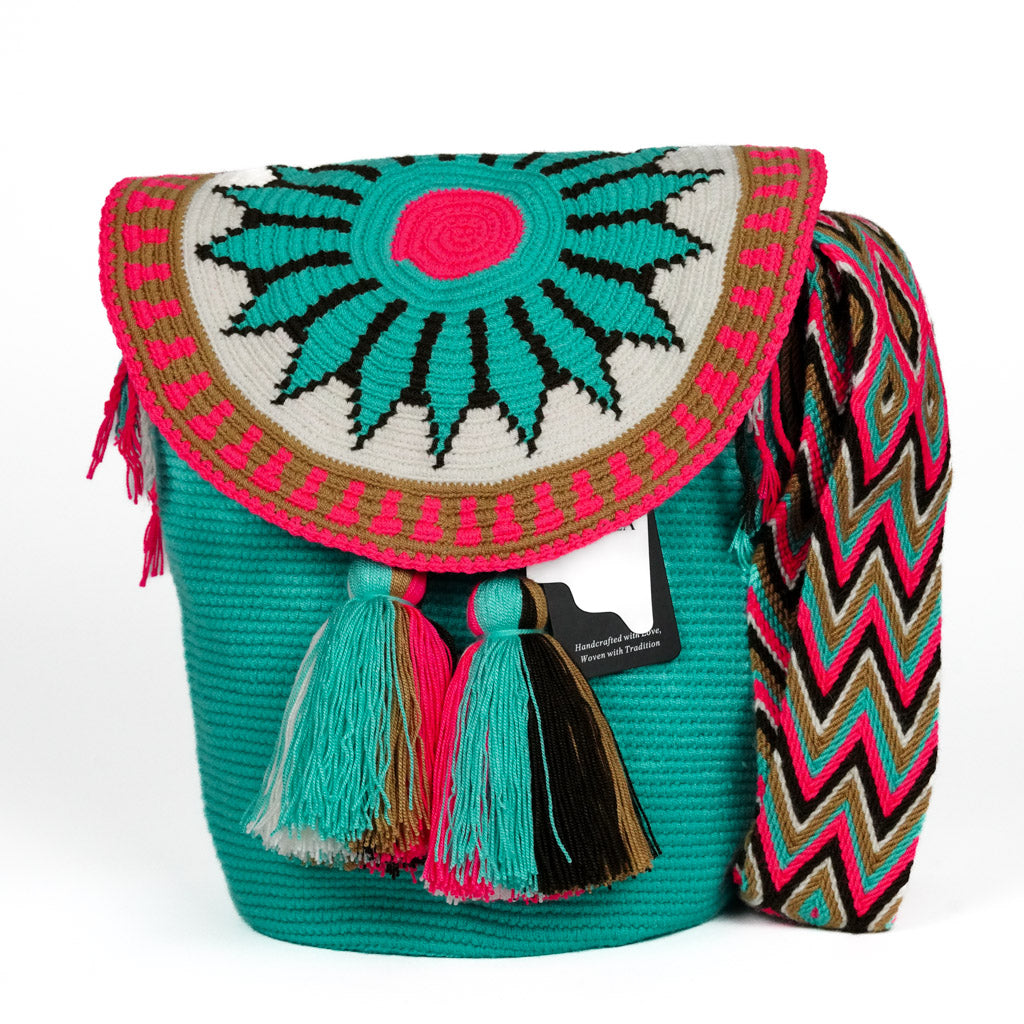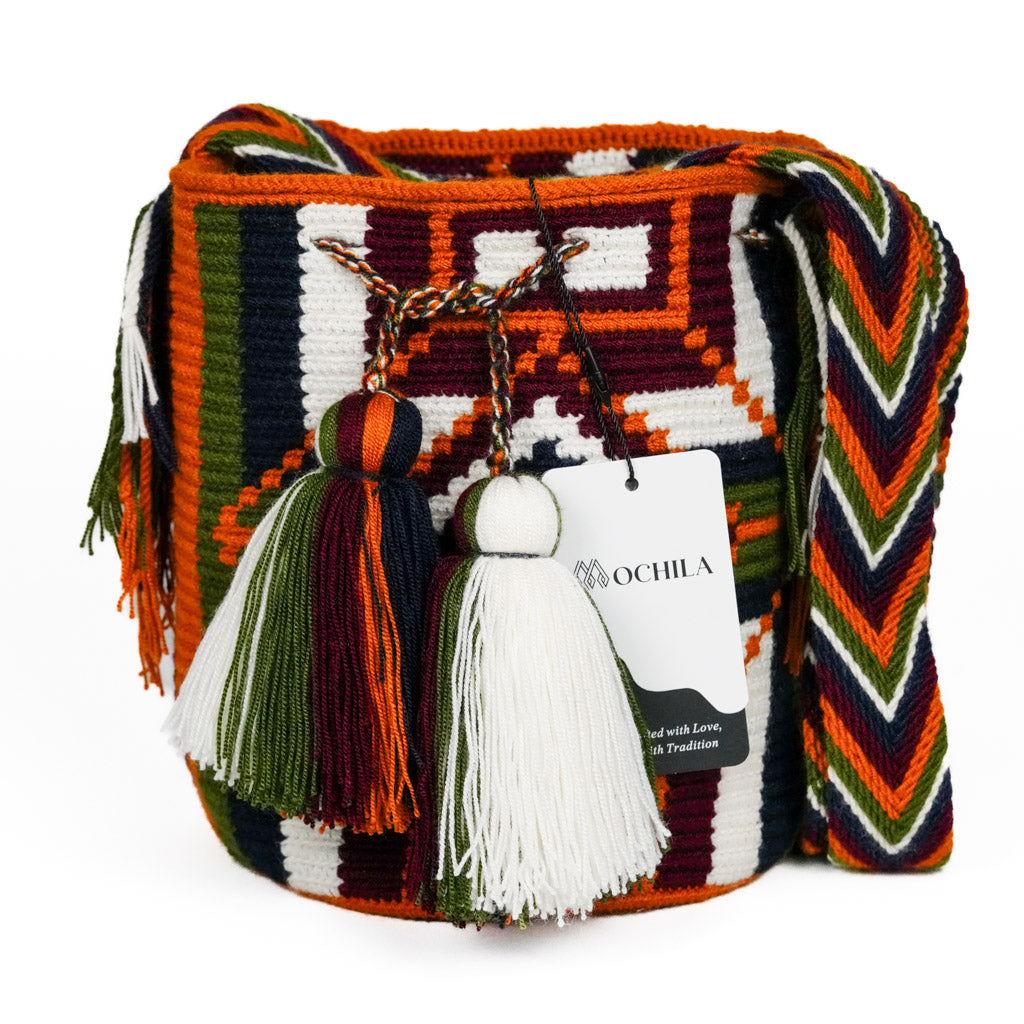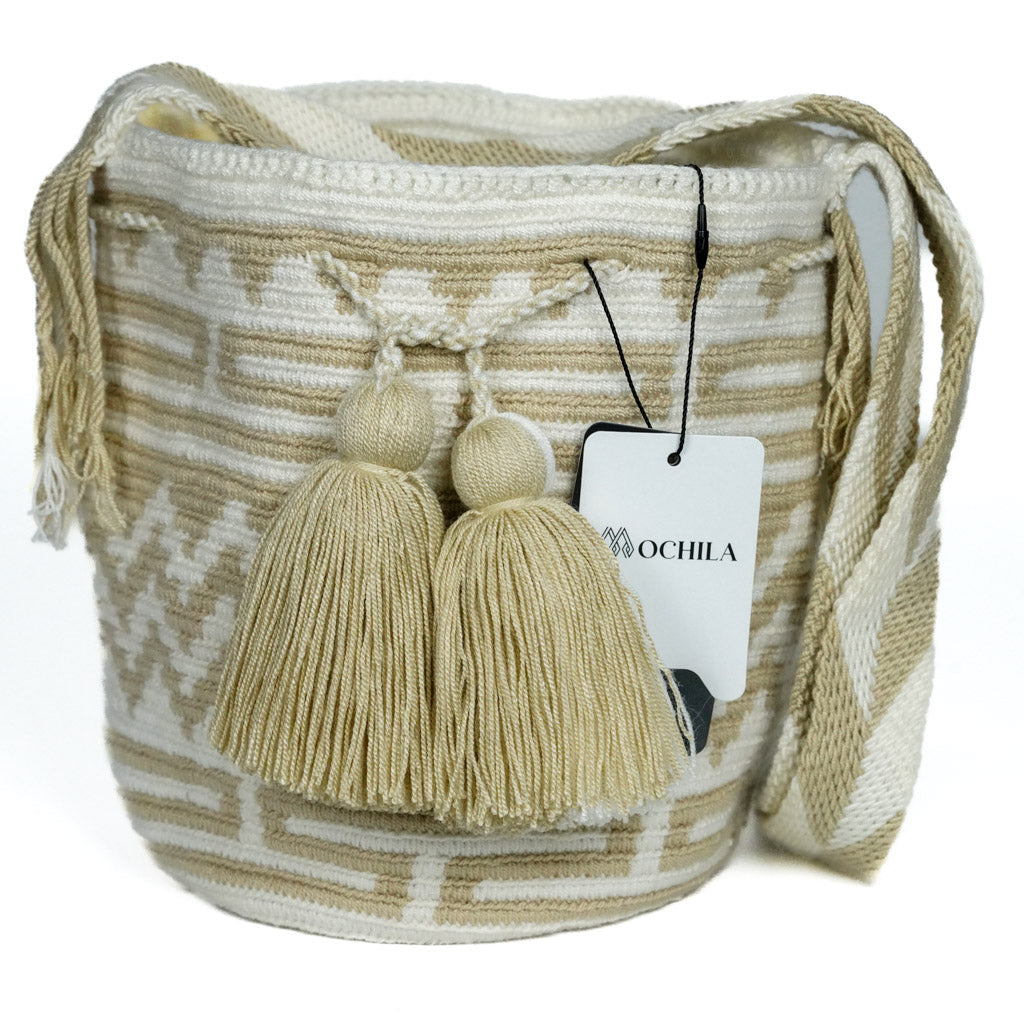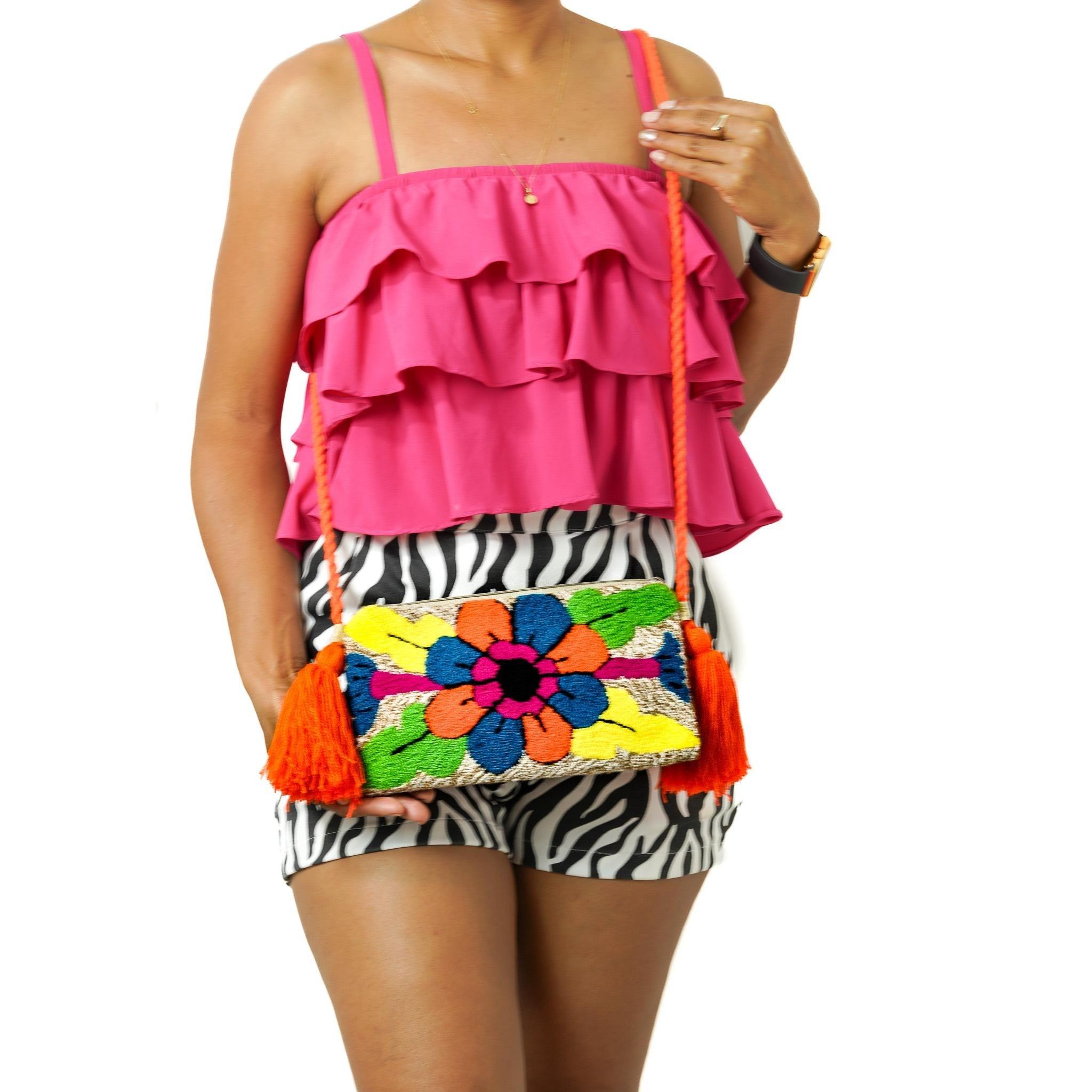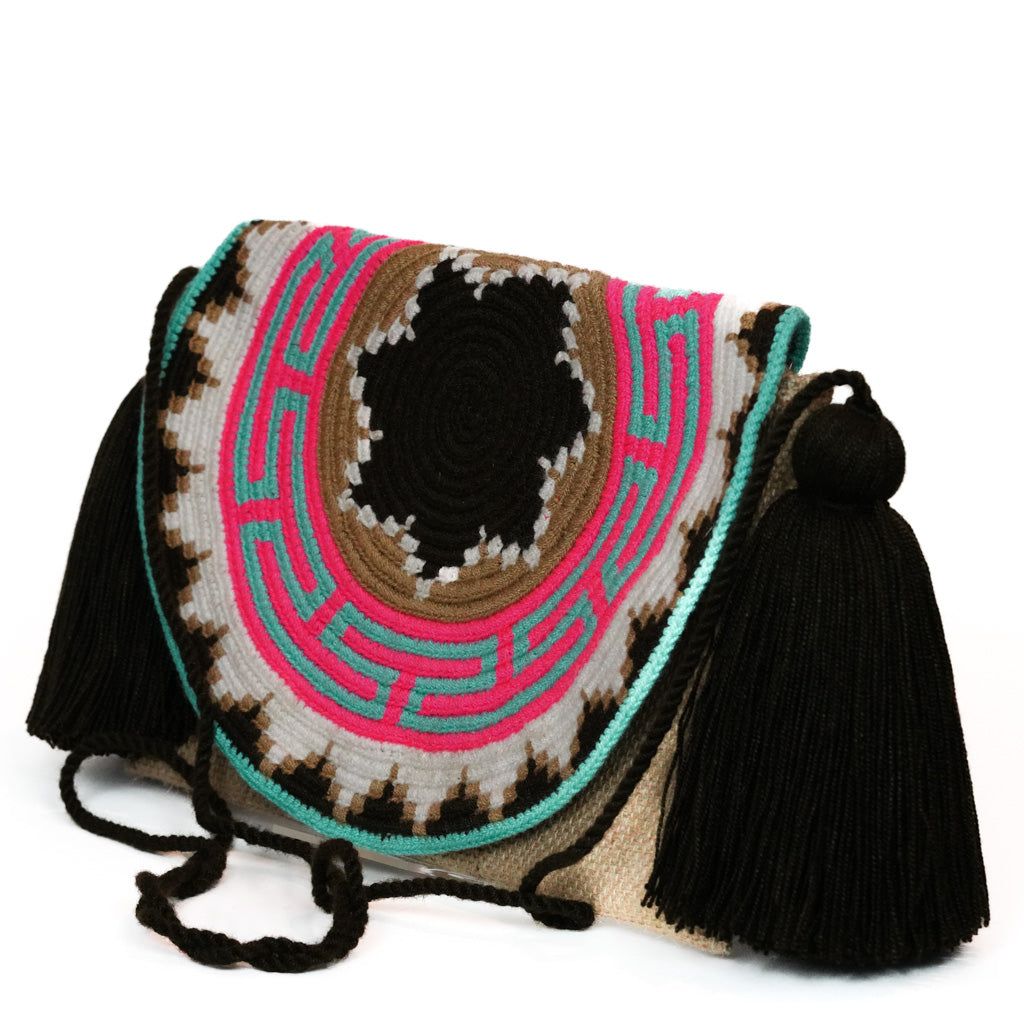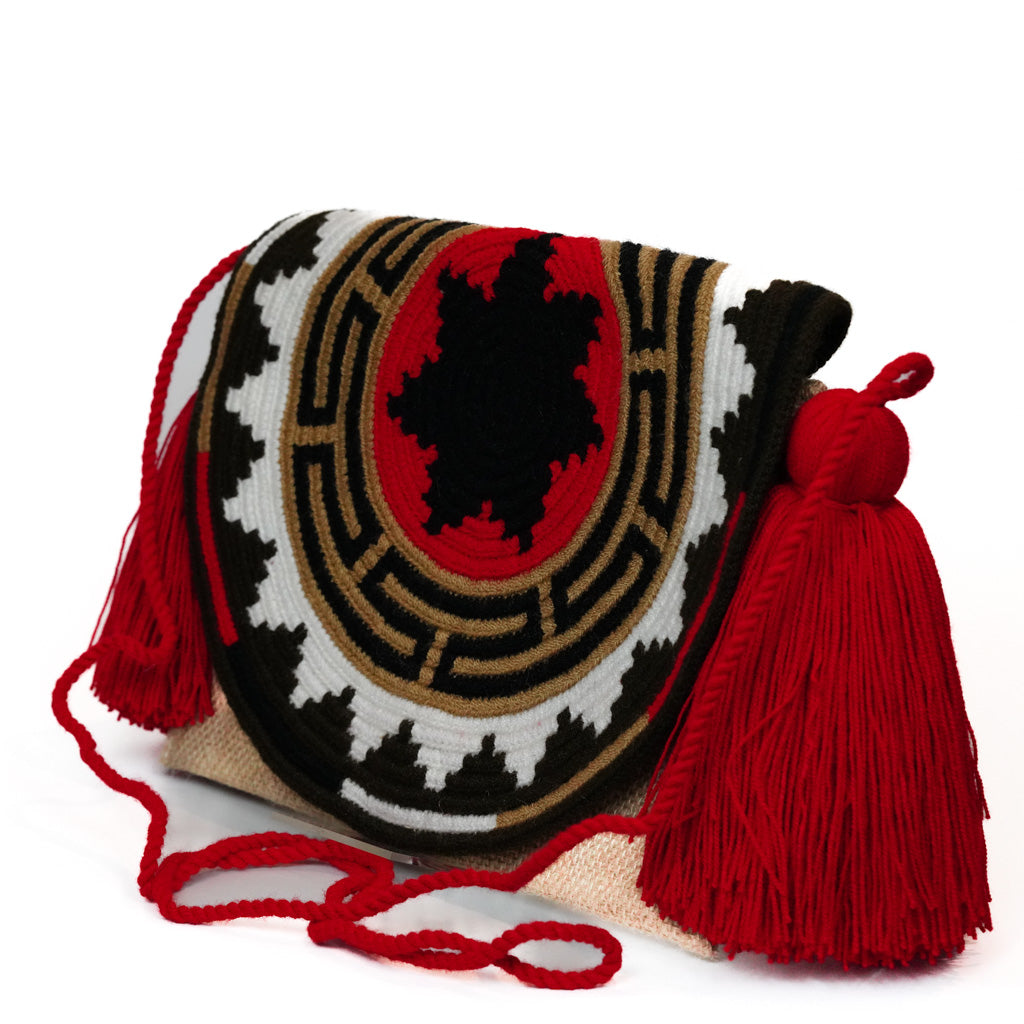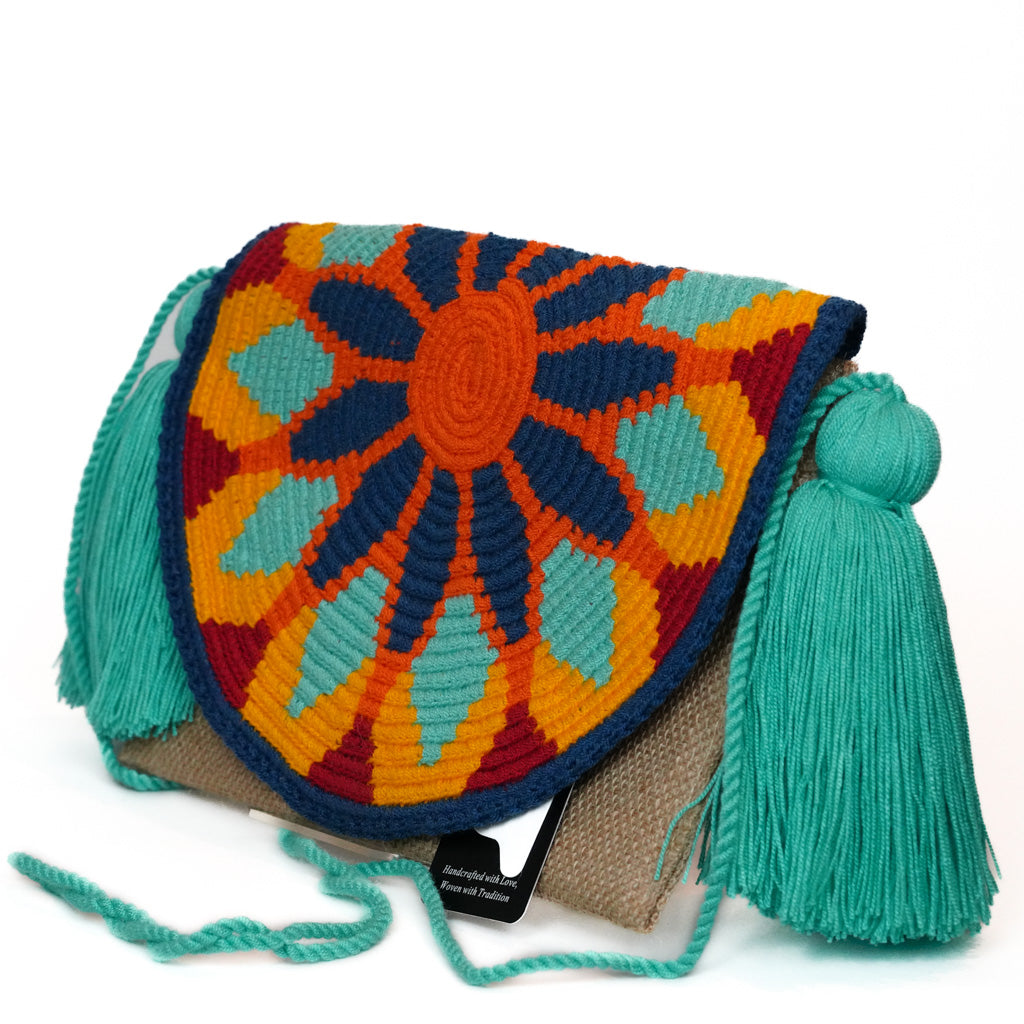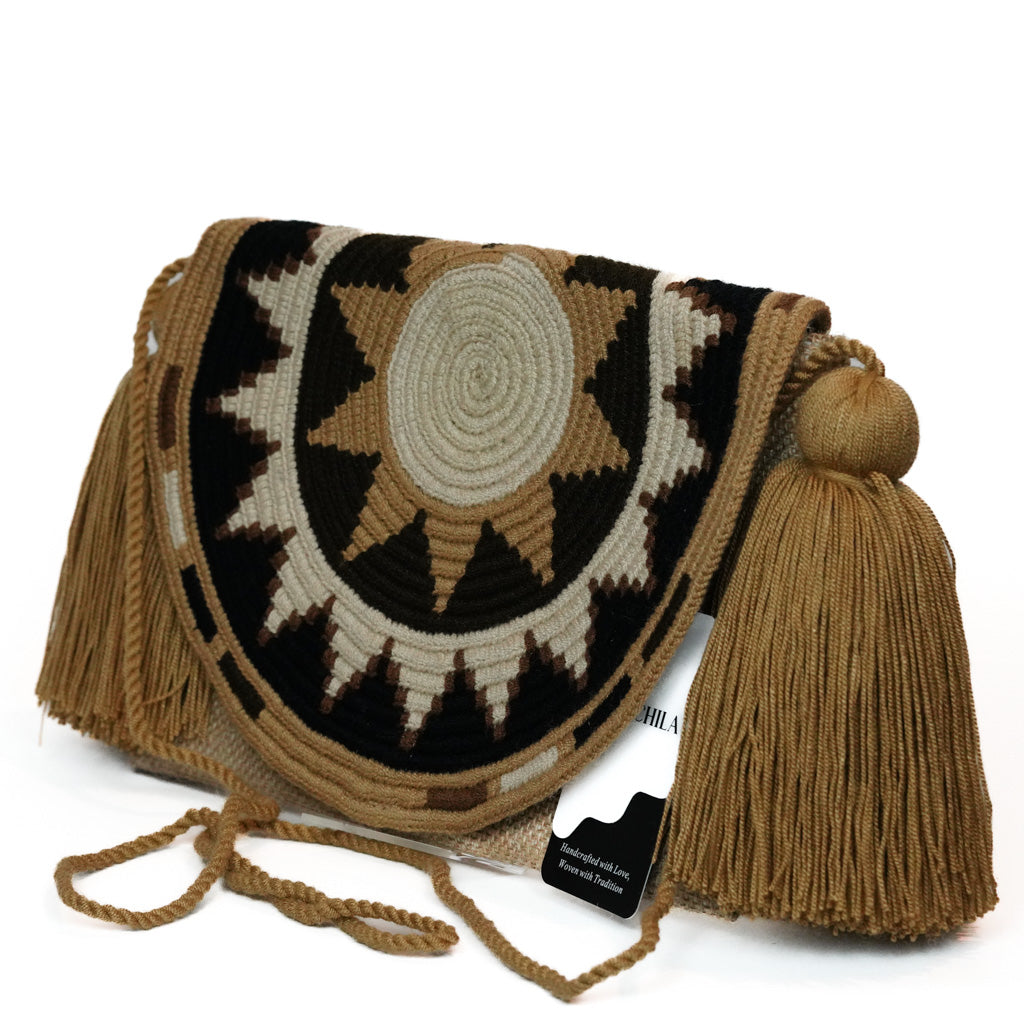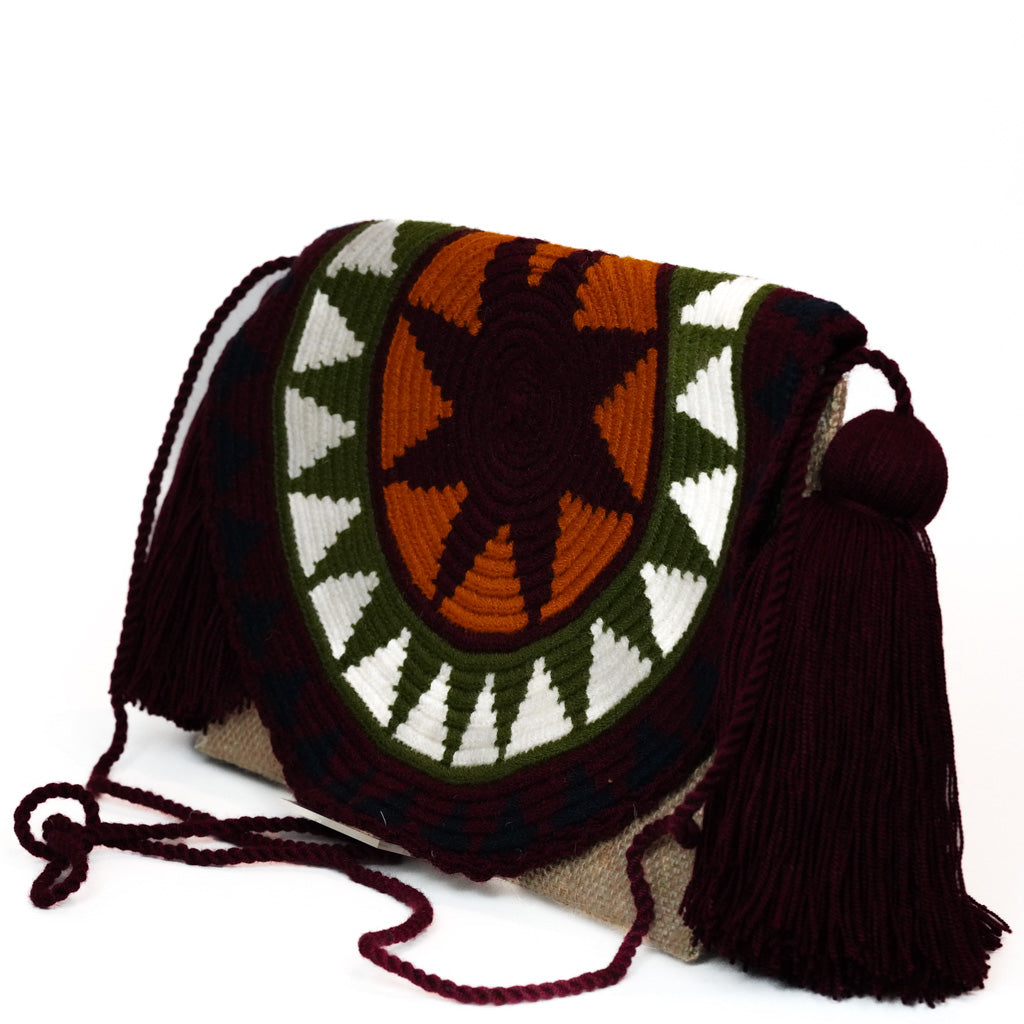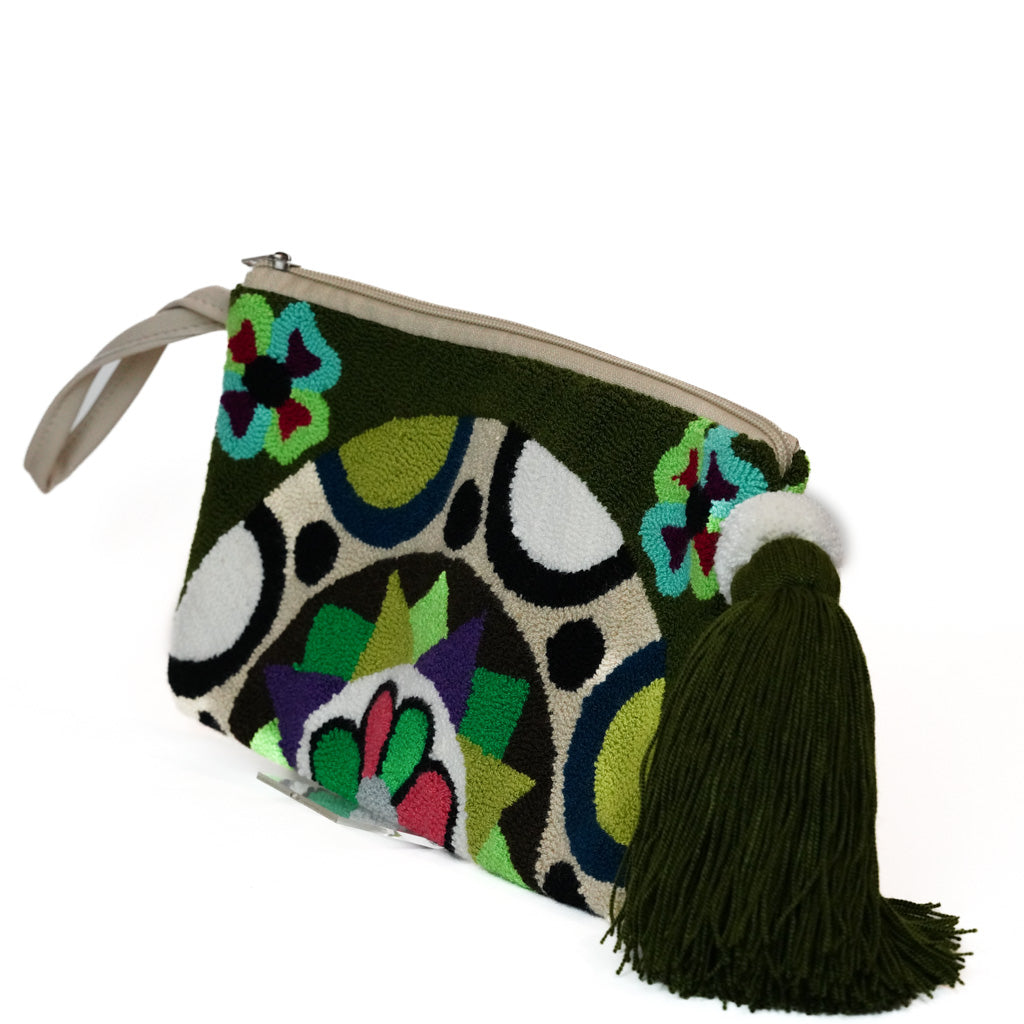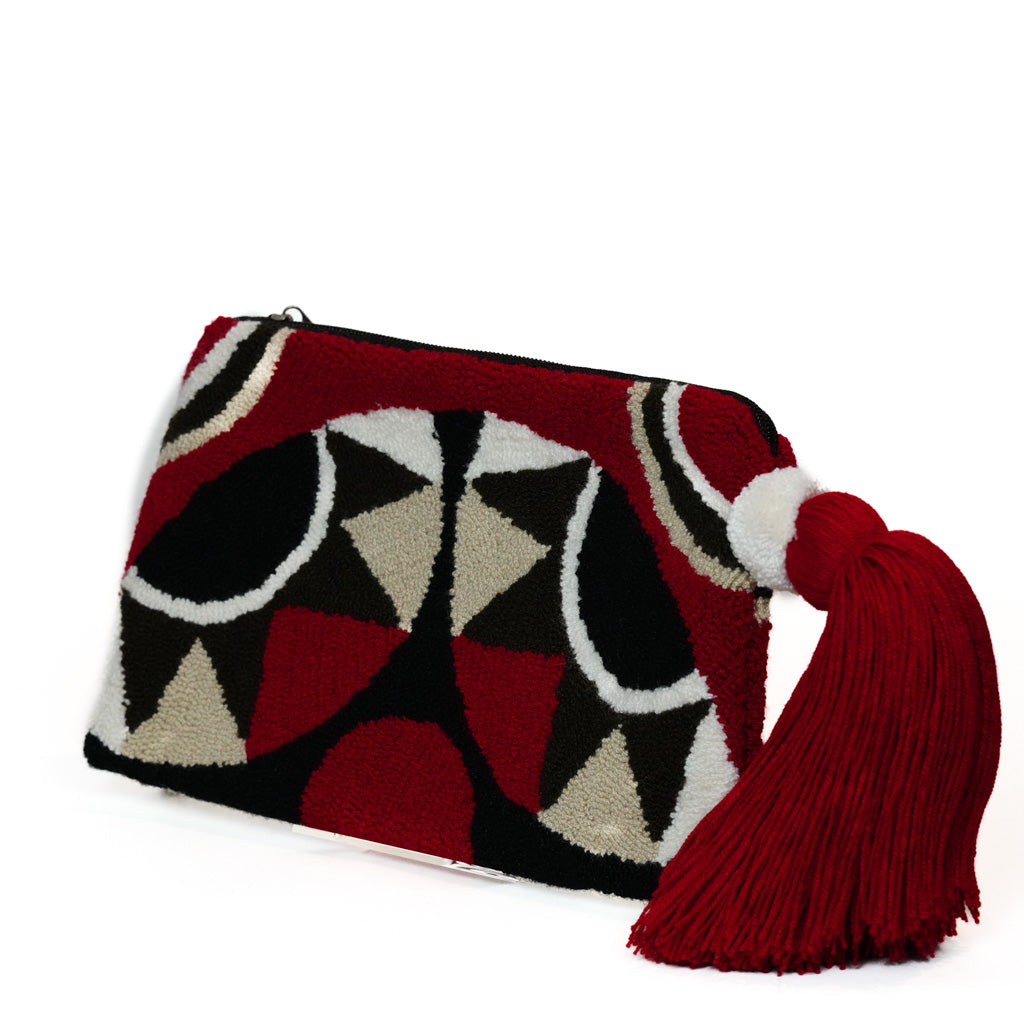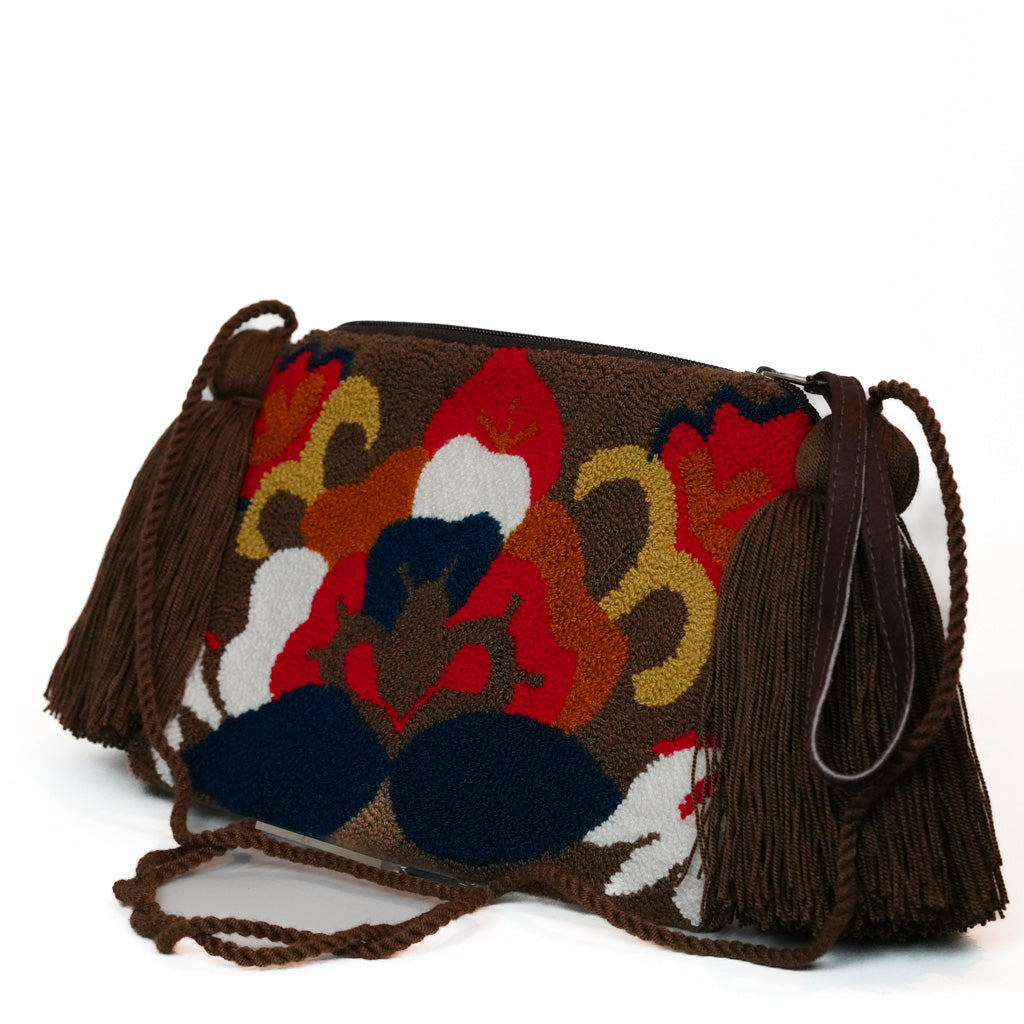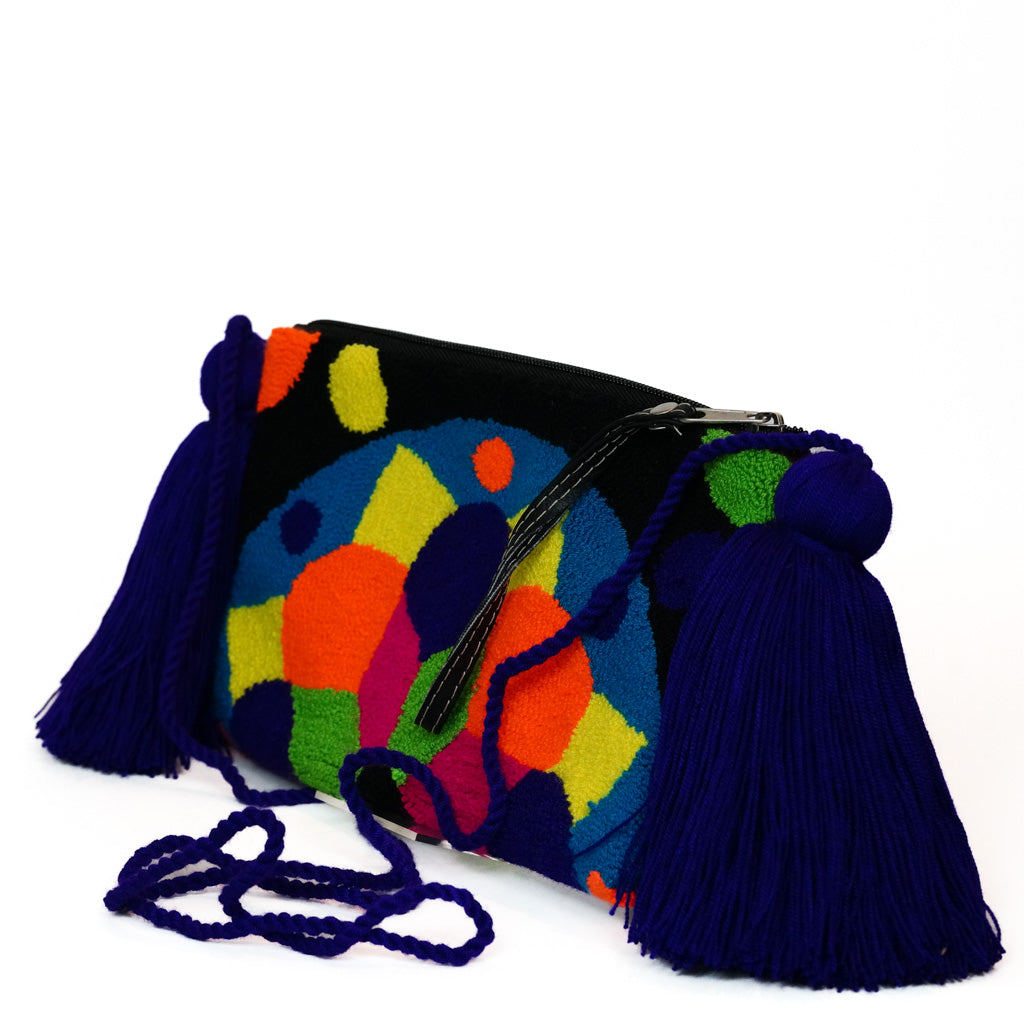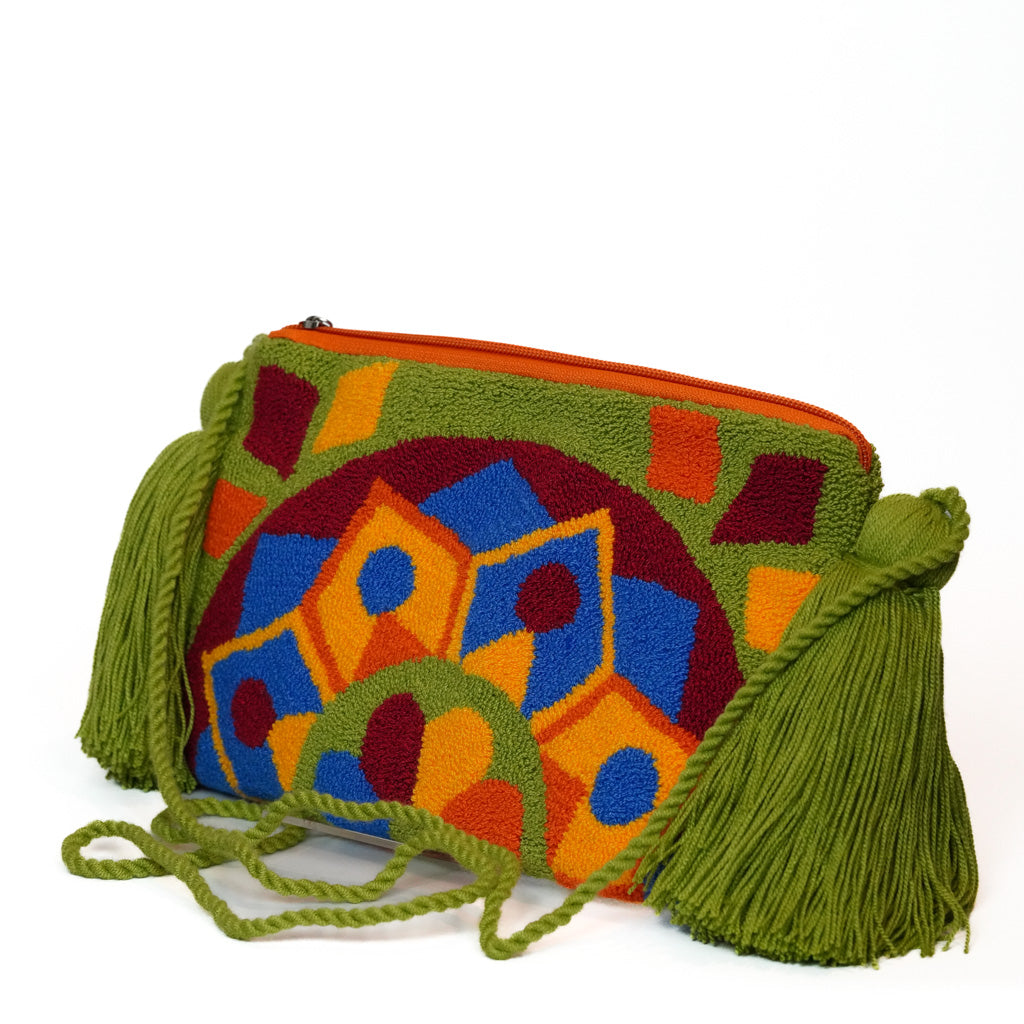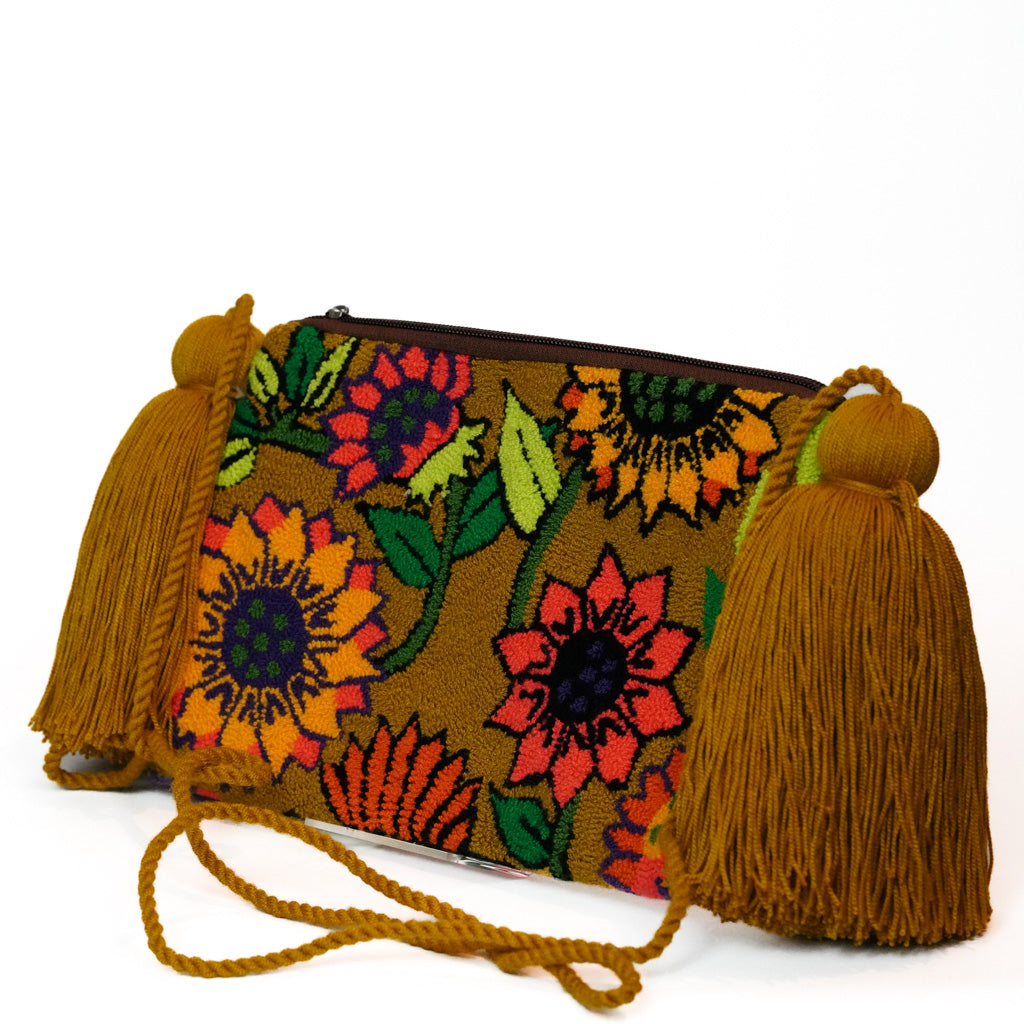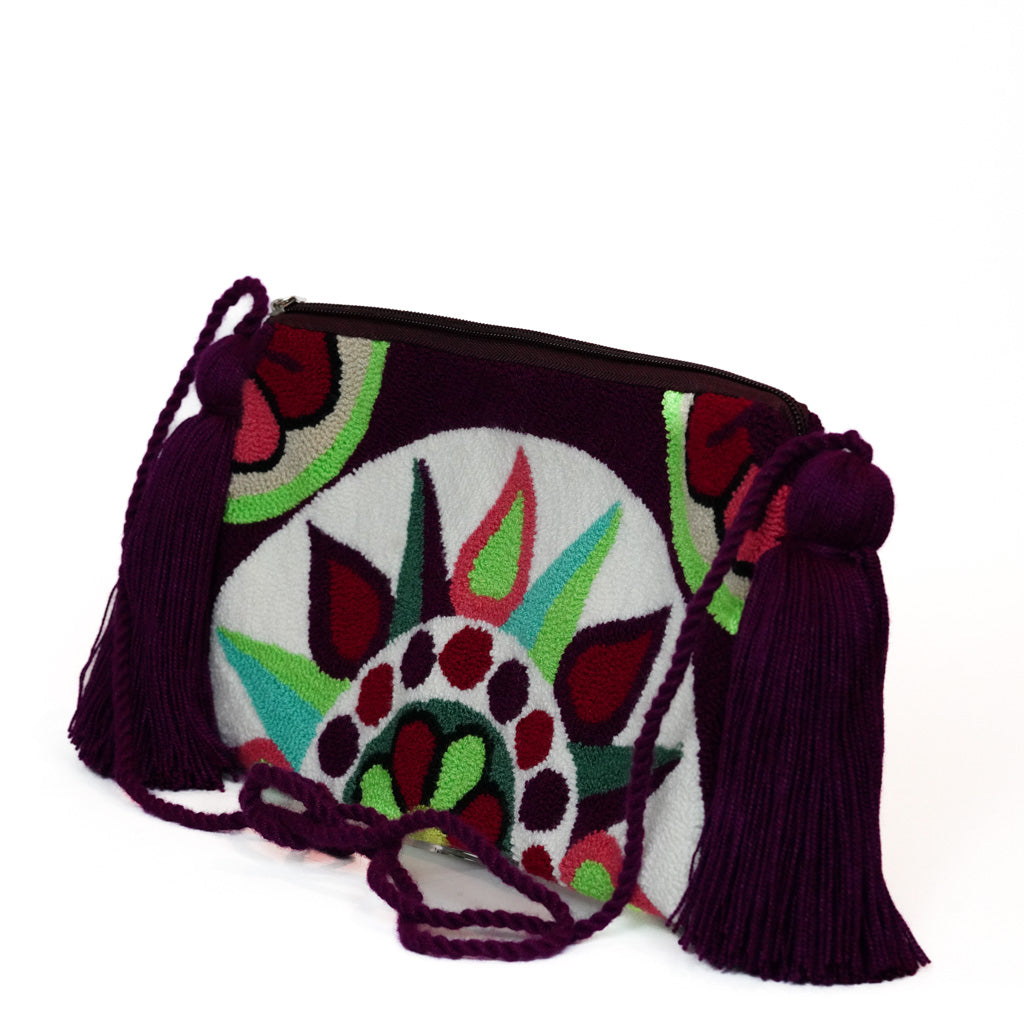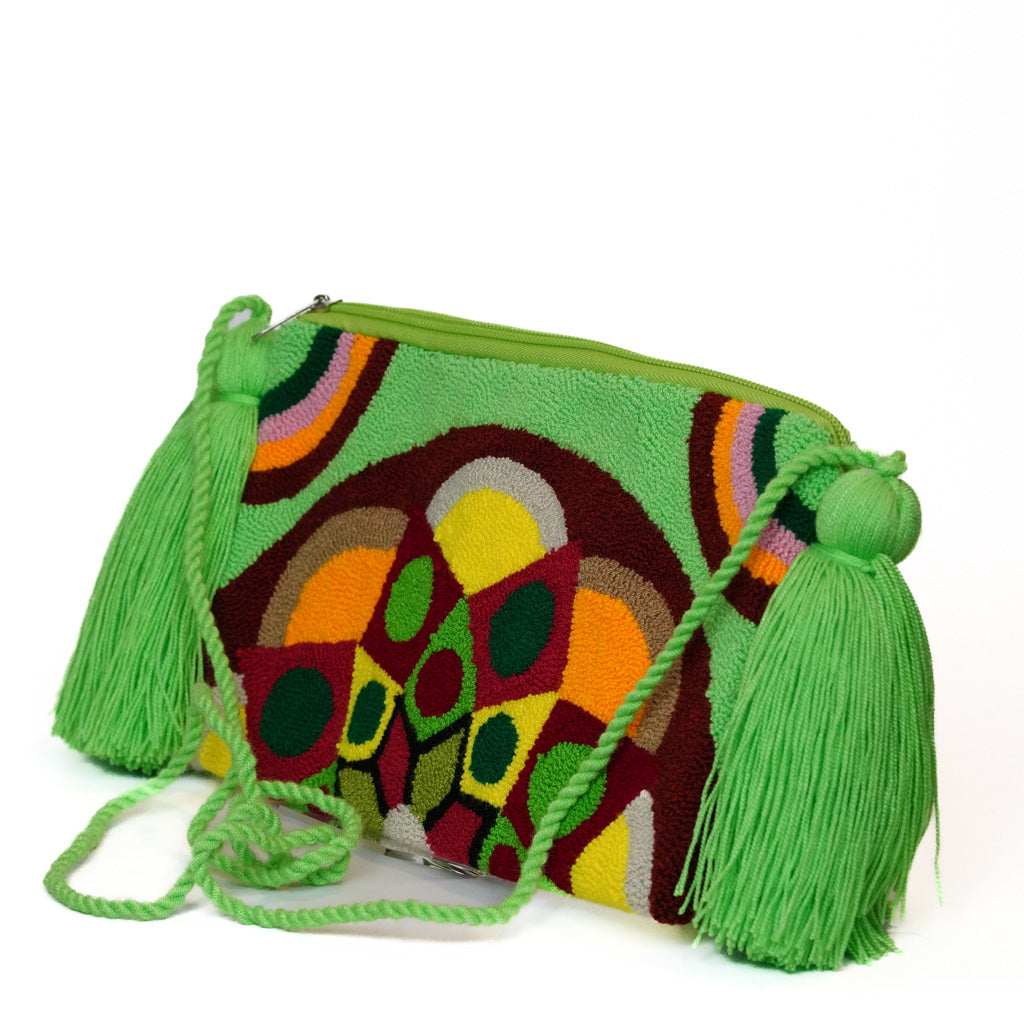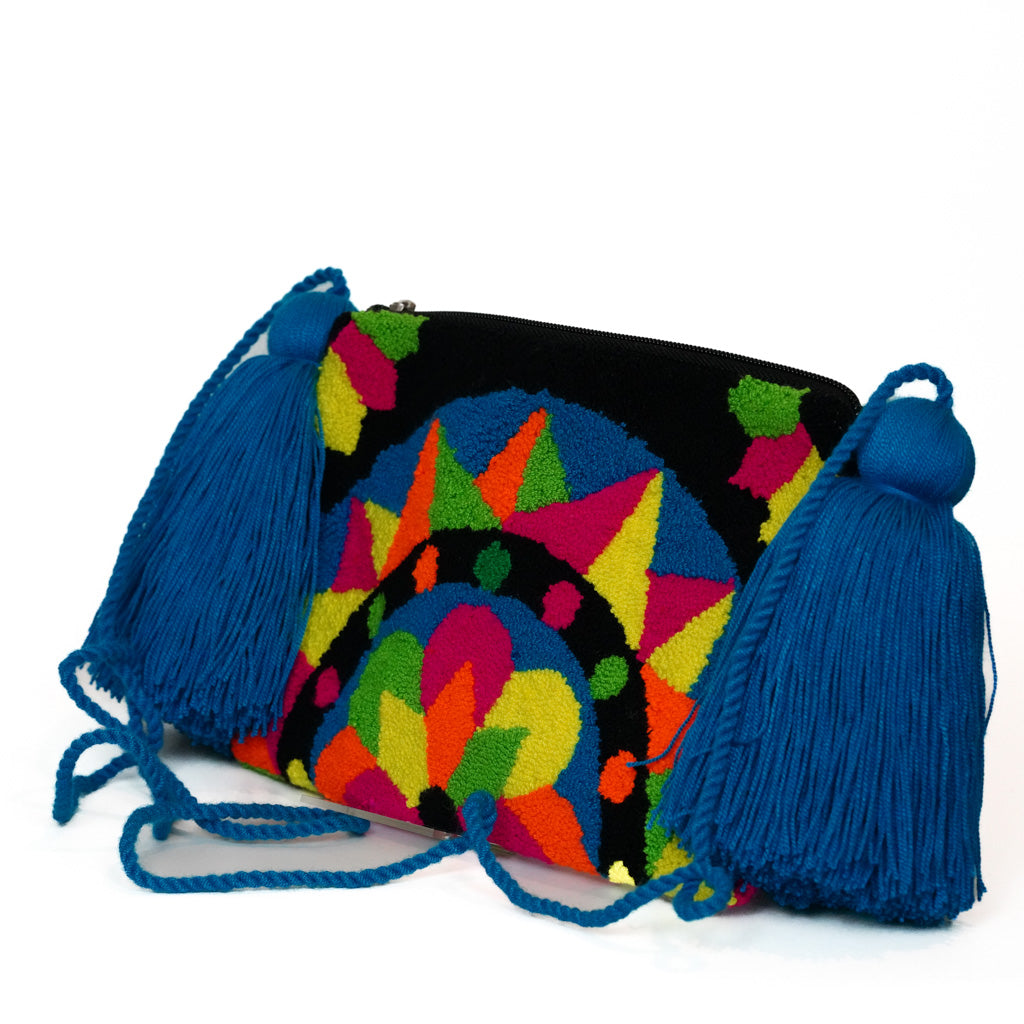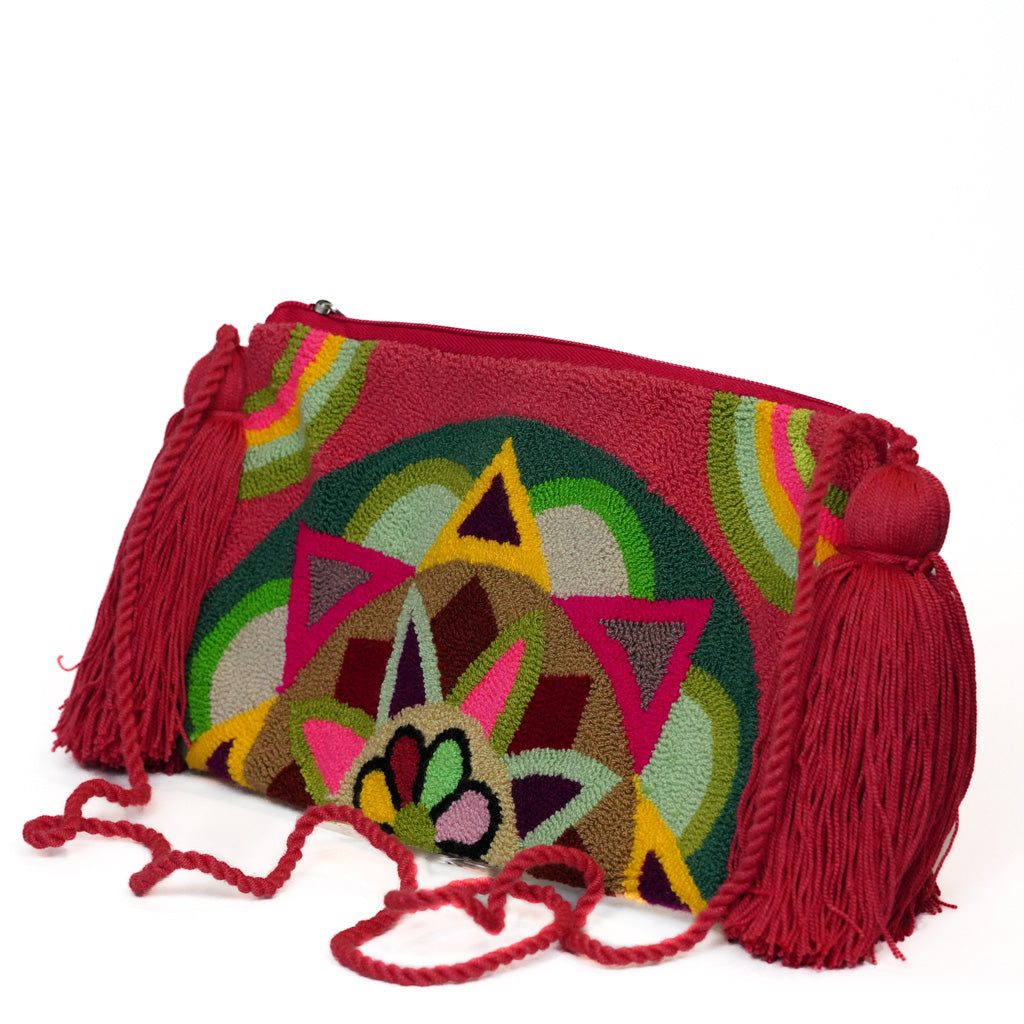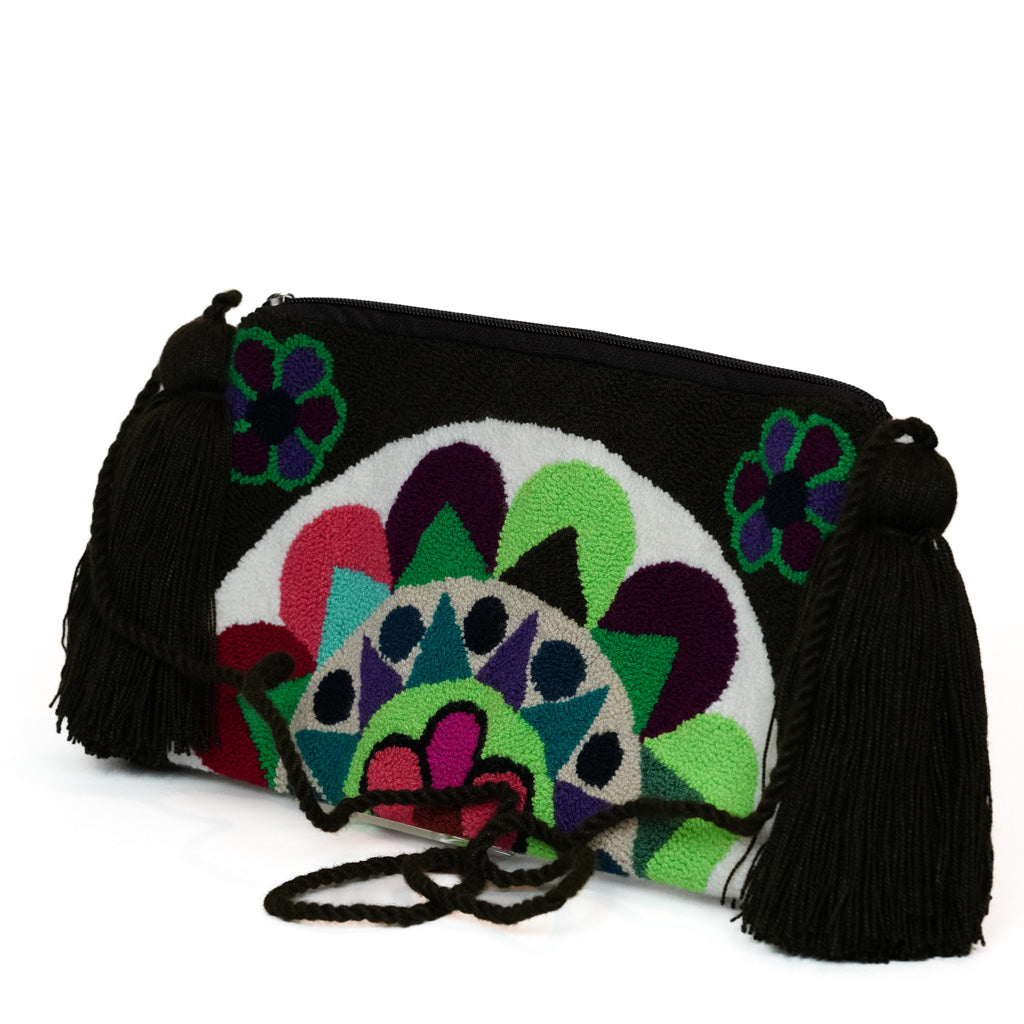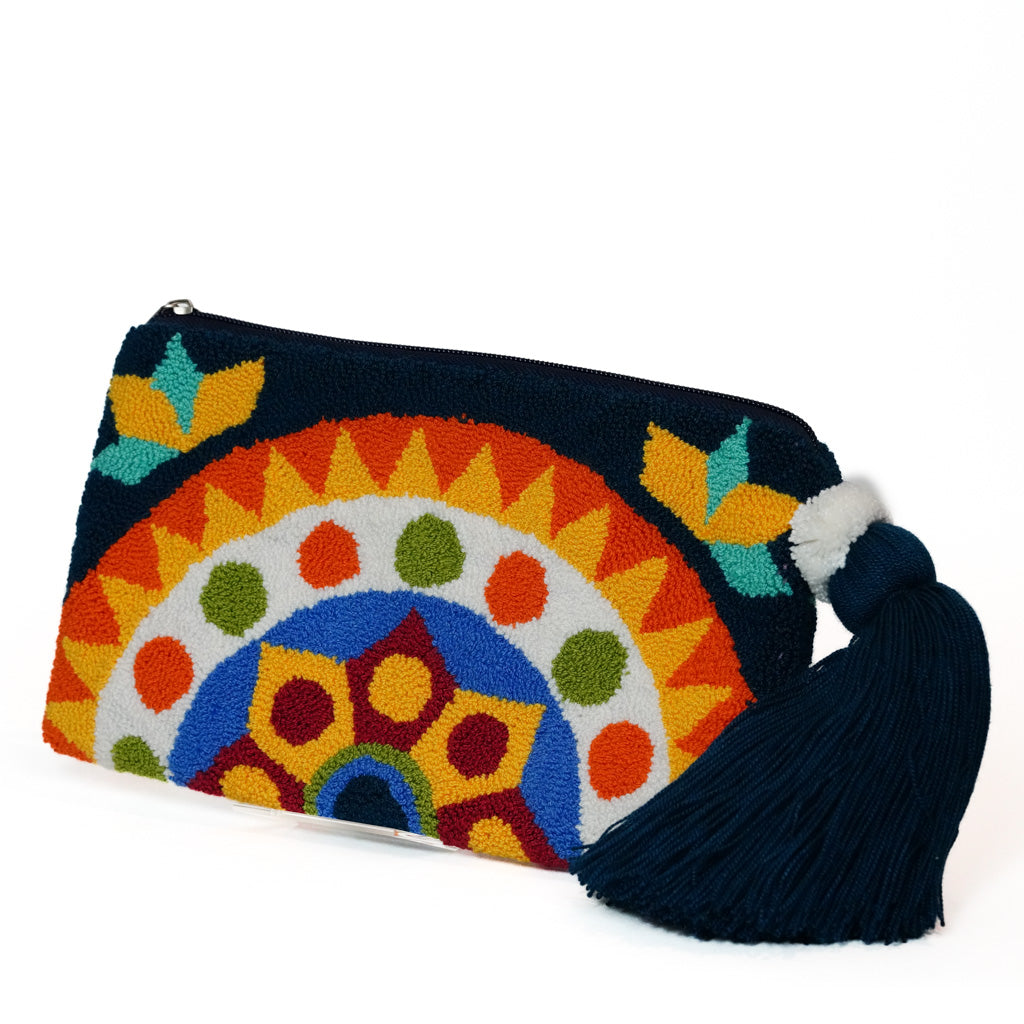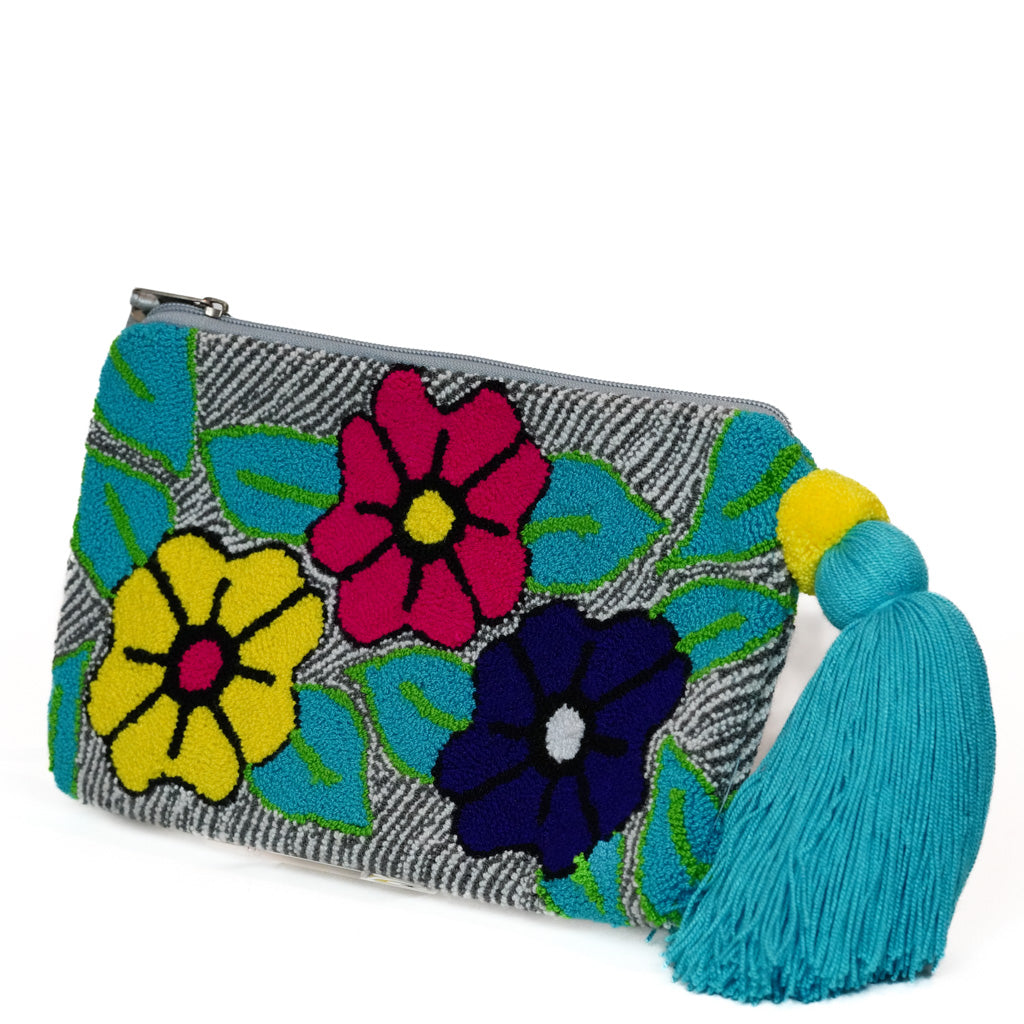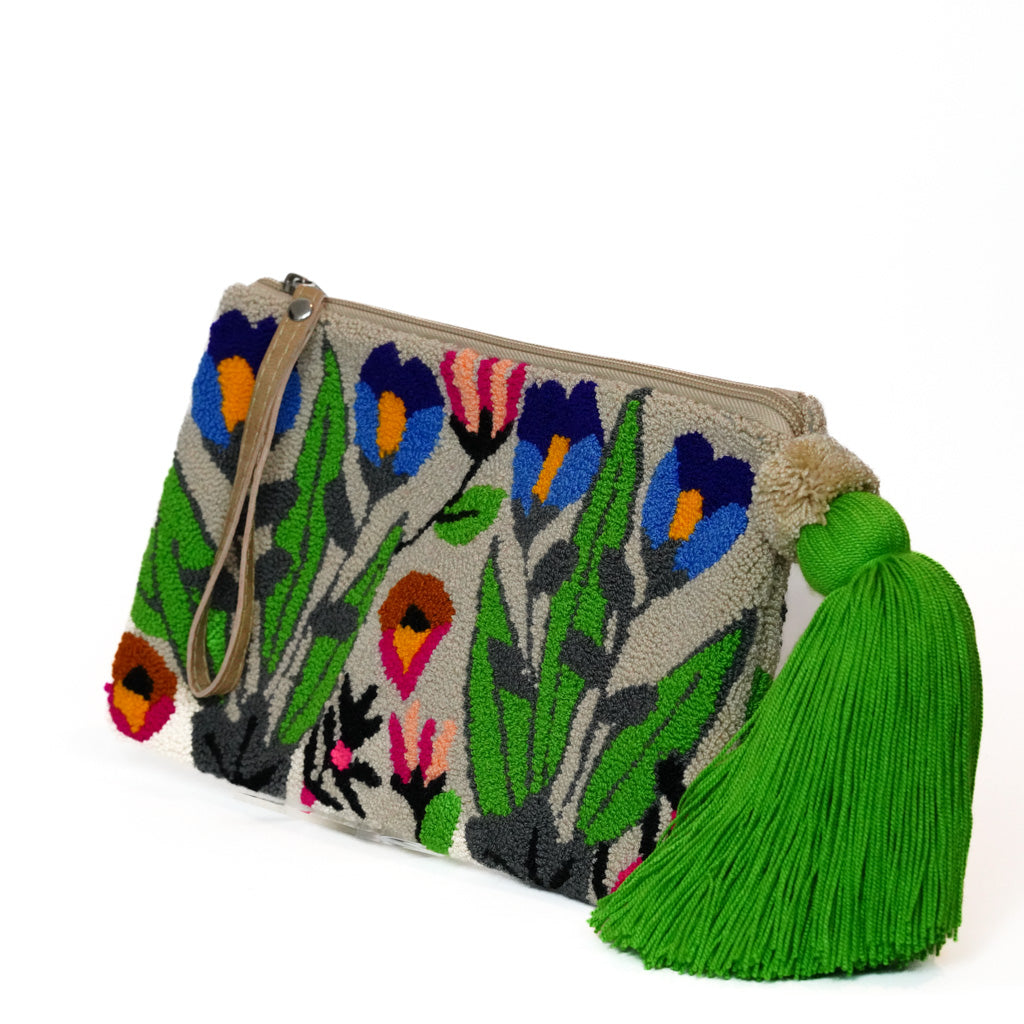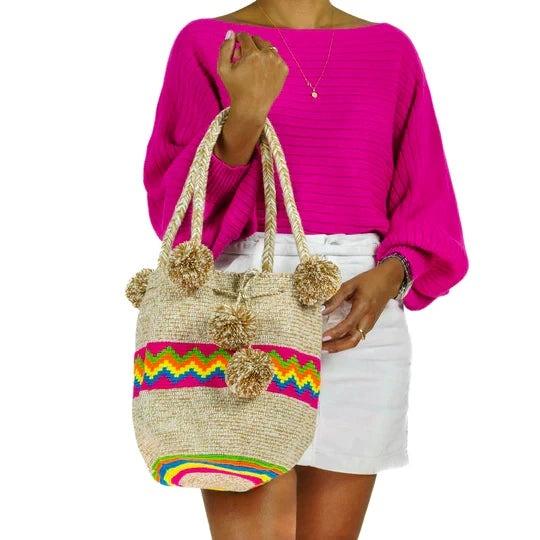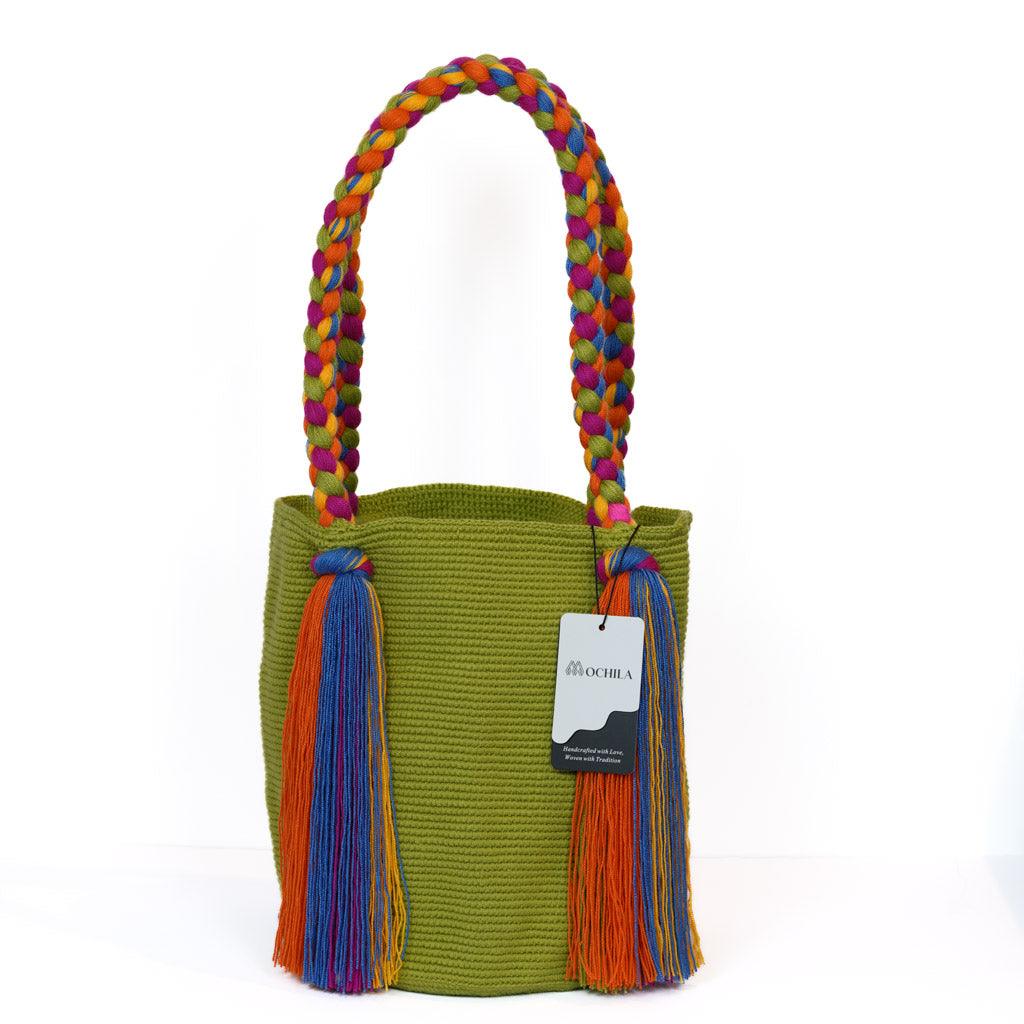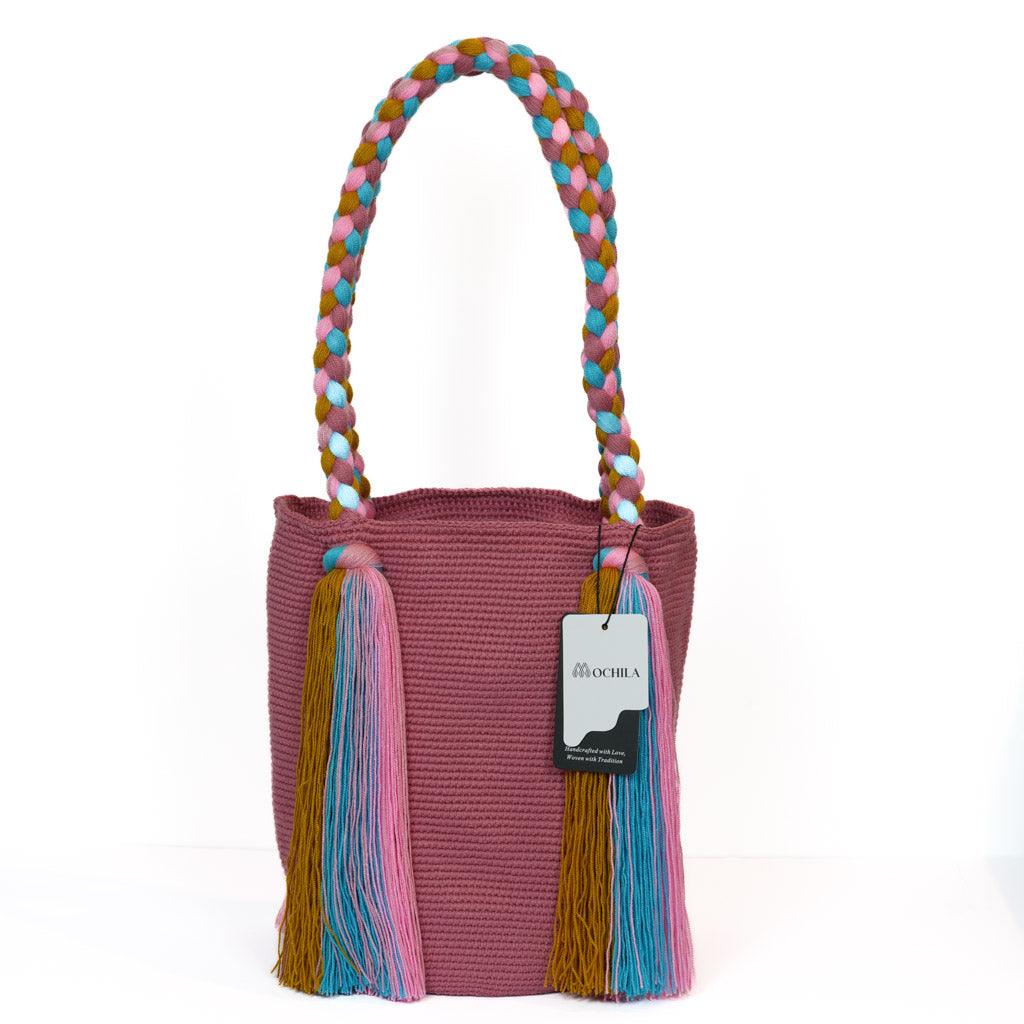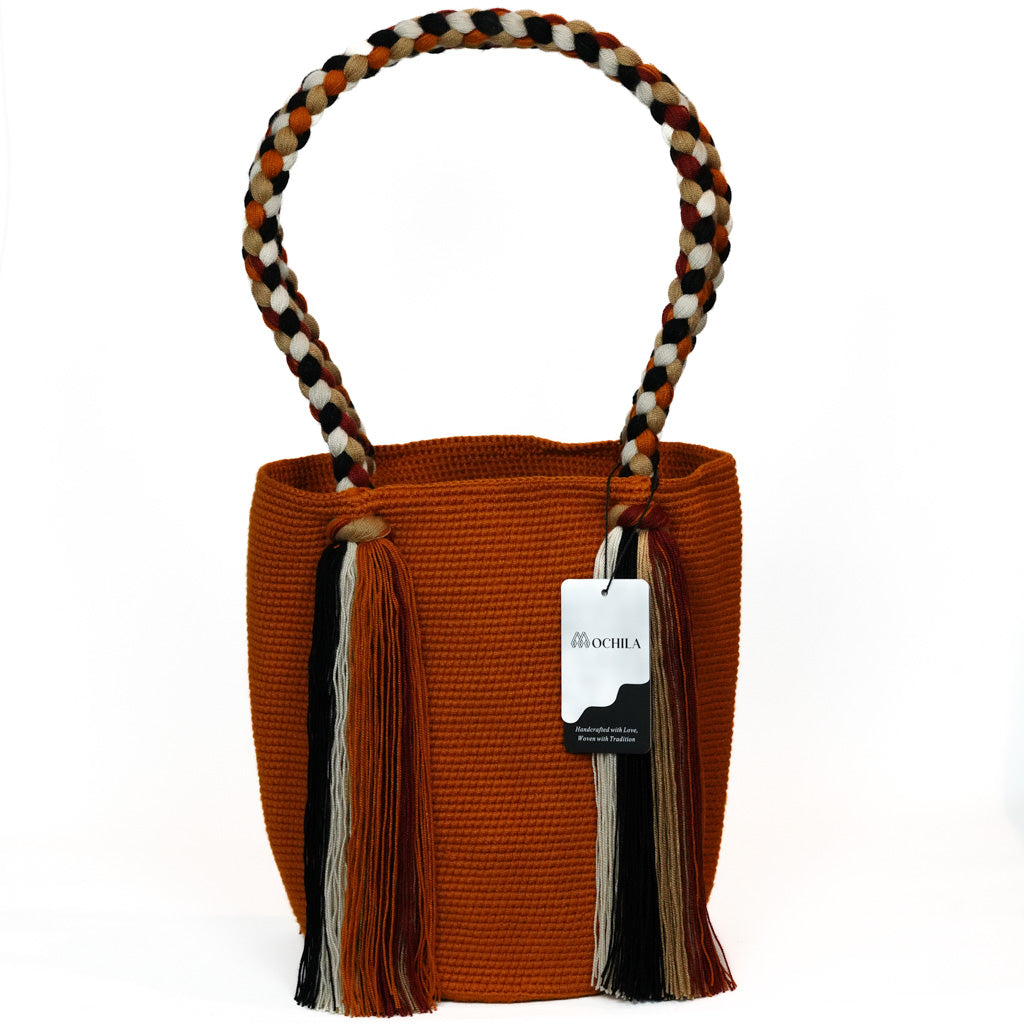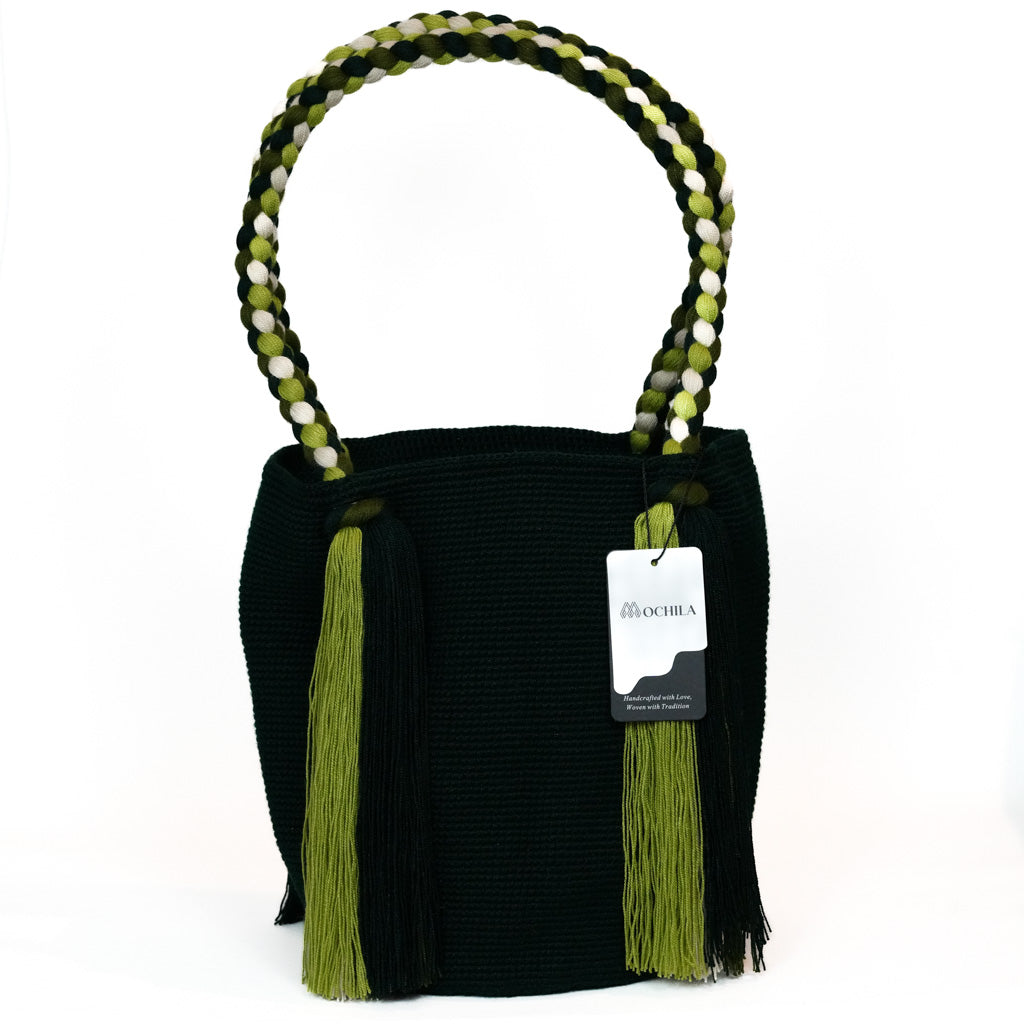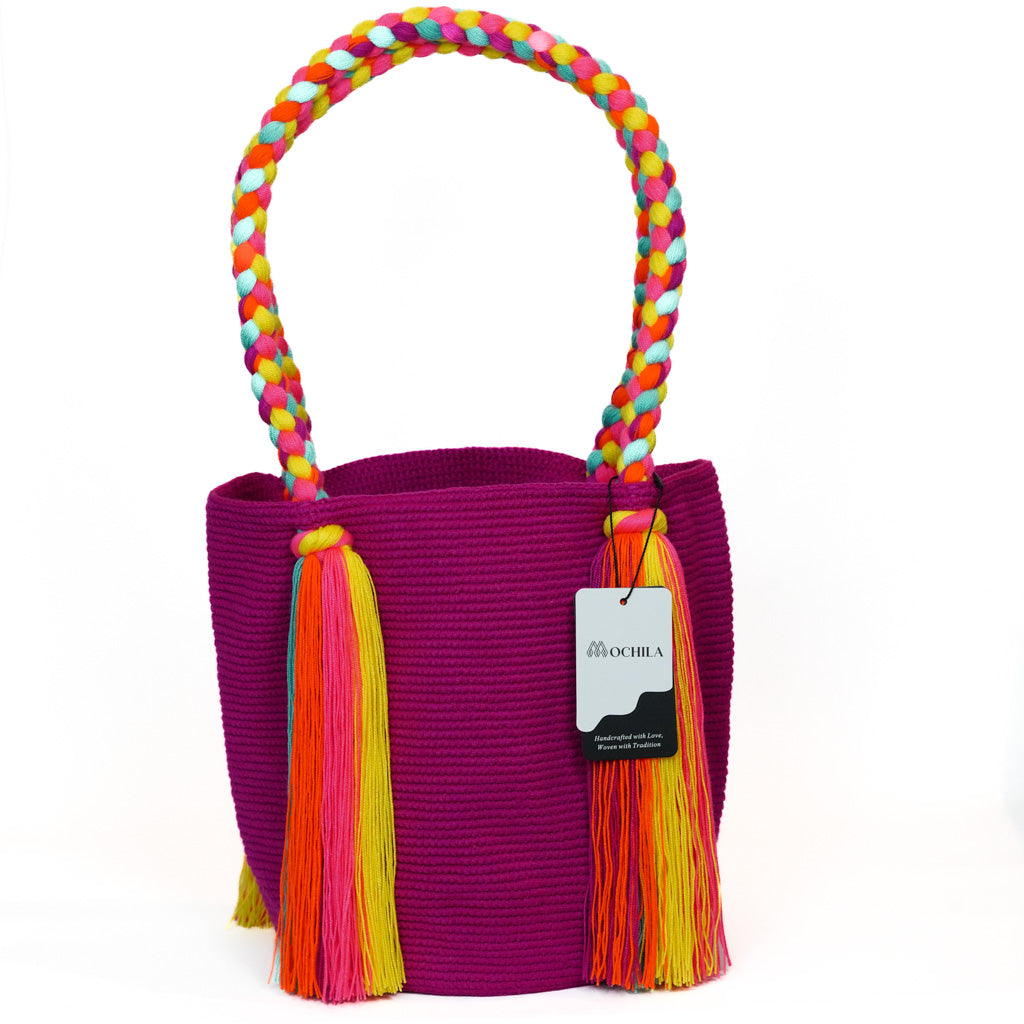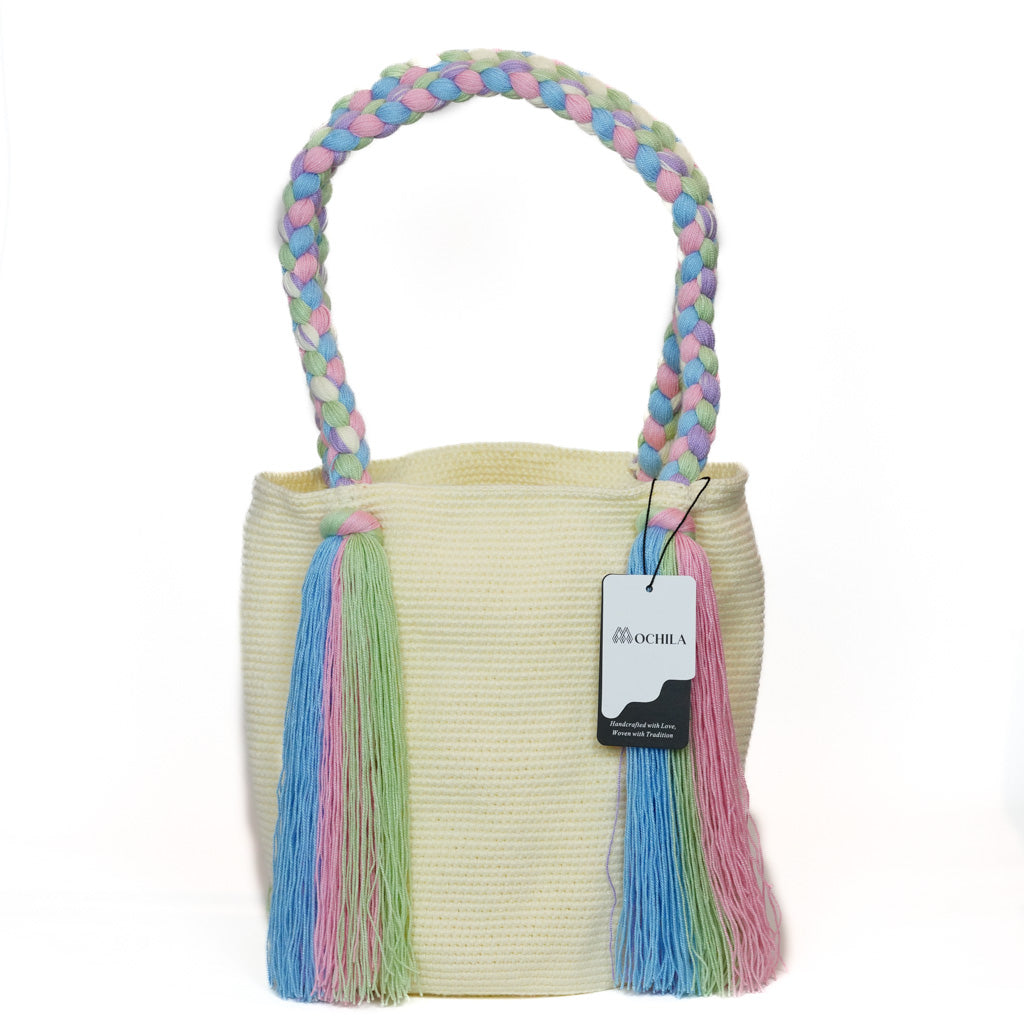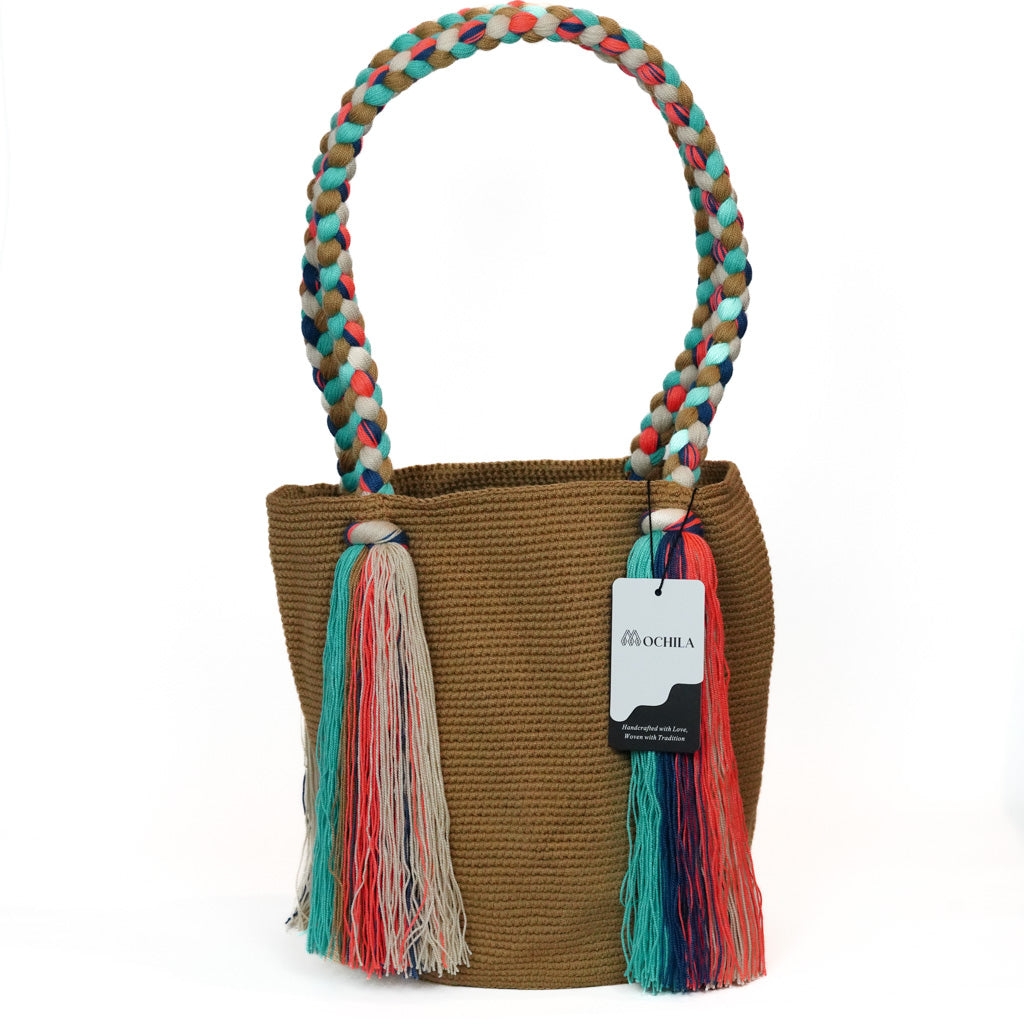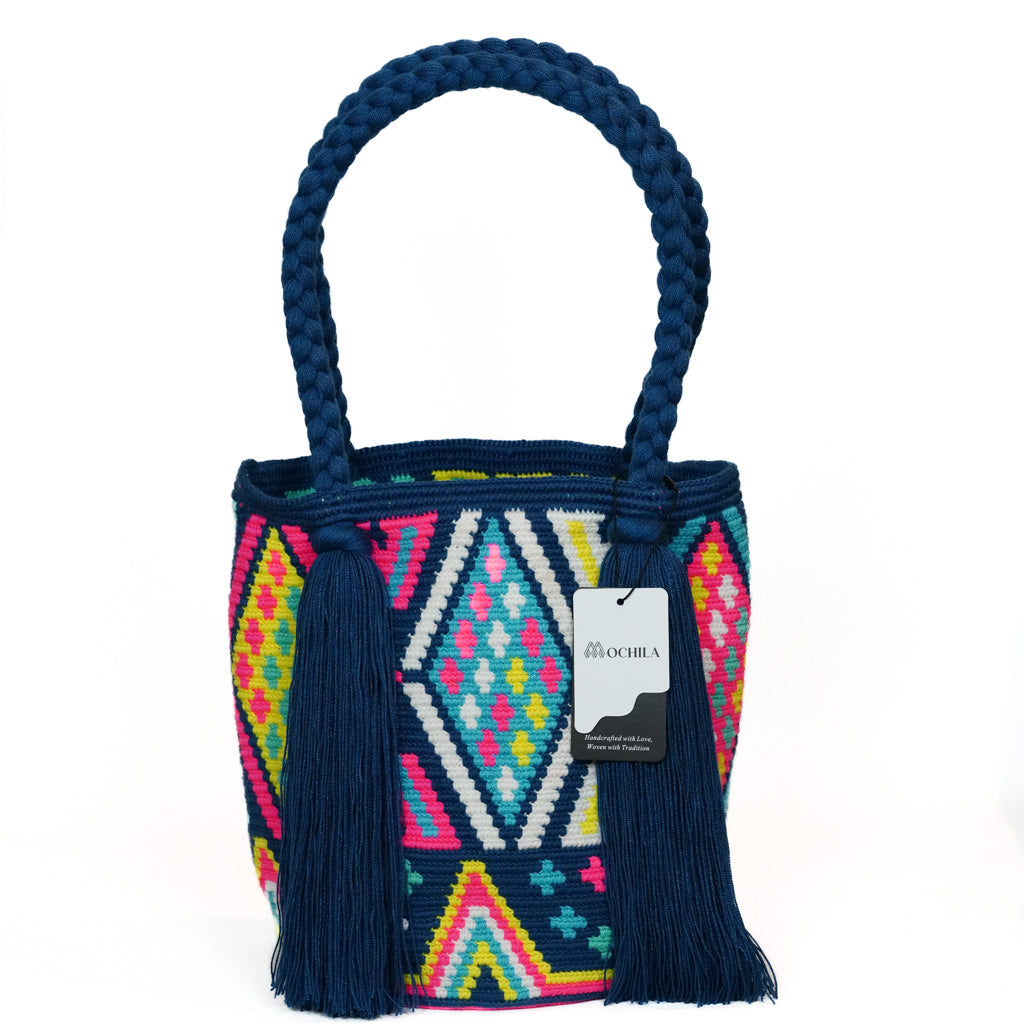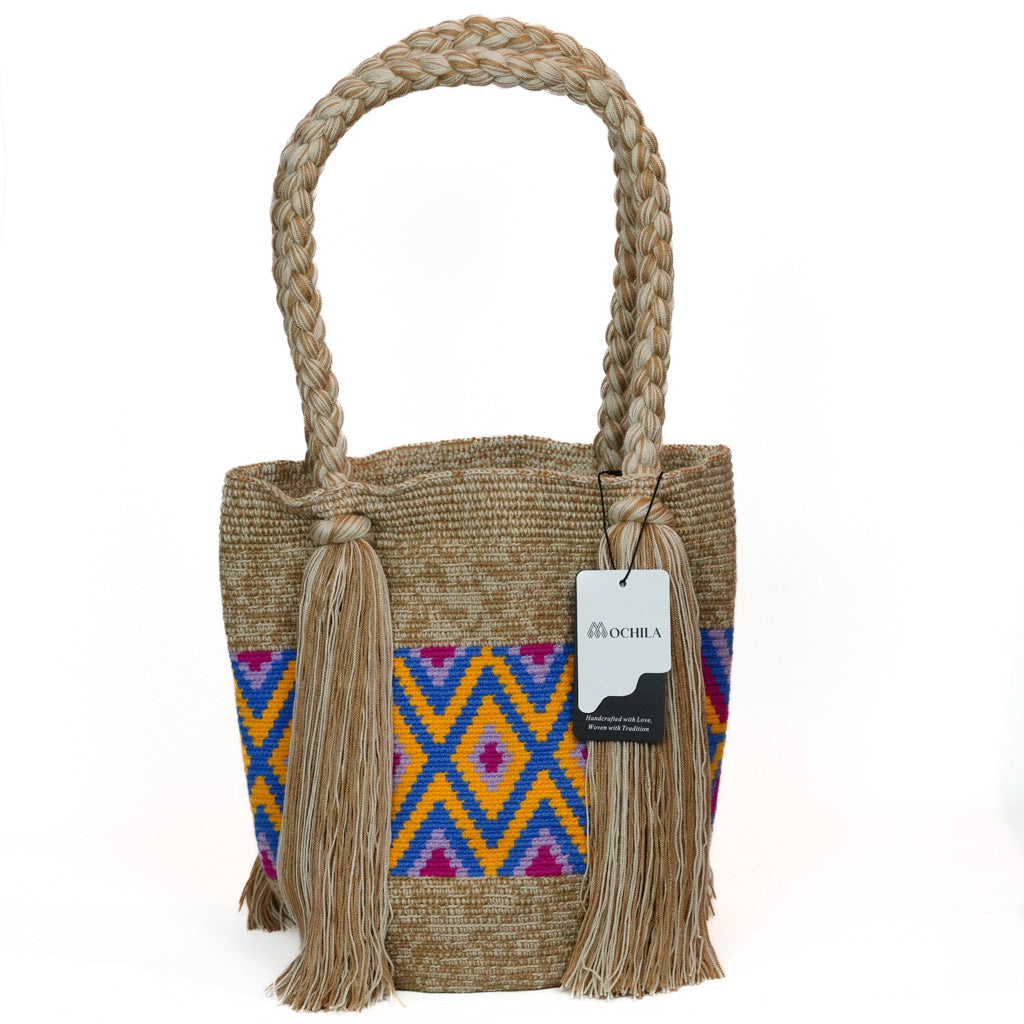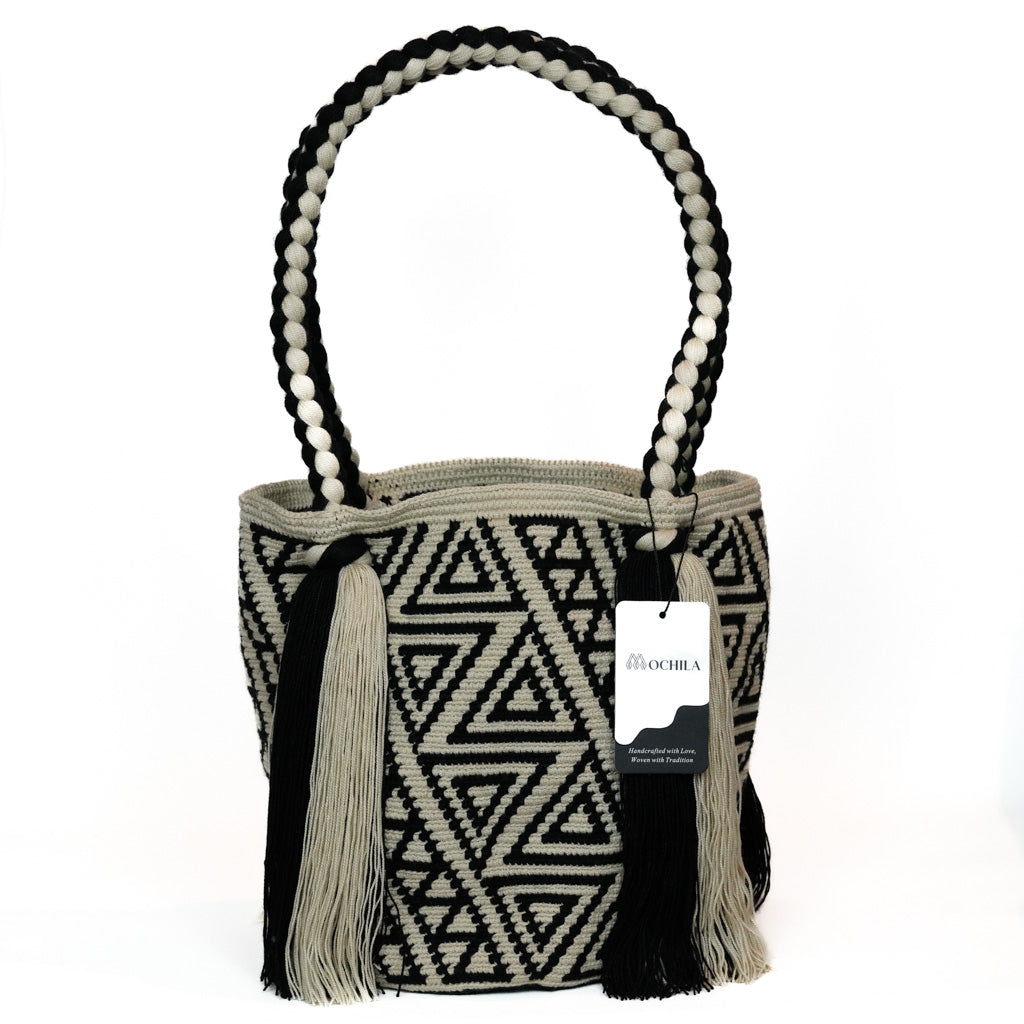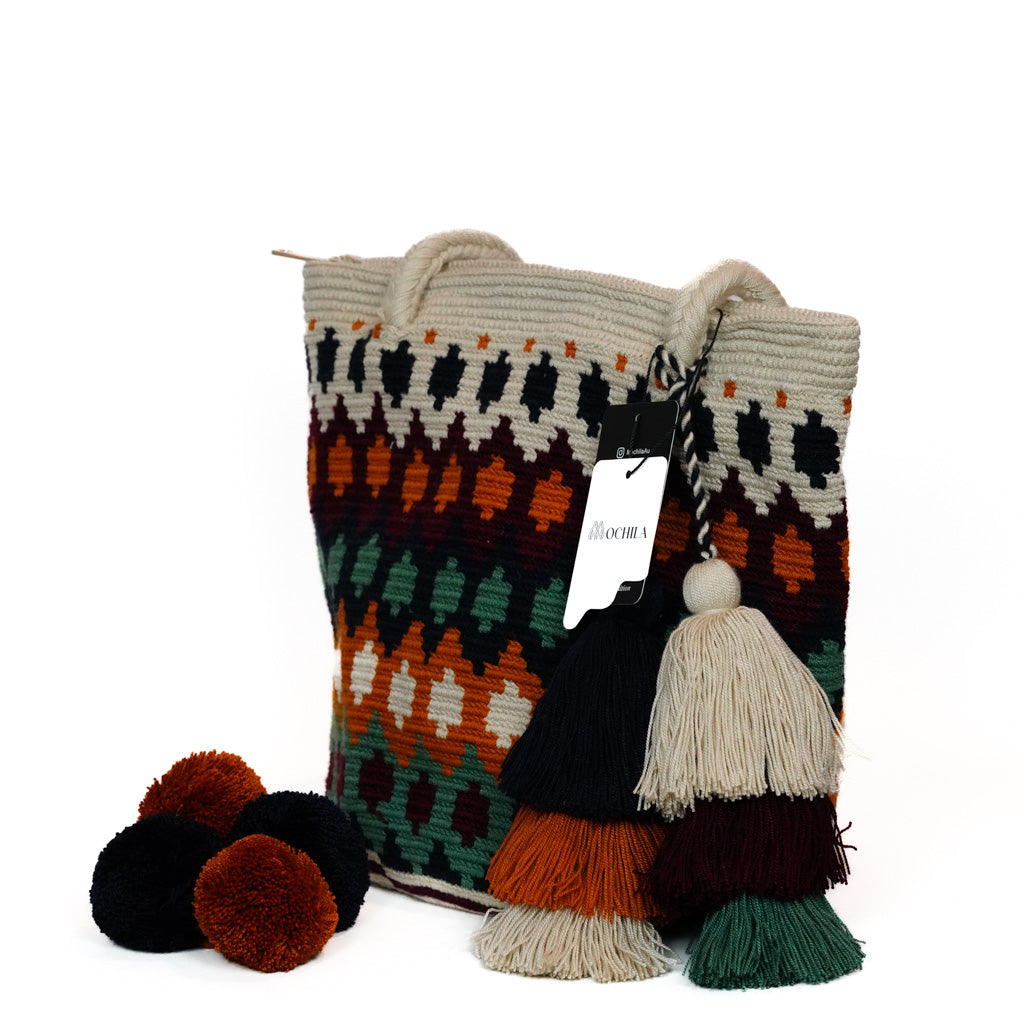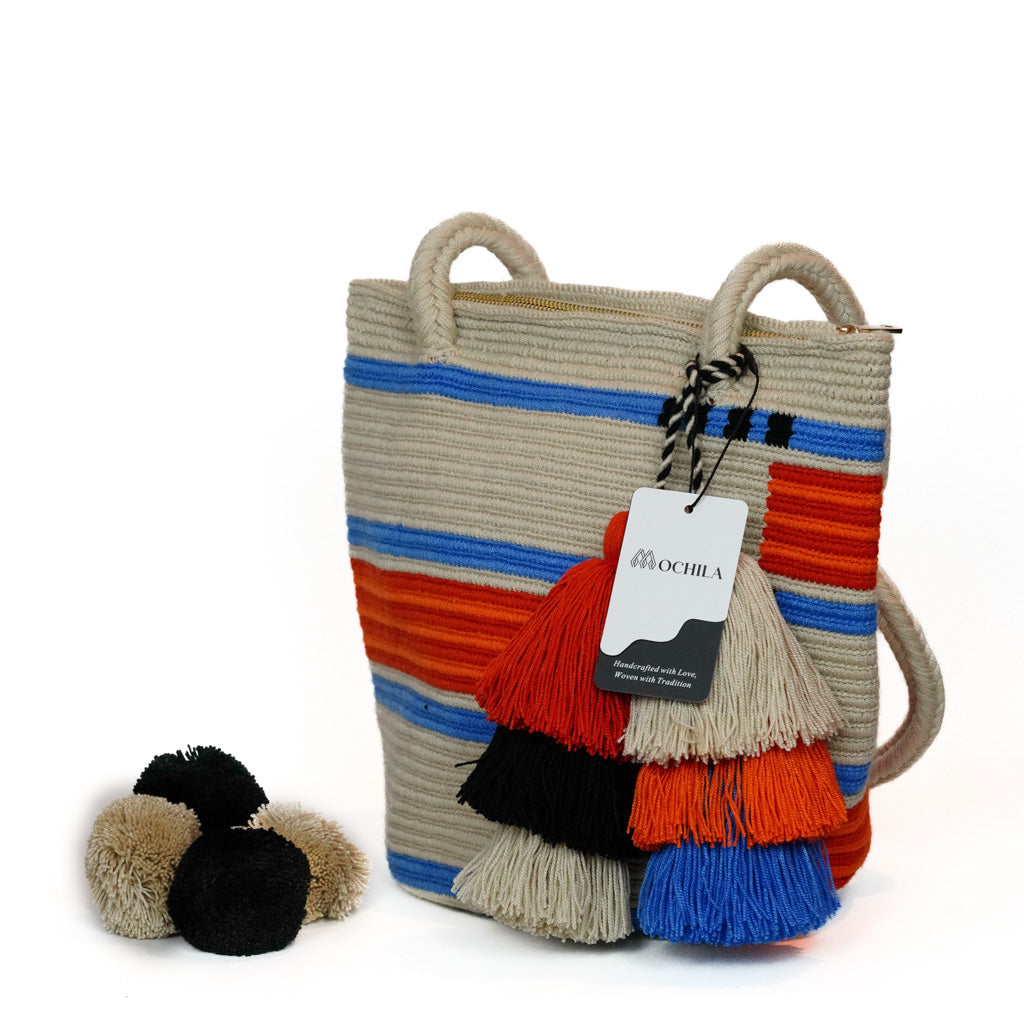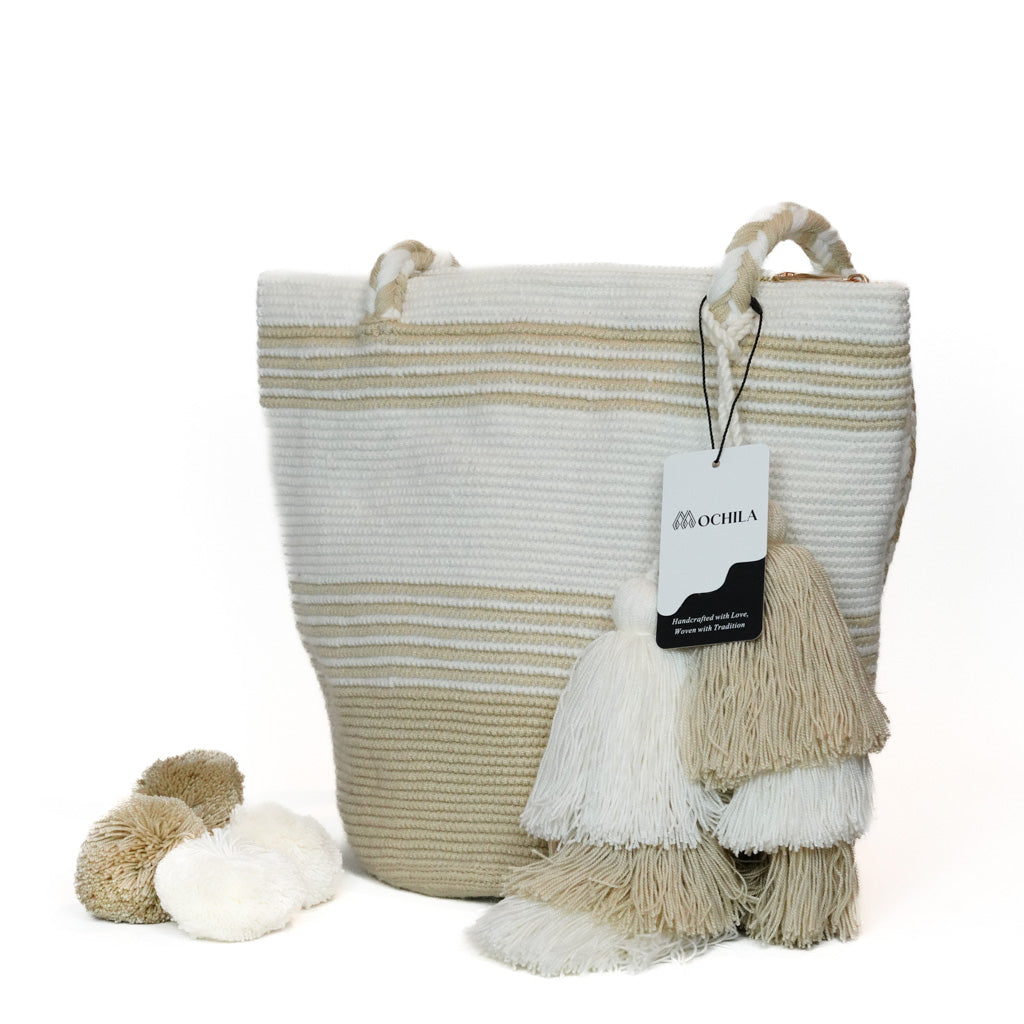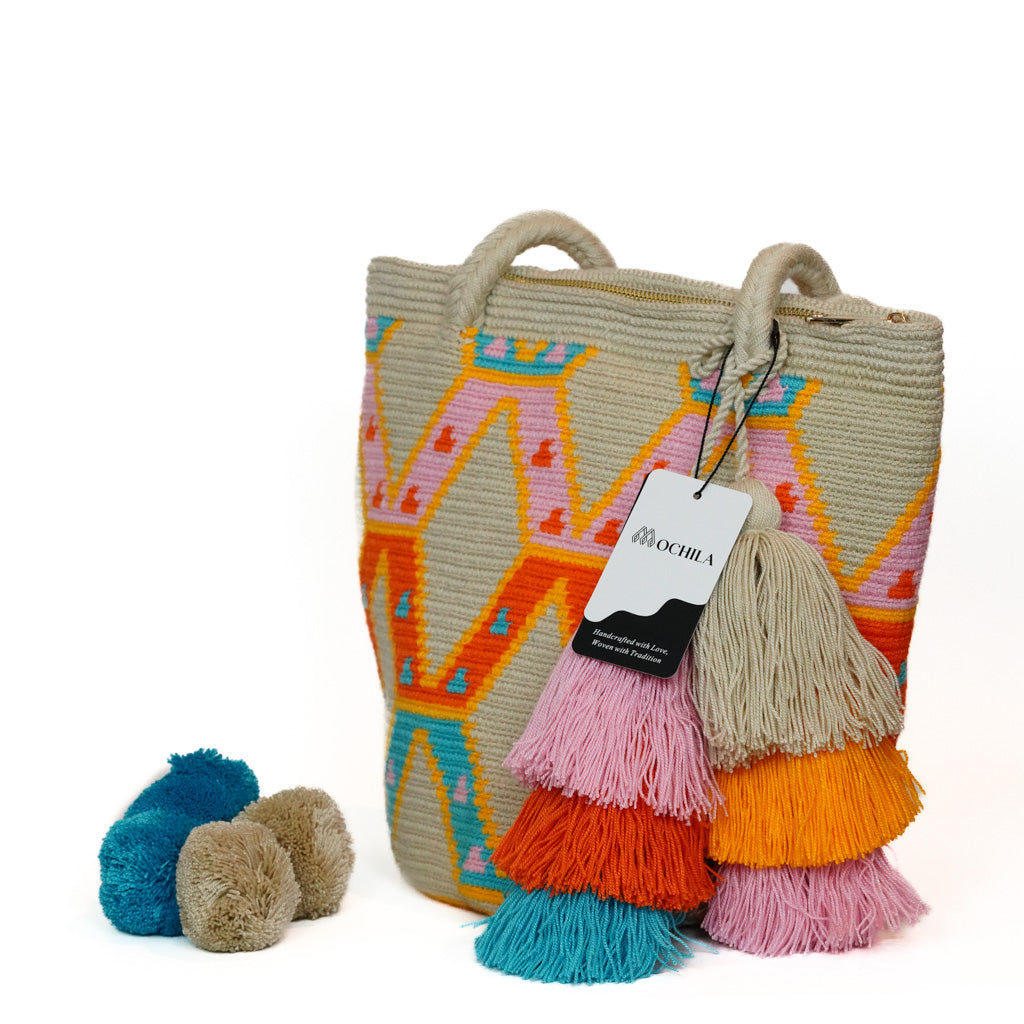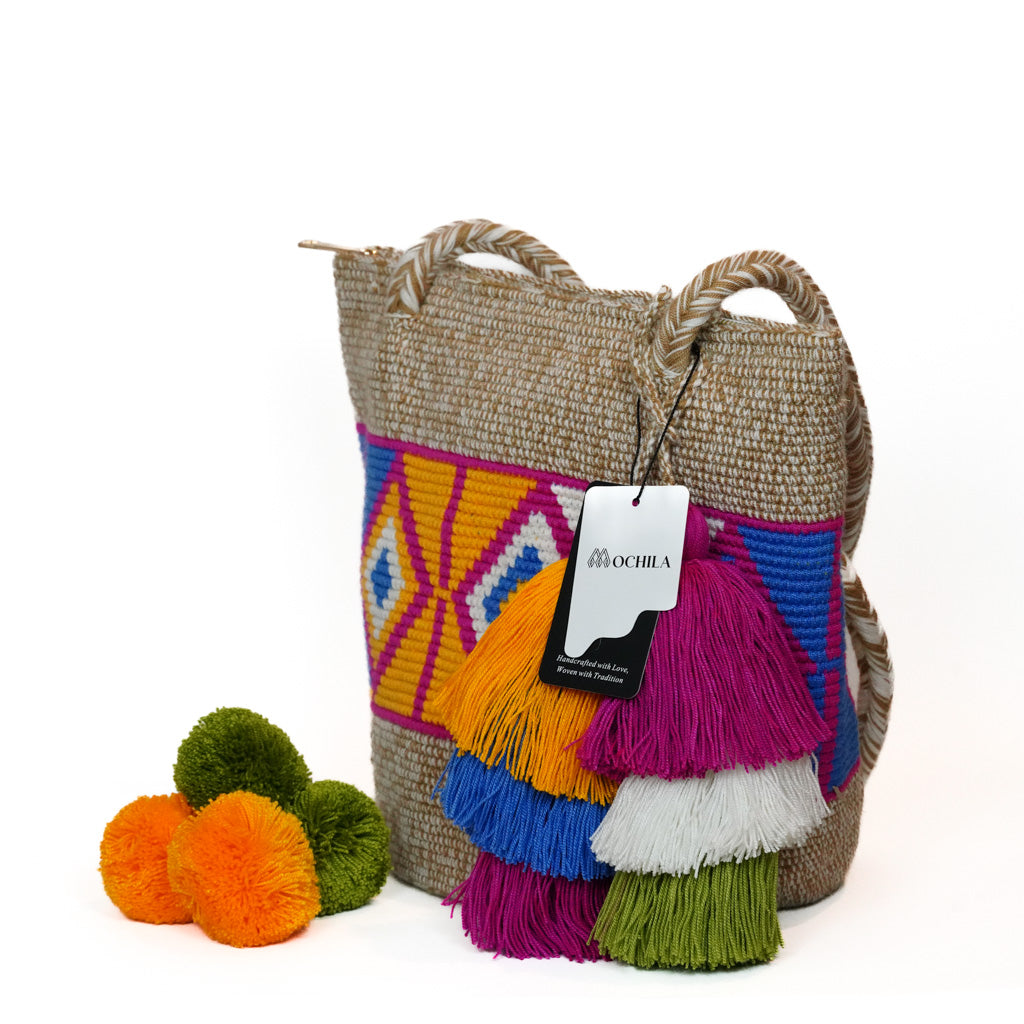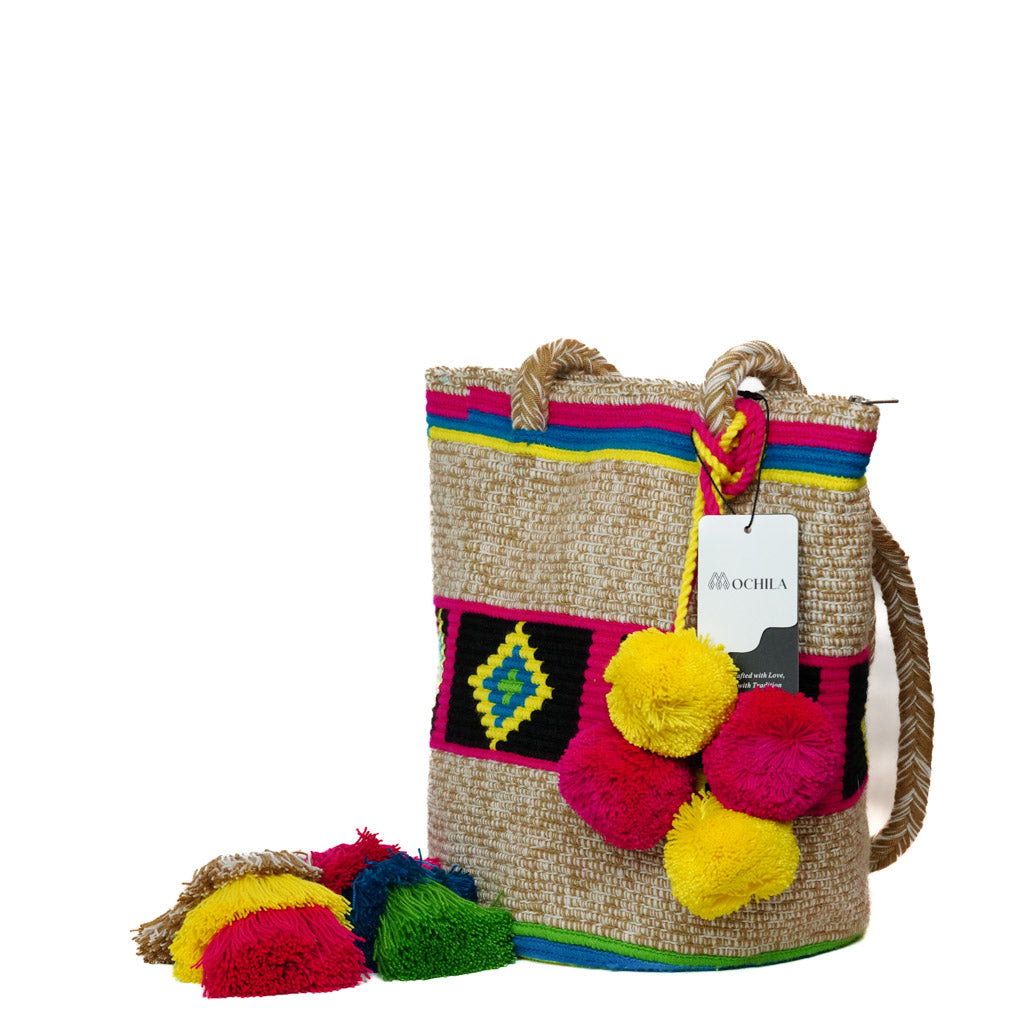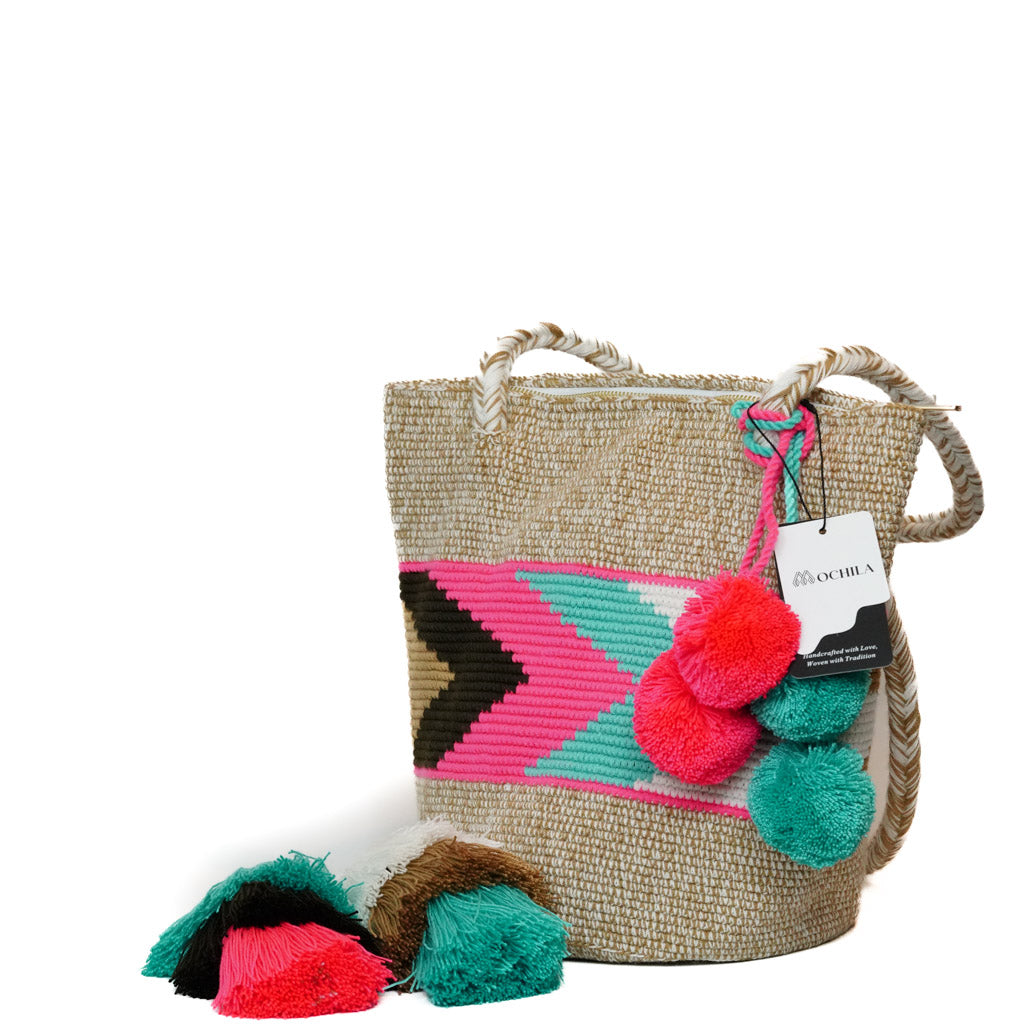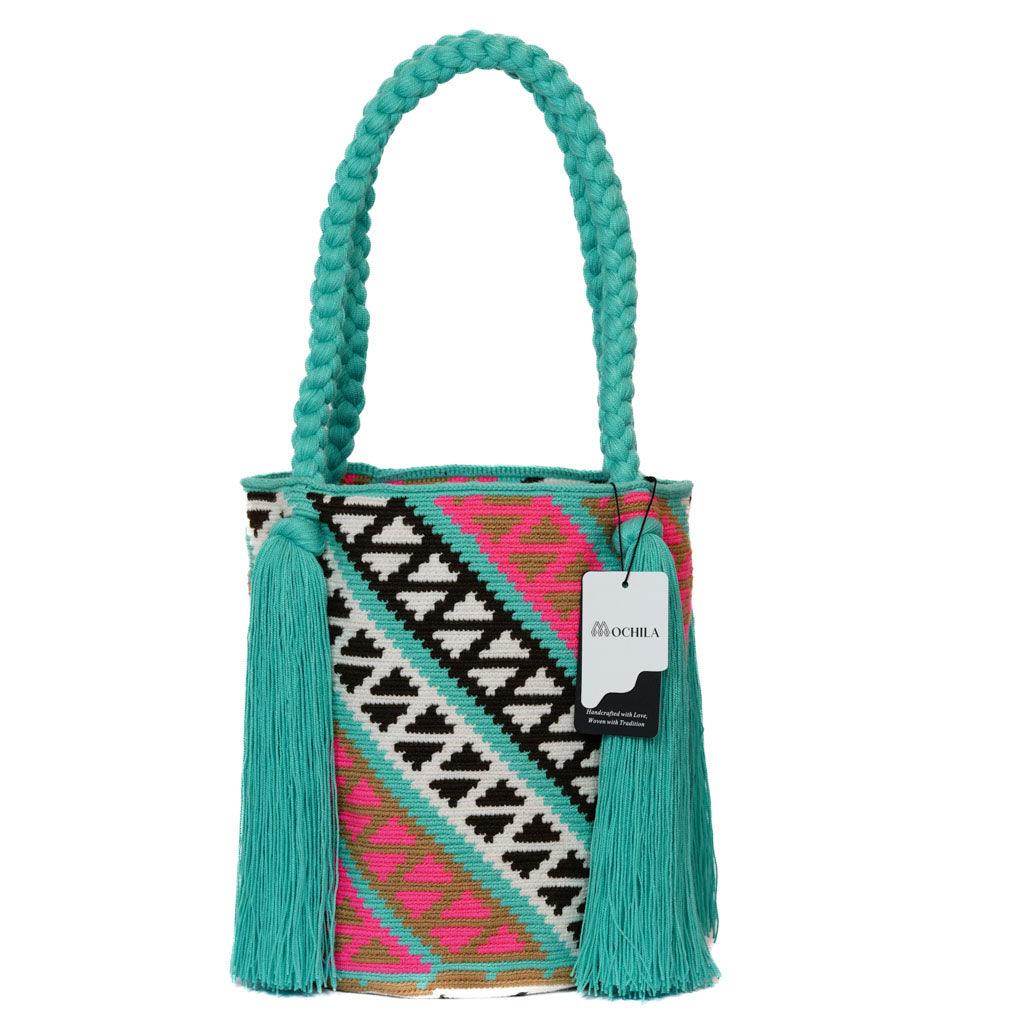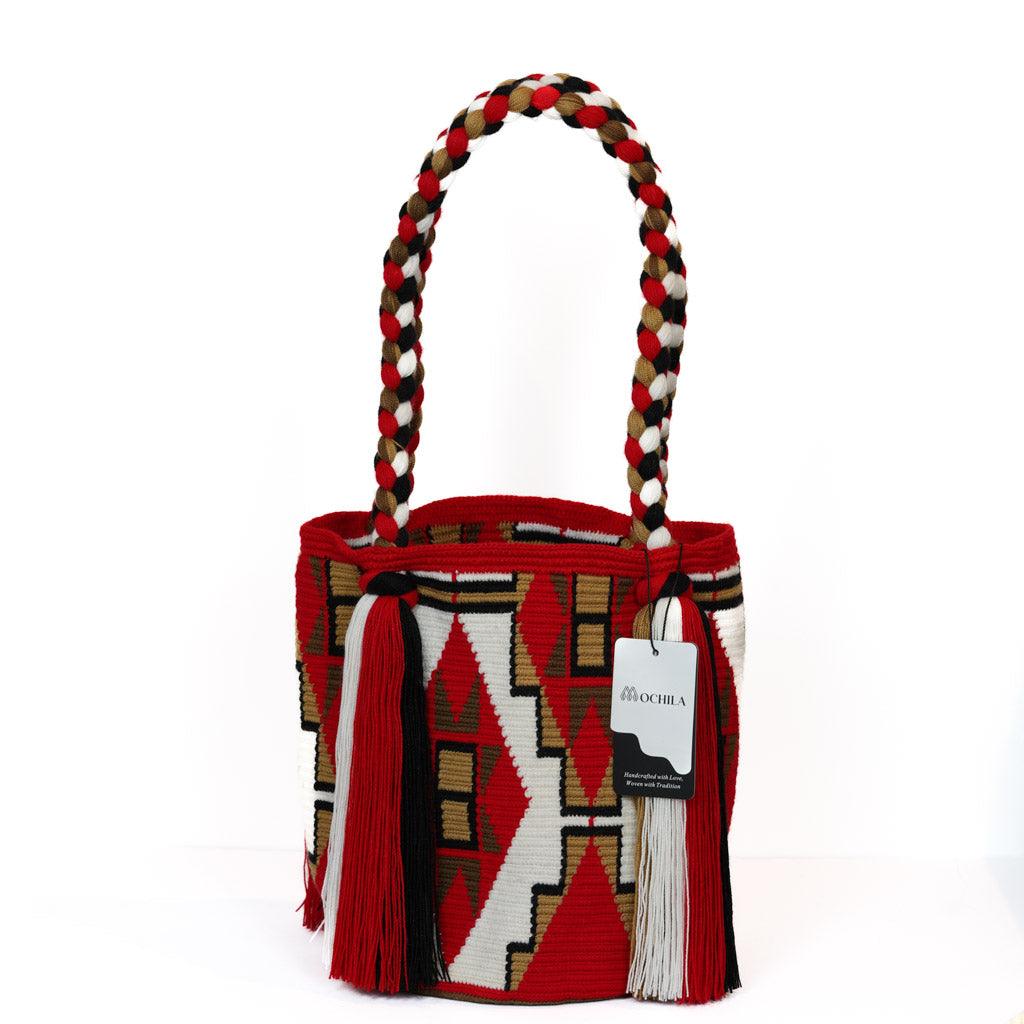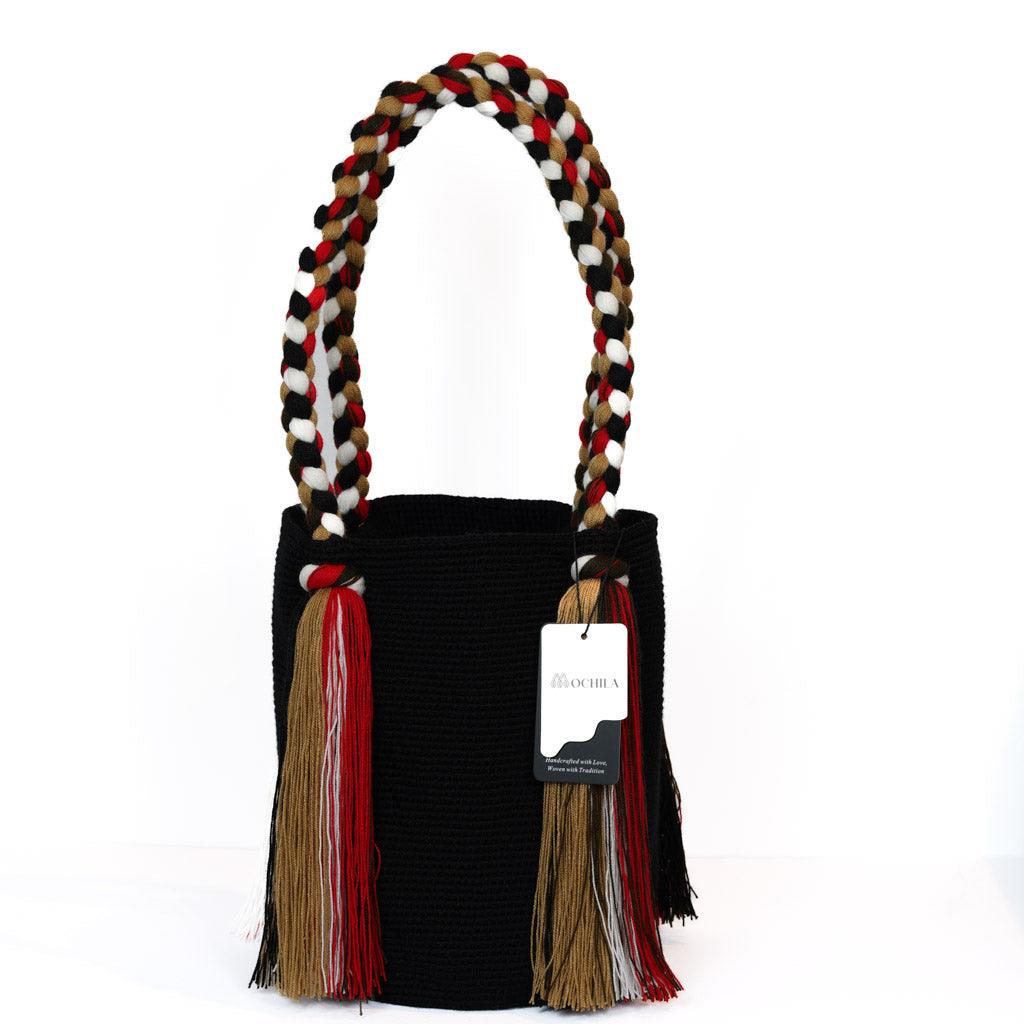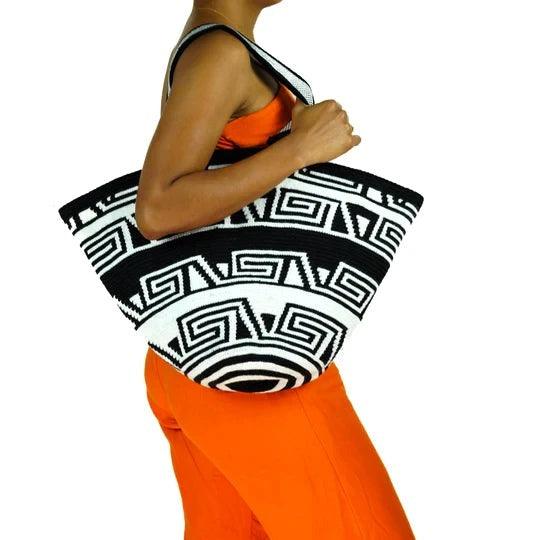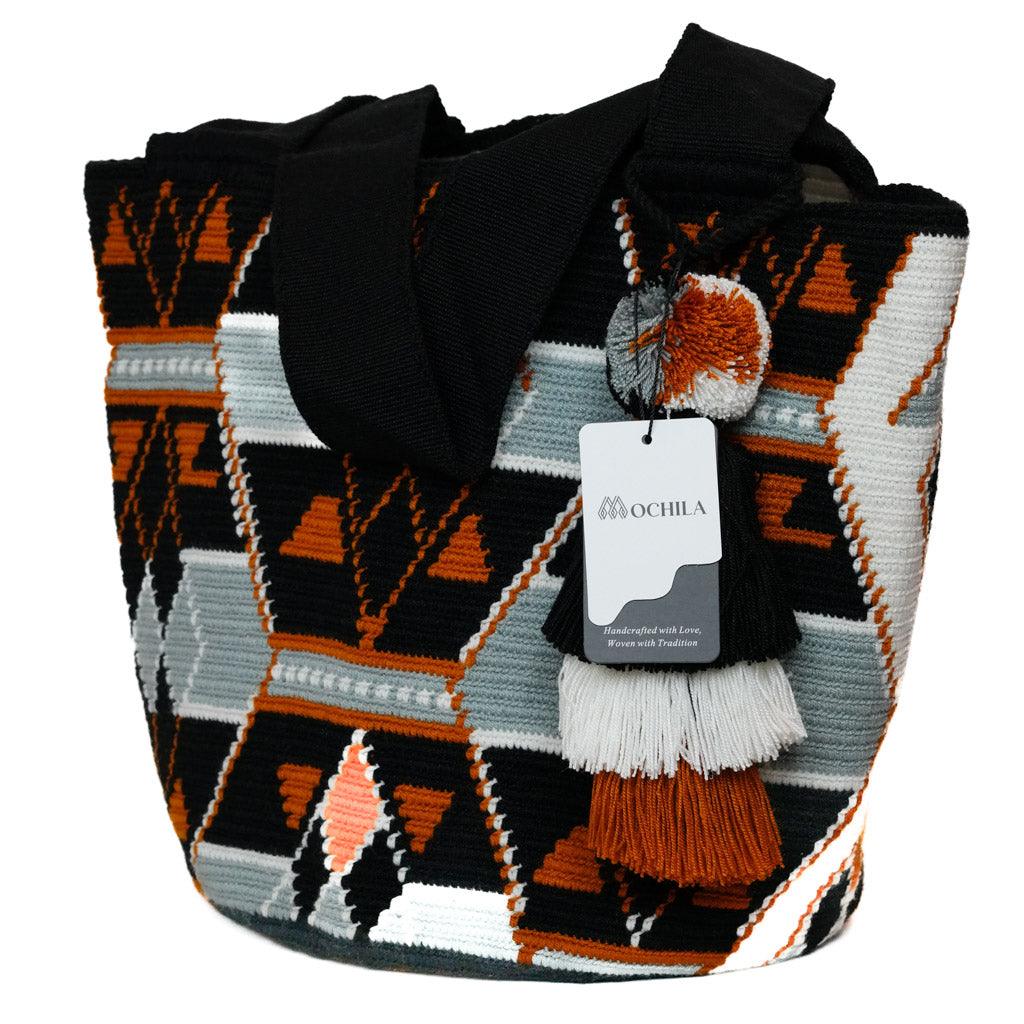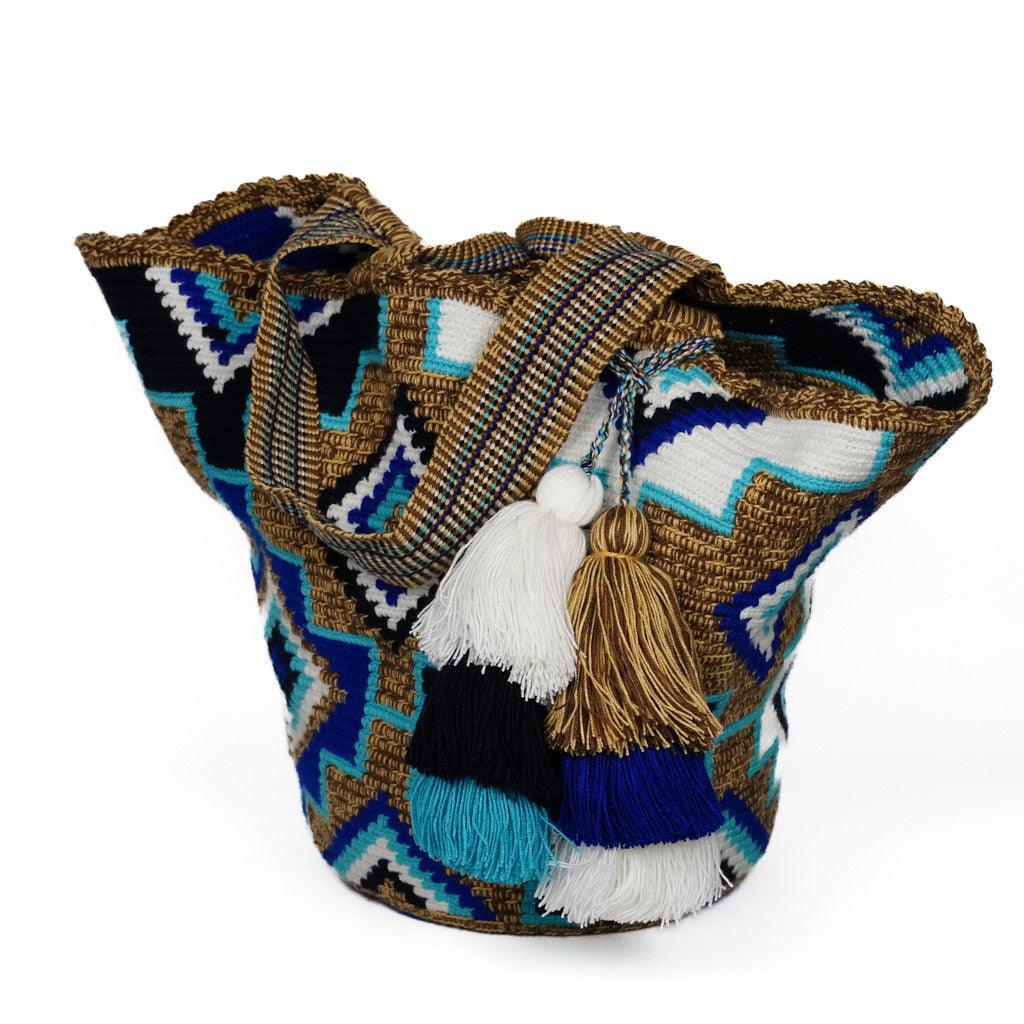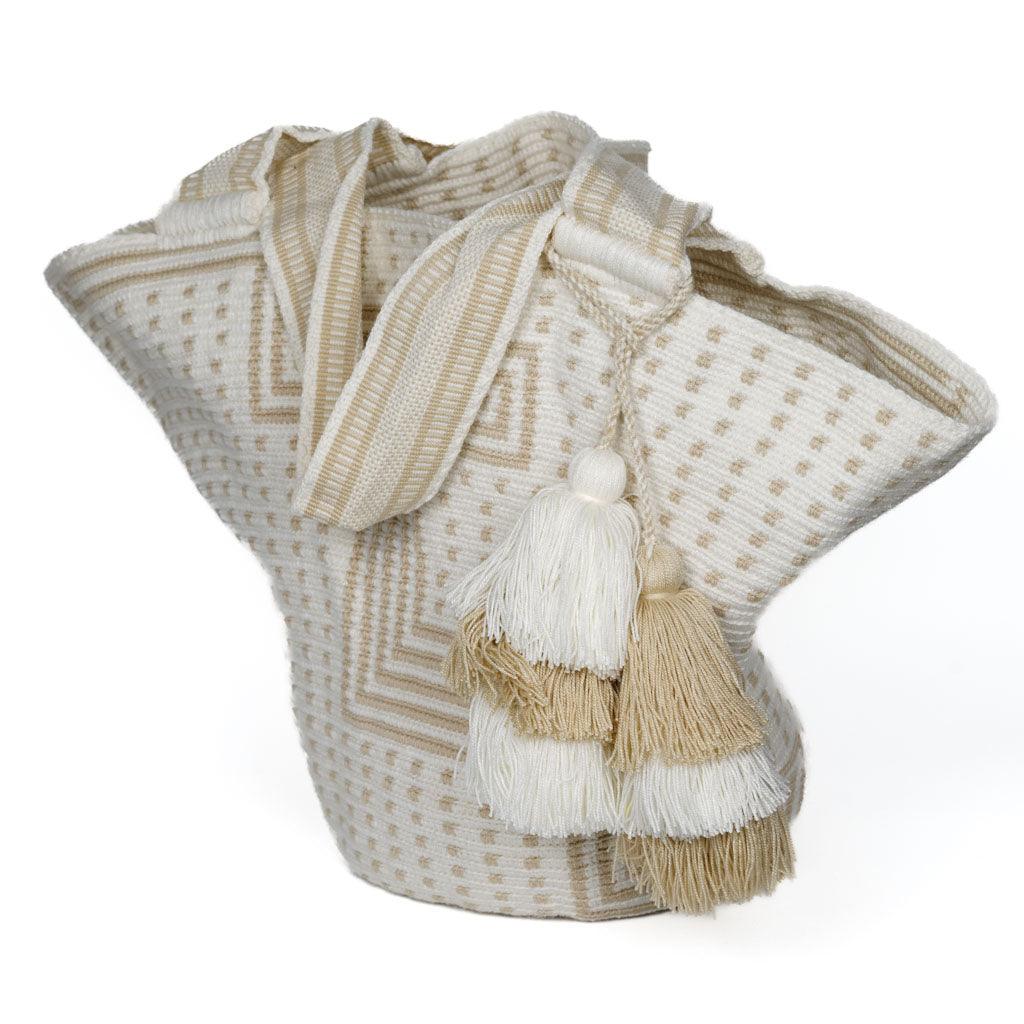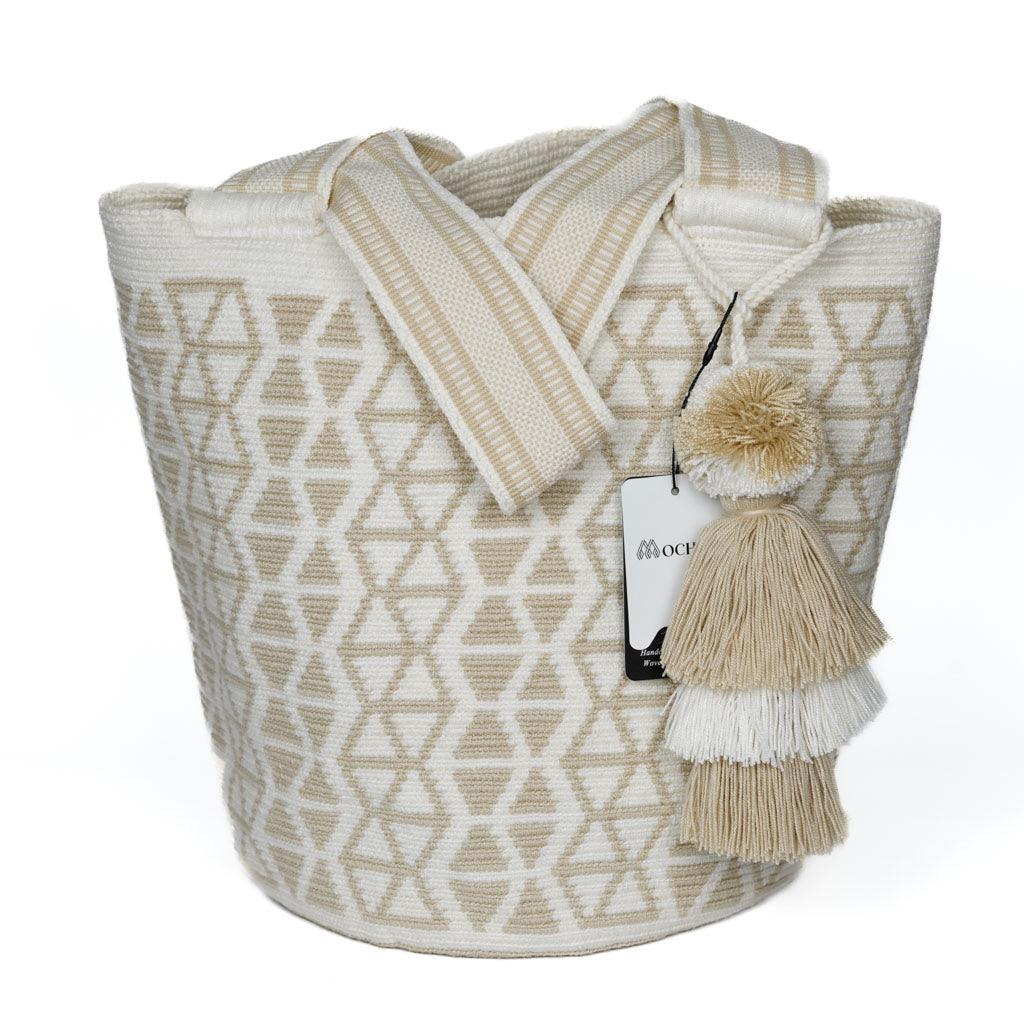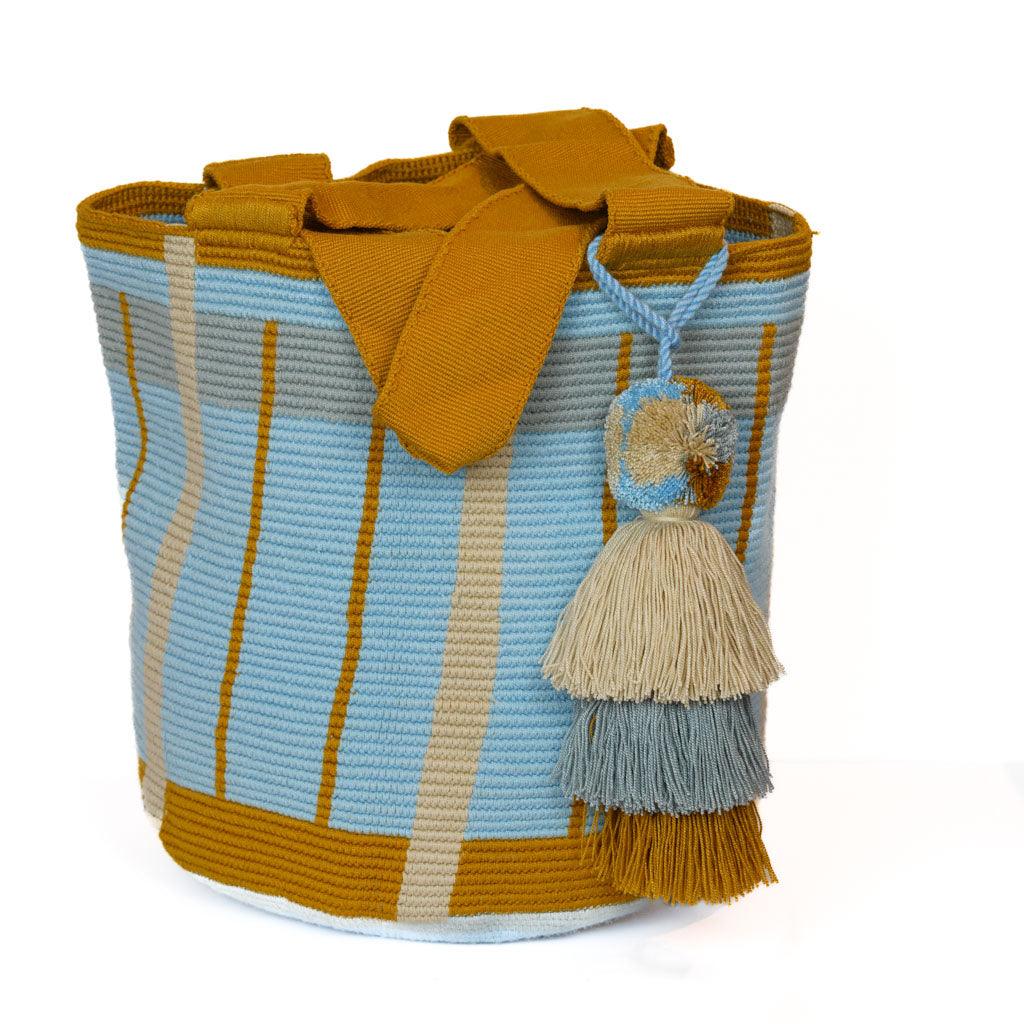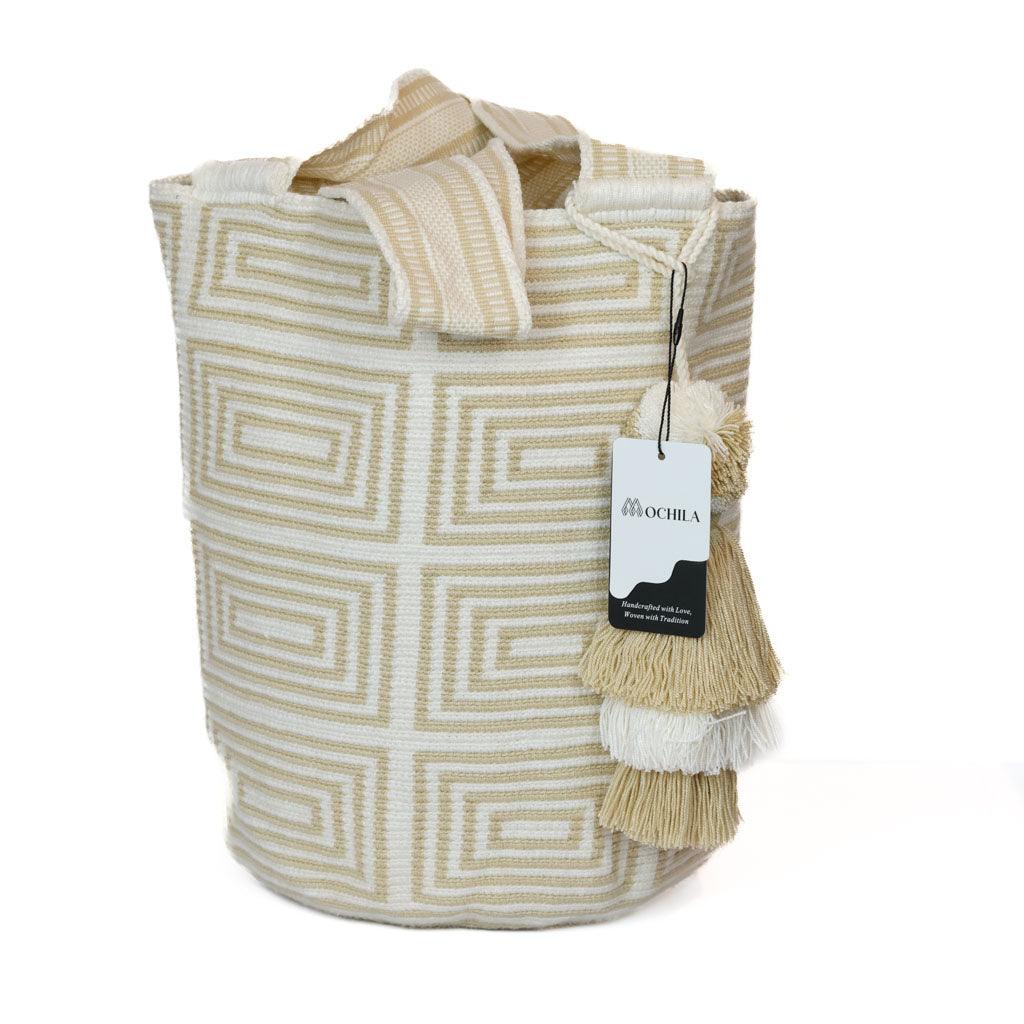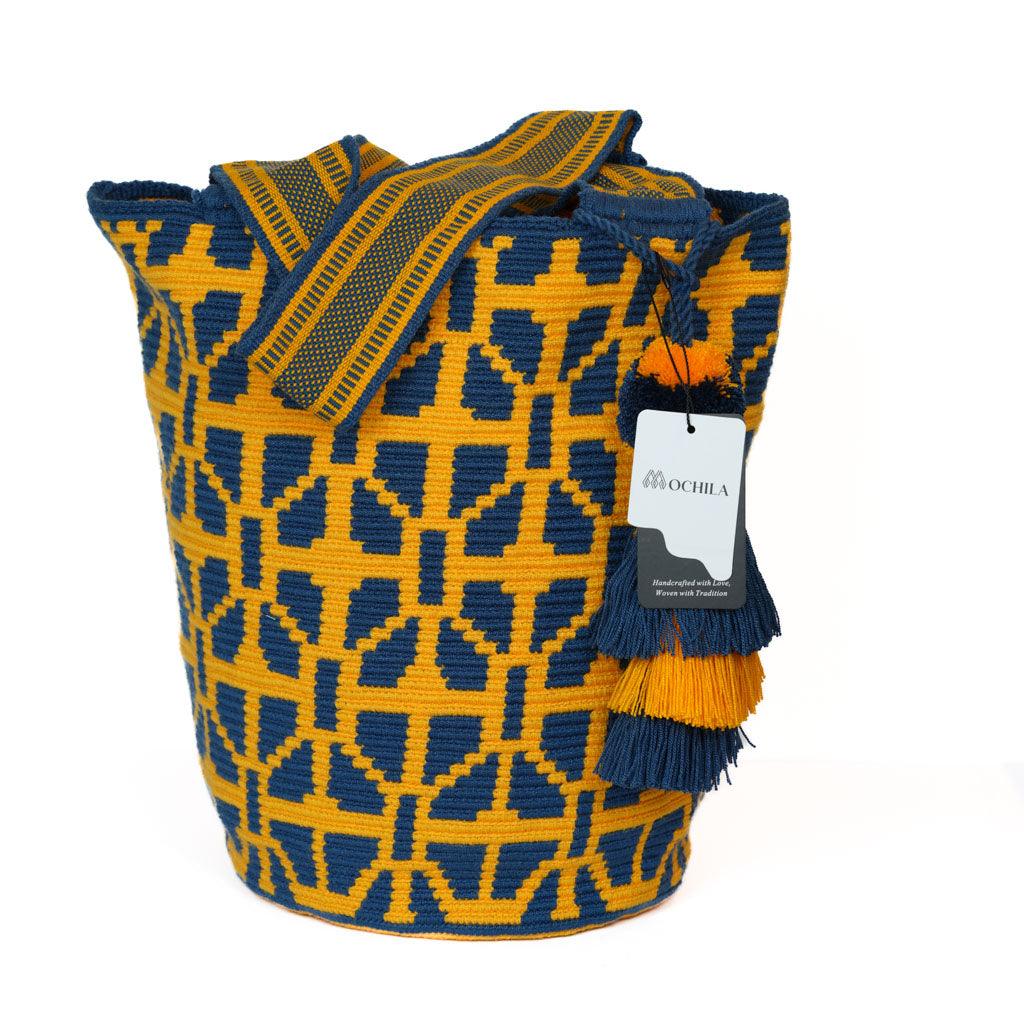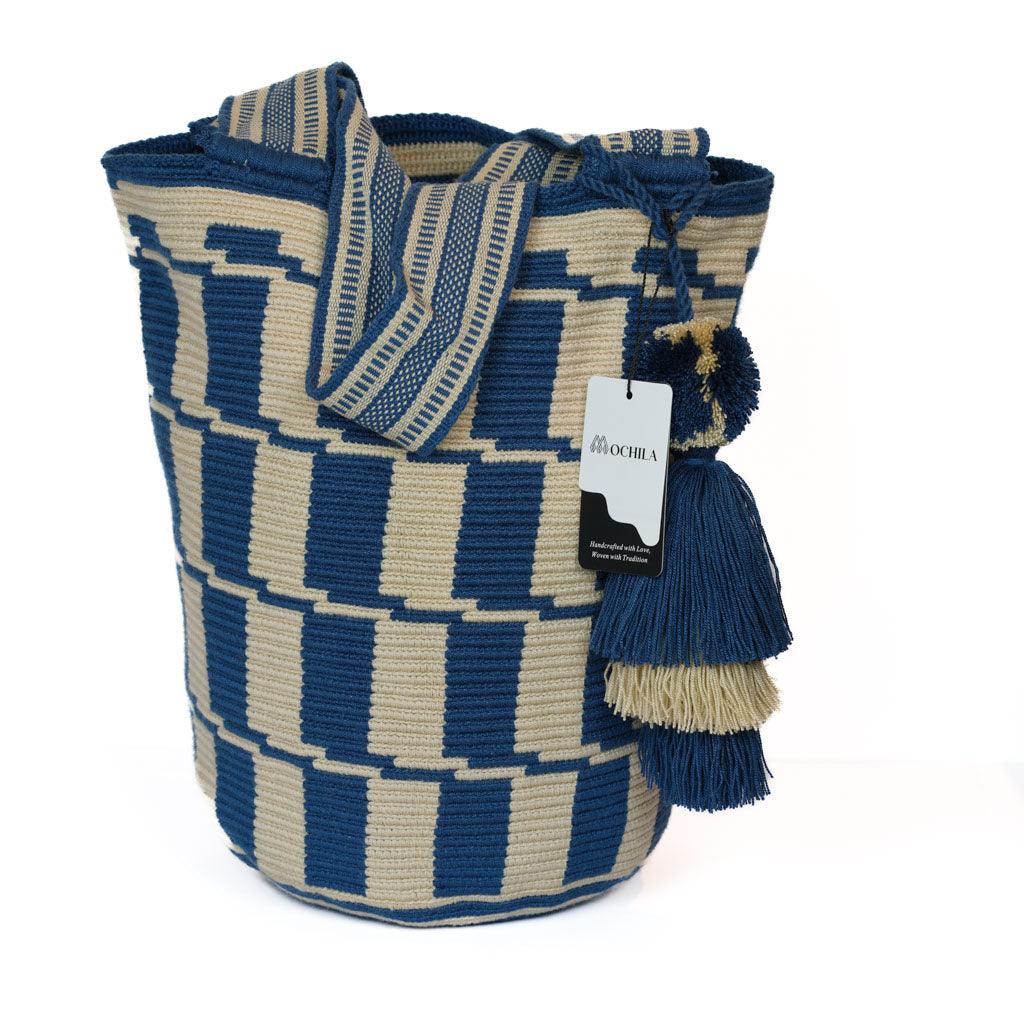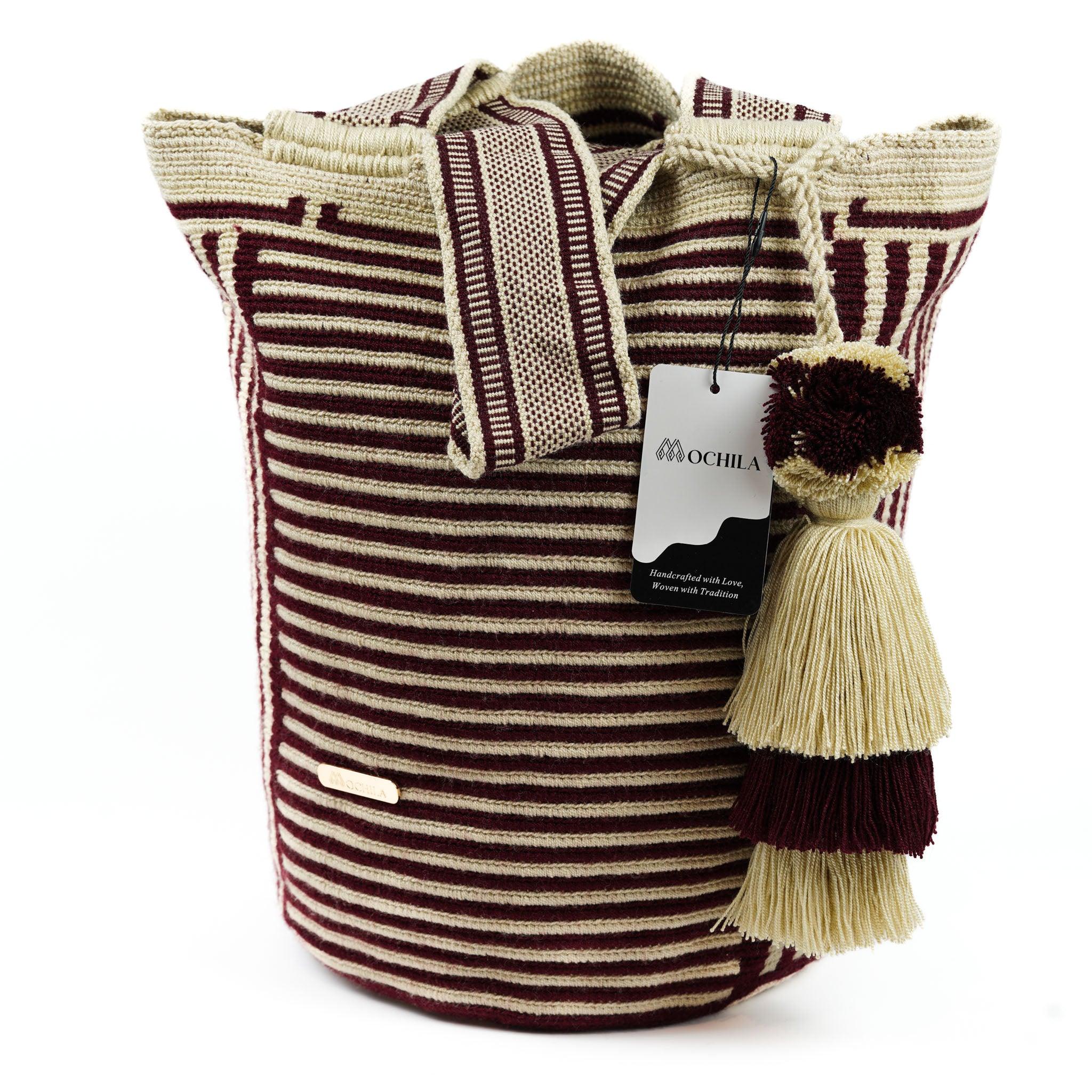Introduction to Crocheting Purses
Crocheting is a versatile craft that can be used to create a myriad of items, from clothing to home decor. One such item that's both fun to make and practical to use is a crochet purse. The concept of creating a purse from scratch can be thrilling, offering endless possibilities for customization and creativity.
Why Crochet Your Own Purse?
There are numerous reasons why someone might choose to crochet their own purse:
- Customizable Design: When you crochet your own purse, you have the freedom to choose the size, shape, color, and pattern that best suit your personal style.
- Unique Item: A handmade crochet purse is a unique item that you won't find in any store. It's a conversation piece that showcases your skills and creativity.
- Practical and Useful: Aside from being stylish, a crochet purse is a practical item that serves a functional purpose.
- Relaxing Hobby: Crocheting is known to be therapeutic, offering a relaxing pastime that can help reduce stress and anxiety.
- Gift-Giving: A handmade crochet purse can make a thoughtful and personal gift for friends or family members.
Essential Skills Needed for Crocheting Purses
While the idea of crocheting a purse might seem daunting to beginners, it's an achievable goal with the right set of skills. Here are some essential skills needed for crocheting purses:
- Understanding Crochet Basics: Before diving into purse-making, it's important to have a firm grasp of the basics of crocheting. This includes understanding how to create a foundation chain, and how to work in basic stitches such as single crochet, double crochet, and slip stitch. If you're new to crochet, you can check out our guide on how to crochet for beginners.
- Reading Crochet Patterns: Being able to interpret and follow crochet patterns is crucial in creating a purse. Patterns provide the step-by-step instructions needed to complete a project.
- Working in the Round: Many crochet purses are worked in the round, meaning you'll need to be comfortable creating a circular piece of fabric.
- Creating and Attaching a Strap: A purse isn't complete without a strap. You'll need to know how to crochet a strap and securely attach it to your purse.
Mastering how to crochet purses allows you to create an array of unique and personalized accessories. Whether you're looking to make a petite coin purse or a large tote, the principles remain the same. With practice and patience, you'll soon be able to add "crochet purse maker" to your repertoire of crafting skills.
Understanding Crochet Techniques
Mastering the craft of crocheting purses requires an understanding of both basic and advanced crochet techniques. Developing these skills will allow you to create a variety of designs and patterns, bringing your unique purse ideas to life.
Basic Stitches and Techniques
Before you dive into the specifics of how to crochet purses, it's crucial to have a solid understanding of the basic stitches and techniques used in crochet.
The most common crochet stitches include:
Chain Stitch (ch): This is the most basic crochet stitch and the foundation of most crochet projects.
Single Crochet (sc): This is the simplest stitch that involves making a full loop with the yarn.
Double Crochet (dc): This stitch is twice as tall as a single crochet stitch and is often used for making more intricate patterns.
Half Double Crochet (hdc): As the name implies, this stitch is halfway between a single crochet and a double crochet in height.
Slip Stitch (sl st): This stitch is used to join work when working in rounds and to fasten off work.
For a detailed guide on these stitches, check out our how to crochet stitches guide.
Advanced Techniques for Purse Making
Once you're comfortable with the basic stitches, you can start exploring advanced techniques that are particularly useful for purse making. These include:
Working in the Round: Many purses are crocheted in the round to create a seamless, cylindrical shape.
Color Changing: This technique allows you to work with multiple colors of yarn in the same project, which can be used to create interesting patterns and designs.
Creating Texture: Techniques like front and back post stitches, popcorn stitches, and bobble stitches can be used to create texture in your purse.
Constructing Shapes: Techniques like increasing and decreasing stitches can be used to construct specific shapes, such as the base or flap of a purse.
Adding Details: Techniques like surface crochet and embroidery can be used to add decorative details to your purse.
As you master these techniques, you'll be able to tackle more complex purse designs. Remember, practice is key when it comes to improving your crochet skills. Happy crocheting!
Crocheting a Simple Purse: Step by Step
Creating your own crochet purse can be a rewarding project, allowing you to customize your design according to your personal style and needs. For those wondering how to crochet purses, here's a simple step-by-step guide.
Materials and Tools Needed
For this project, you'll need a few essential materials and tools:
- Yarn: Choose a sturdy, medium-weight yarn. You'll need approximately 300 yards for a small purse.
- Crochet Hook: A size H-8 (5 mm) hook is a good choice for beginners. For more information on choosing the right hook size, refer to our guide on crochet hook sizes.
- Yarn Needle: This is used for weaving in ends.
- Stitch Marker: This can help keep track of your rounds.
- Button or Clasp: Optional, for closure.
Starting Your Purse: The Base
The base of the purse is crocheted first. Start by creating a foundation chain that is as long as you want the base of your purse to be. Then, work in single crochet stitches back and forth until you have a rectangular base of the desired size. For a detailed explanation on how to create a foundation chain and single crochet stitches, check out our guide on how to crochet.
Building the Sides of Your Purse
Once the base is completed, you'll start building the sides of the purse. Continue working in single crochet stitches, but now you'll be working in rounds along the edges of the base. Use a stitch marker to mark the start of each round. Continue working in rounds until the sides of the purse reach your desired height.
Finishing Your Purse: The Top and Strap
To finish the top edge of the purse, you can create a row of slip stitches for a neat and firm edge. If you want to add a button or clasp for closure, make a buttonhole in this row by chaining a few stitches where you want the buttonhole to be, and then continue with your slip stitches.
Next, you'll create the strap. Decide how long you want your strap to be, and then chain that length. Work in single crochet stitches back and forth along the chain until the strap is as wide as you want it to be. Once it's done, sew the ends of the strap to the sides of the purse using your yarn needle.
And there you have it! You've just learned how to crochet purses. Remember, this is a basic design and you can always add more details and customization to make it your own. Happy crocheting!
Adding Details and Customization
Once you have mastered the basic steps of how to crochet purses, you can start adding your own personal touch to your creations. Incorporating different colors, adding practical features like pockets, and using decorative elements can all make your purses stand out.
Using Different Colors and Patterns
Incorporating different colors into your crochet purse can instantly enhance its visual appeal. You can choose to use one solid color, or mix and match several hues for a more vibrant look. For instance, using contrasting colors for the base and the sides of the purse can create an interesting two-tone effect.
Patterns can also add an extra layer of complexity and beauty to your purse. Simple patterns such as stripes or checks can be created by alternating colors in a systematic way. More complex patterns like zigzags, waves, or even floral designs can be achieved with advanced stitches. To learn more about creating patterns, check out our articles on how to crochet patterns for blankets and how to crochet patterns for scarves.
Adding Pockets and Compartments
Adding pockets and compartments to your crochet purse can increase its functionality. You might want to add an external pocket for easy access to items like keys or a phone, or an internal pocket for storing smaller items like coins or makeup.
To create a pocket, you can crochet a separate piece and then sew it onto the main body of the purse. For compartments, you can create dividers inside the purse by sewing pieces of fabric onto the lining. For more tips on how to add these features, refer to our article on how to crochet bags.
Decorative Touches: Buttons, Beads, and More
Adding decorative elements to your crochet purse allows for even more personalization. Buttons, beads, tassels, and fringe are just a few of the items you can use to embellish your purse.
Buttons not only add a decorative touch but can also serve a practical purpose, such as a closure for your purse. Beads can be strung onto your yarn before you crochet, or sewn onto the finished purse for a touch of sparkle. Tassels and fringe can add a fun, bohemian vibe to your purse.
Remember, the goal is to make a purse that reflects your personality and style. By experimenting with different colors, patterns, and decorative elements, you can create unique purses that are truly your own. For more ideas on how to customize your crochet projects, check out how to crochet amigurumi dolls or how to crochet flowers.
Troubleshooting Common Issues
While learning how to crochet purses, it's common to encounter a few hurdles along the way. From uneven stitches to maintaining the shape of your purse, here are some tips to help you overcome these common issues.
Dealing with Uneven Stitches
Uneven stitches can be a result of inconsistent tension in your yarn or varying the way you insert your hook. To avoid this:
Maintain consistent tension: Ensure you're holding your yarn with the same amount of tension throughout your work. If you're holding it too tightly, your stitches may become too small. Conversely, if you're holding it too loosely, your stitches may become too large.
Insert your hook consistently: Make sure you're inserting your hook into the same part of each stitch. This can help your stitches remain even.
Practice: Like any skill, practice makes perfect. The more you crochet, the more consistent your stitches will become.
For more detailed information on mastering the art of even stitches, refer to our article on how to crochet stitches.
Correcting Mistakes
Mistakes are a part of the learning process. If you've made a mistake in your work, don't panic. Just carefully remove your hook, unravel your work until you've gone past the error, and then reinsert your hook and continue your work. Remember, it's easier to correct a mistake as soon as you notice it, rather than waiting until you've completed more of your work.
Maintaining the Shape of Your Purse
Maintaining the shape of your purse is crucial to its functionality and appearance. Here are some tips:
Consistent Tension: As mentioned earlier, maintaining consistent tension in your yarn can help keep the shape of your purse.
Use the Right Hook Size: Using a hook size that's too large can make your purse too loose, while a hook size that's too small can make it too tight. Check out our guide on how to determine crochet hook sizes.
Use a Stiff Yarn: A stiffer yarn can help maintain the shape of your purse. If your purse is coming out too floppy, consider switching to a stiffer yarn.
Block Your Purse: Once you've finished your purse, consider blocking it. Blocking is a process where you wet your purse, pin it into the shape you want it, and then let it dry. This can help set the shape of your purse.
Remember, crocheting is a journey filled with learning and creativity. Mistakes and challenges are a part of the process. Stay patient, keep practicing, and you'll master the art of crocheting purses in no time.
Taking Care of Your Crocheted Purse
After mastering how to crochet purses, it's essential to learn how to maintain them to ensure longevity. This section will provide tips on cleaning and maintaining your crocheted purse, how to repair damages and wear, and the right way to store them.
Cleaning and Maintenance Tips
While crocheted purses are durable, they require proper care to retain their appearance and integrity. Cleaning your purse regularly can prevent dirt buildup, which can cause the fibers to break down over time.
Here are some tips for cleaning and maintaining your crocheted purse:
Spot Cleaning: For minor stains, spot cleaning is recommended. Use a soft cloth dabbed in a mild detergent and warm water solution. Gently rub the stain until it lifts. Rinse the area with a damp cloth and let it air dry.
Hand Washing: For a thorough clean, fill a sink or basin with cold water and add a small amount of mild detergent. Submerge the purse and gently agitate the water to clean the purse. Rinely thoroughly and squeeze out excess water carefully without wringing.
Drying: Always air dry your crocheted purse. Lay it flat on a clean towel and shape it to its original form. Avoid placing it directly under the sun or near heaters as it can cause shrinkage or damage to the fibers.
Regular maintenance, such as removing lint and loose threads, can keep your purse in good condition. For more detailed information on cleaning and maintenance, check our article on how to crochet.
Repairing Damage and Wear
Despite your best efforts, your crocheted purse may show signs of wear and tear over time. Here are some tips on how to repair common damages:
Loose Stitches: Secure loose stitches by weaving the ends back into the purse with a yarn needle. Tie a knot and cut off the excess yarn.
Tears or Holes: Use matching yarn and a yarn needle to stitch up any tears or holes. Try to follow the pattern of the crochet as closely as possible to make the repair less noticeable.
Worn Straps: If the straps of your purse become worn out, you can crochet new ones and sew them on, ensuring they're securely attached.
Remember, a timely repair can prevent further damages and prolong the life of your purse. Check our article on how to crochet stitches for more advanced techniques.
Storing Your Crocheted Purses Properly
Proper storage of your crocheted purse is crucial to retain its shape and prevent damage. Here are some storage tips:
Clean Before Storage: Always clean your purse before storing it to prevent dirt and oils from staining the yarn over time.
Store Flat: Store your purses flat to maintain their shape. If necessary, stuff them with acid-free tissue paper to prevent them from collapsing.
Avoid Direct Sunlight: Keep your purses in a cool, dry place away from direct sunlight, which can fade the colors over time.
Separate Metals: If your purse has metal decorations, store them separately to prevent them from tarnishing the yarn.
By taking proper care of your crocheted purse, you can ensure it stays beautiful and functional for a long time. For additional crochet care tips, refer to our guide on how to crochet.

